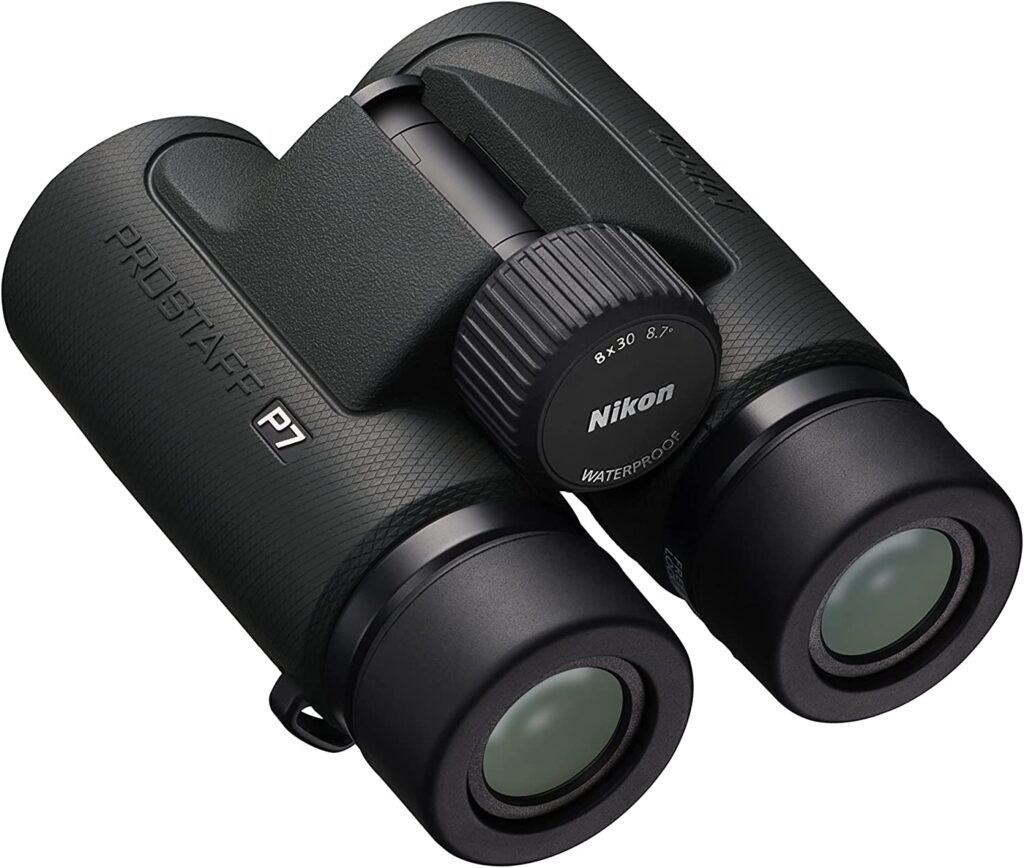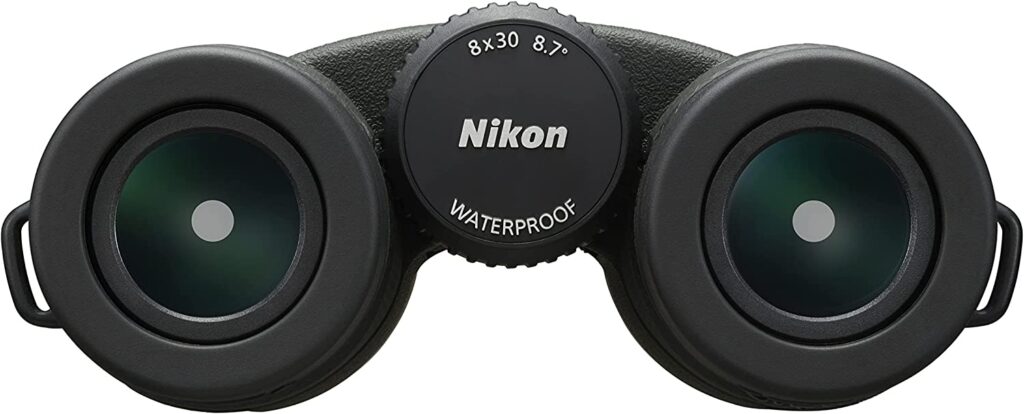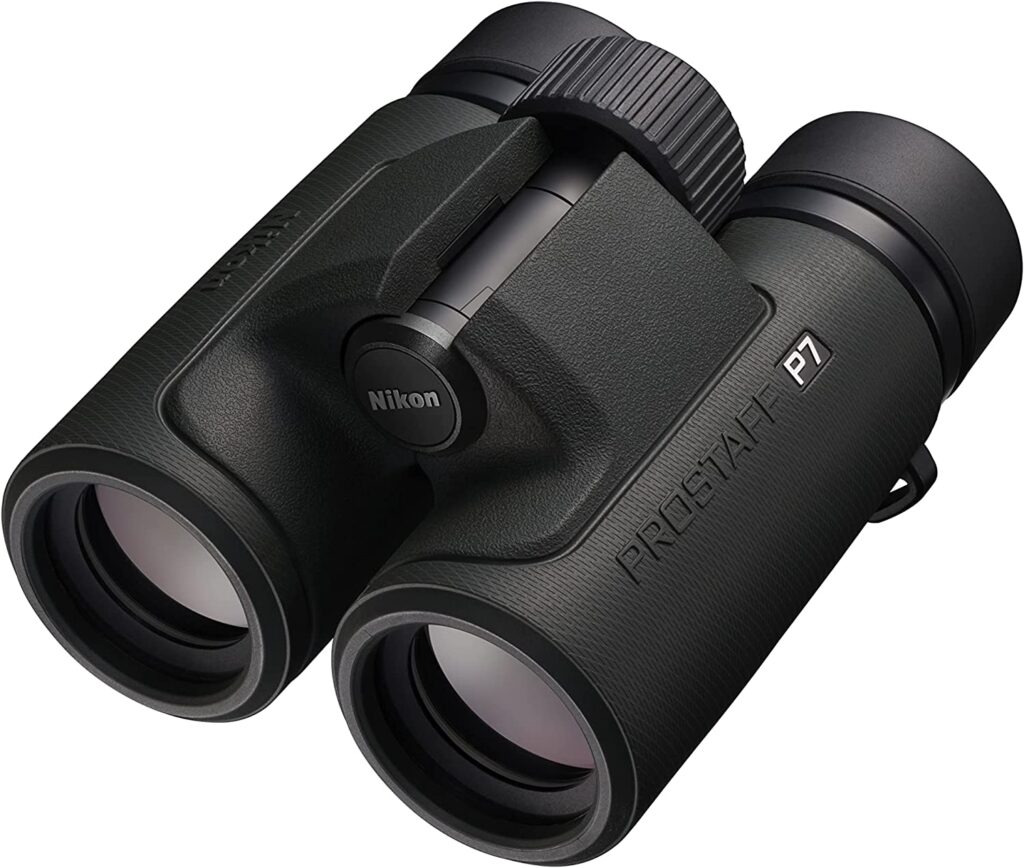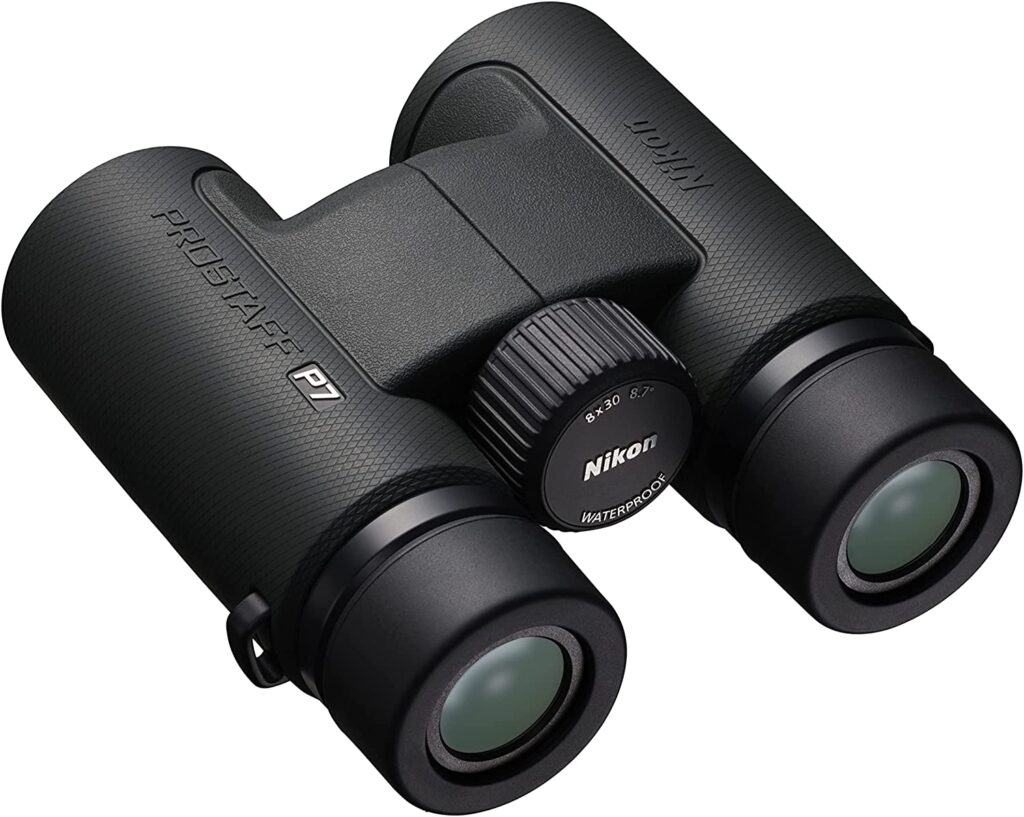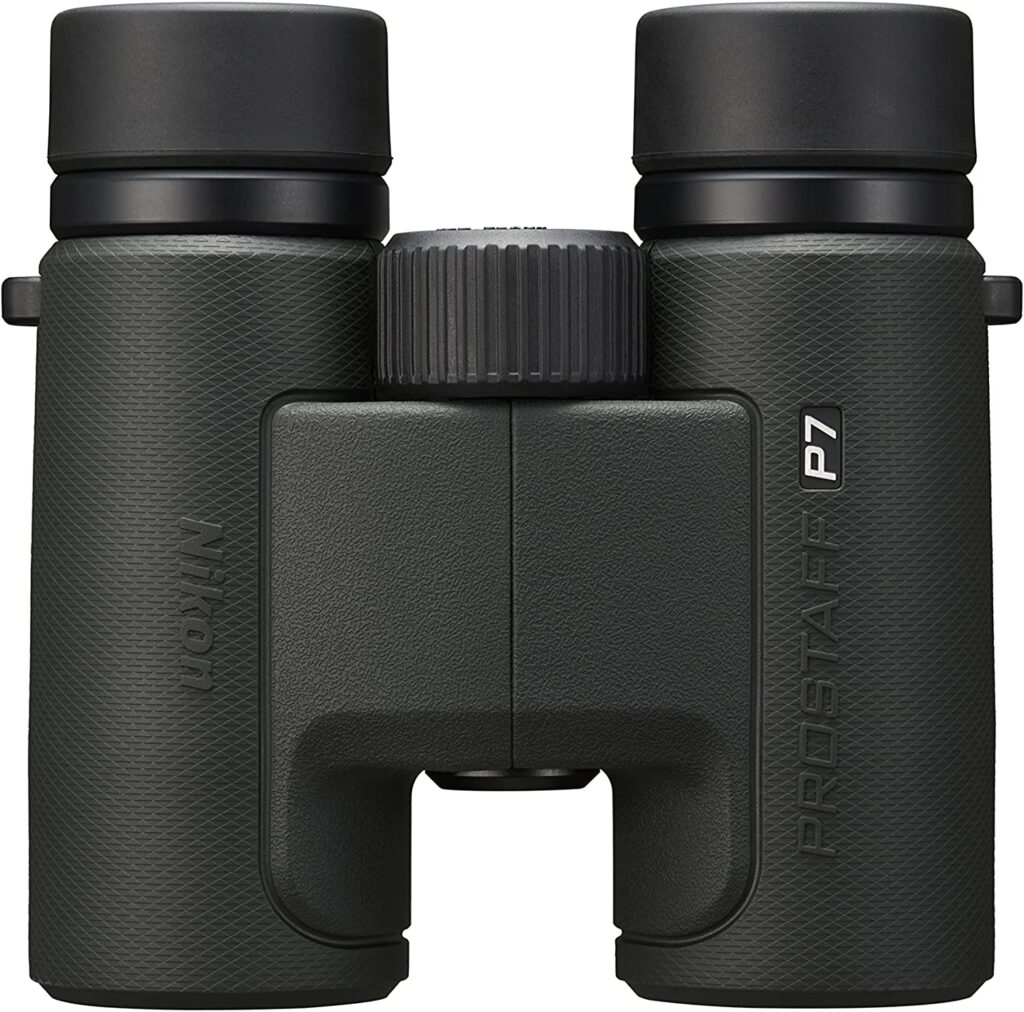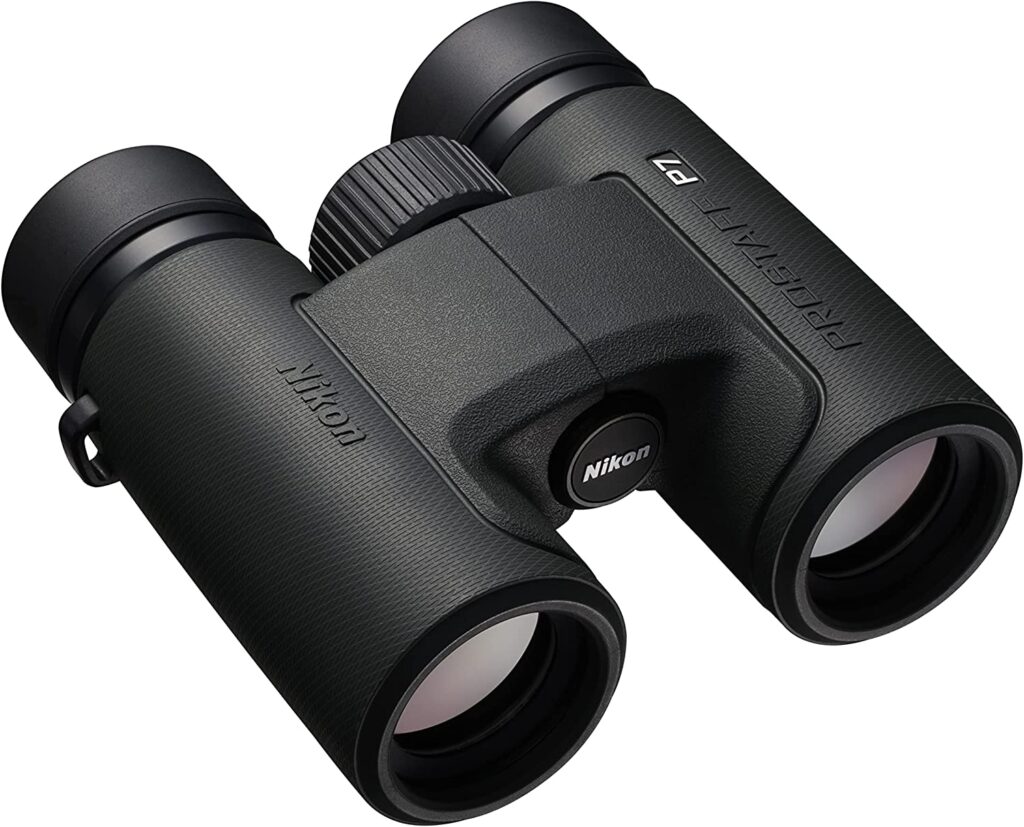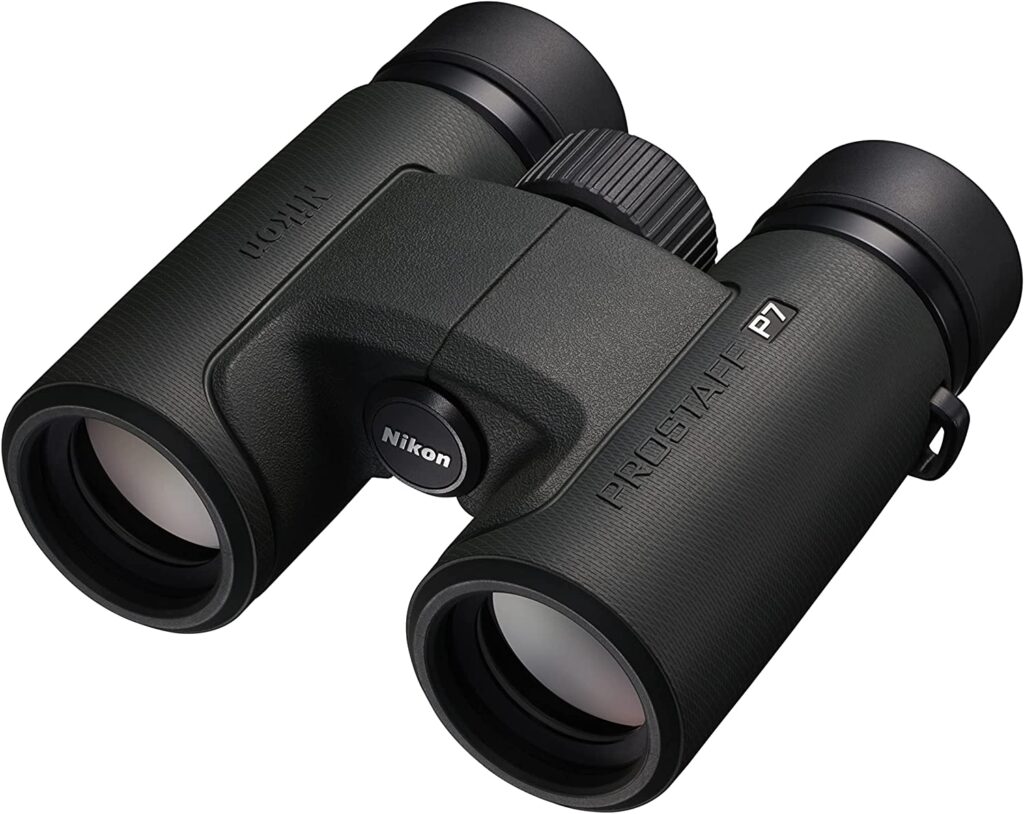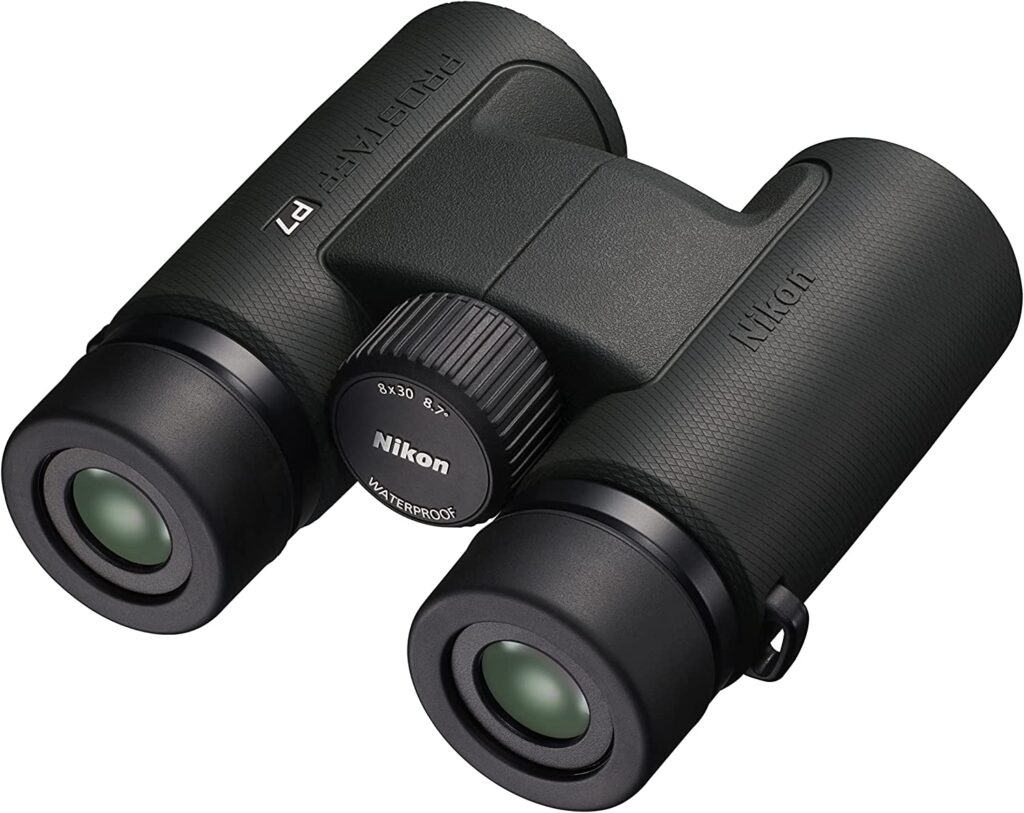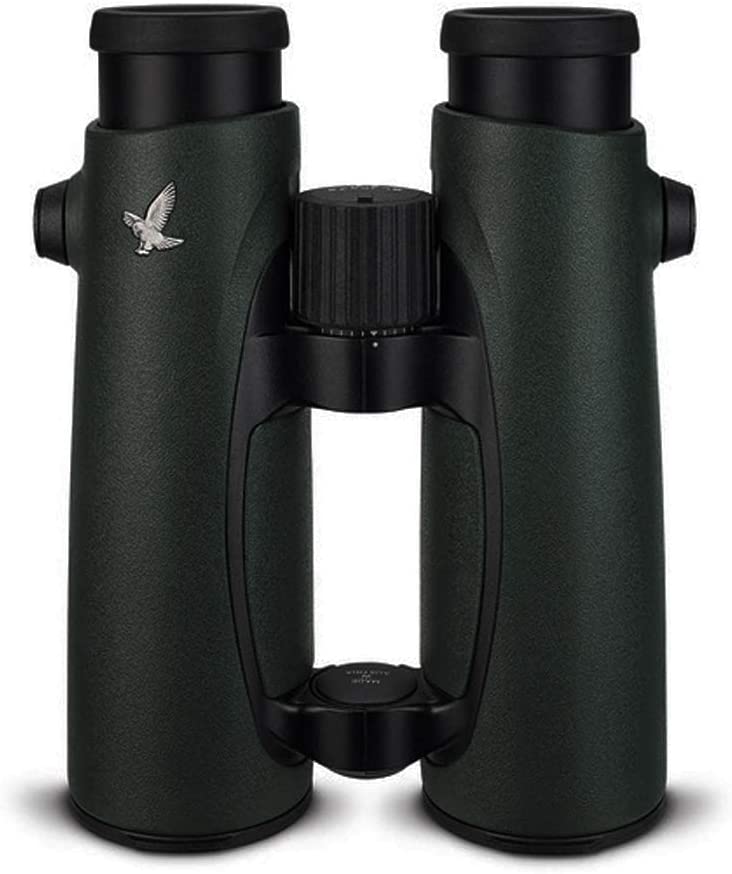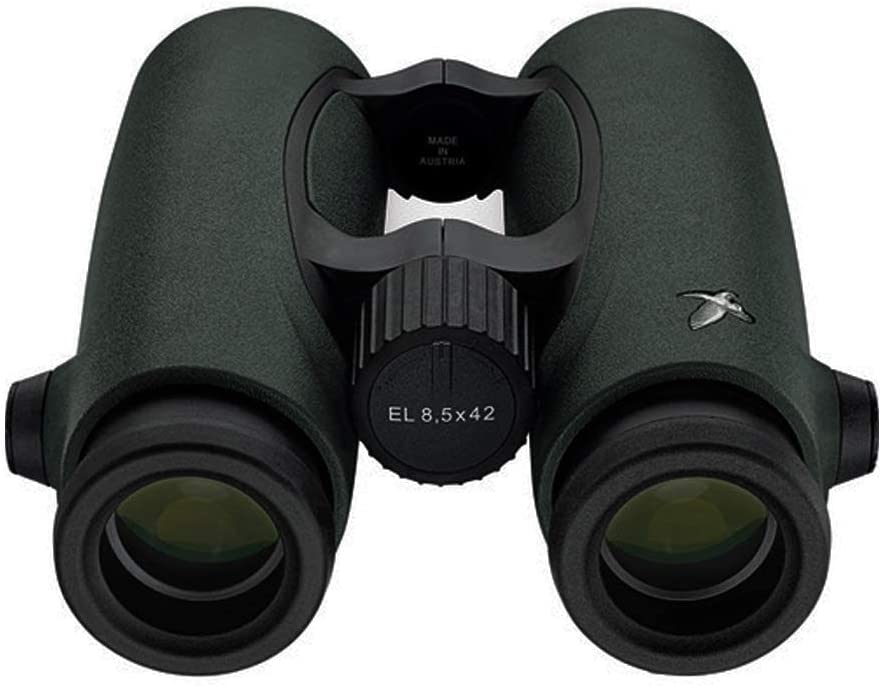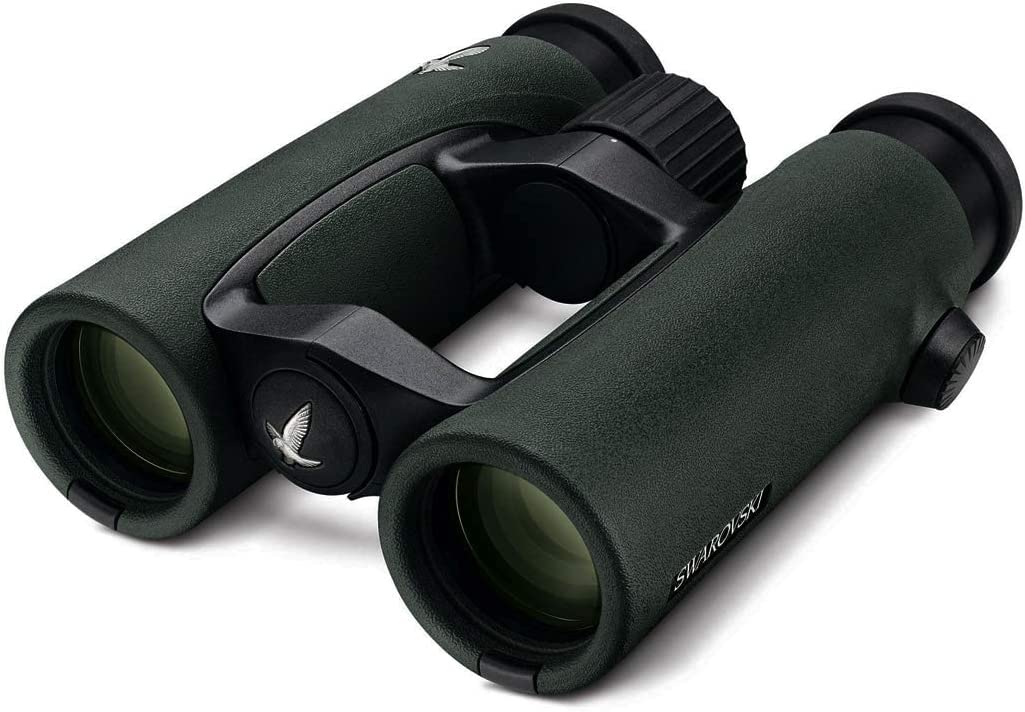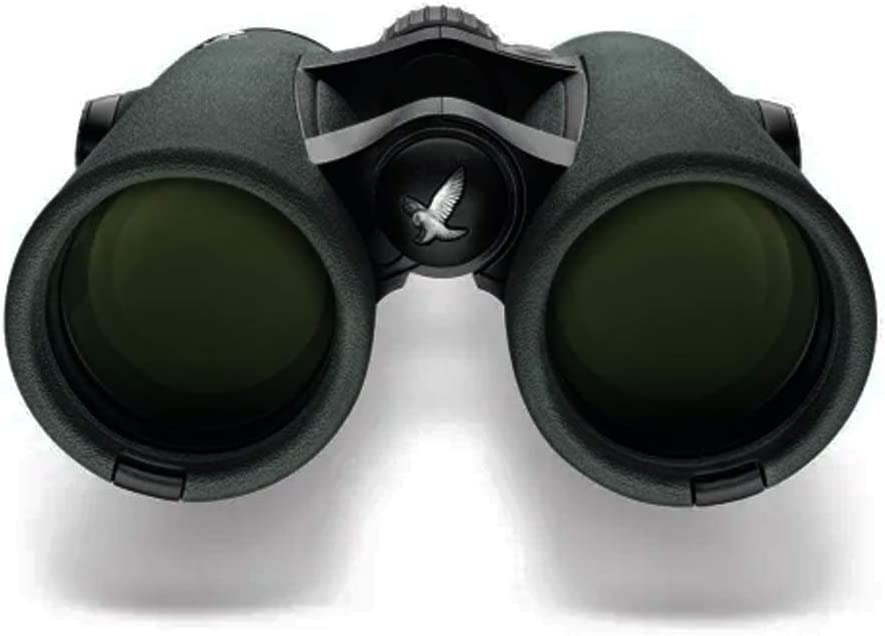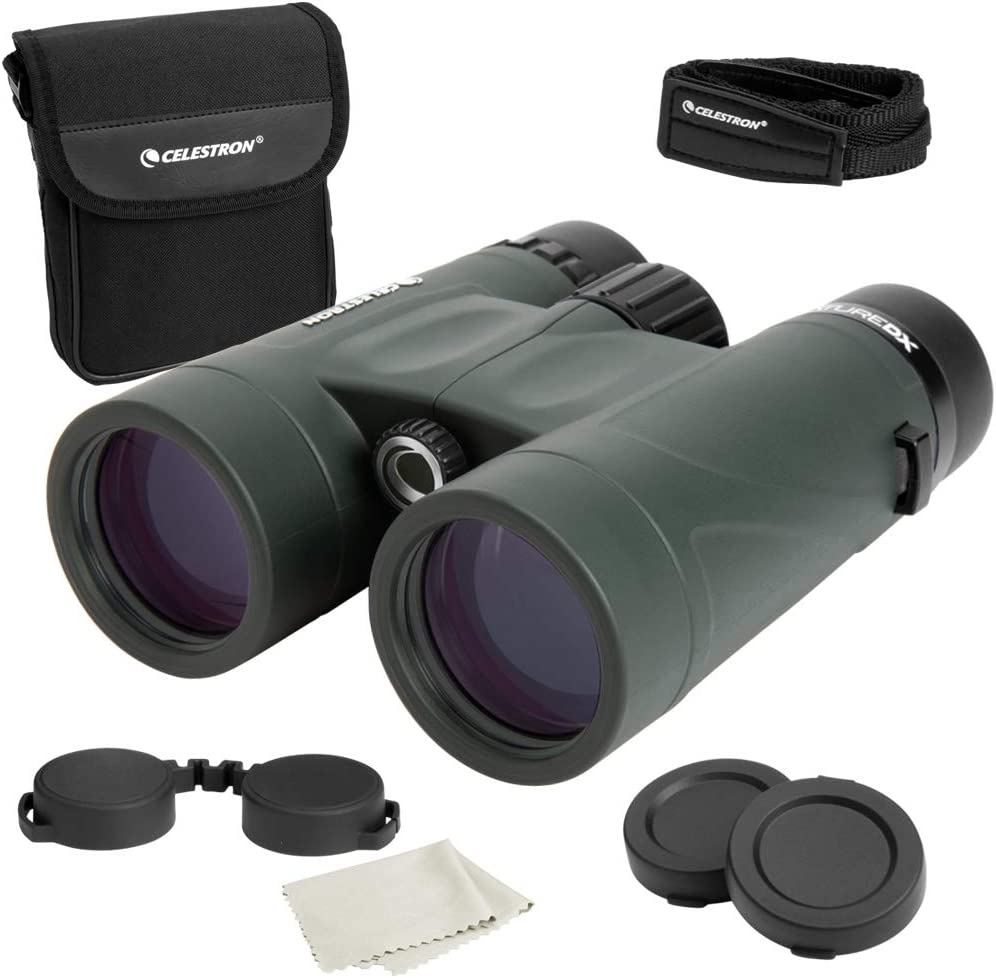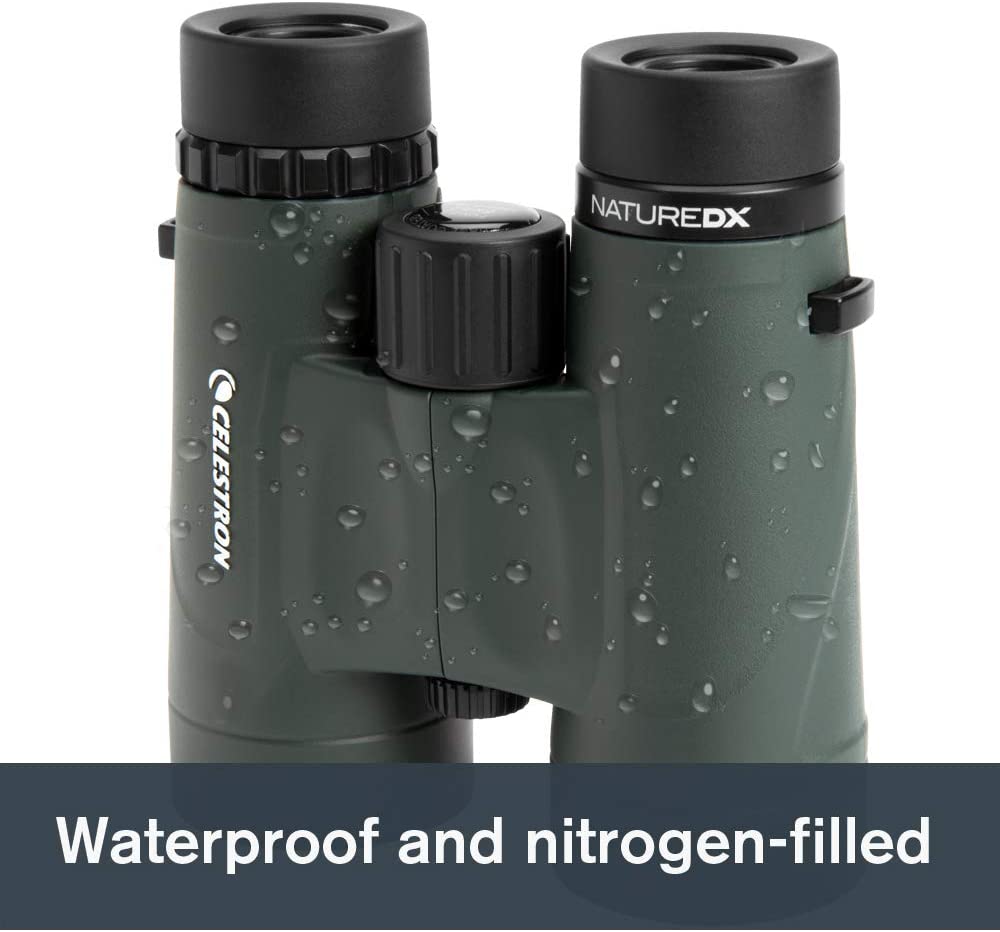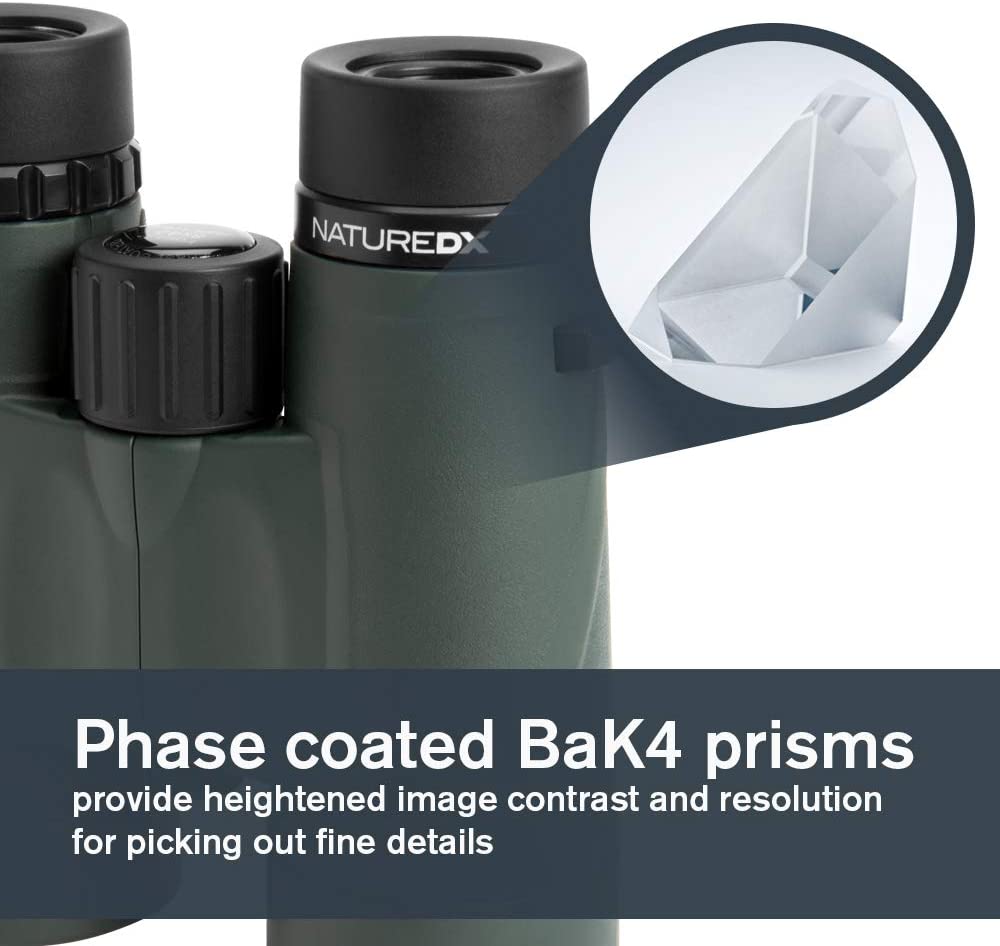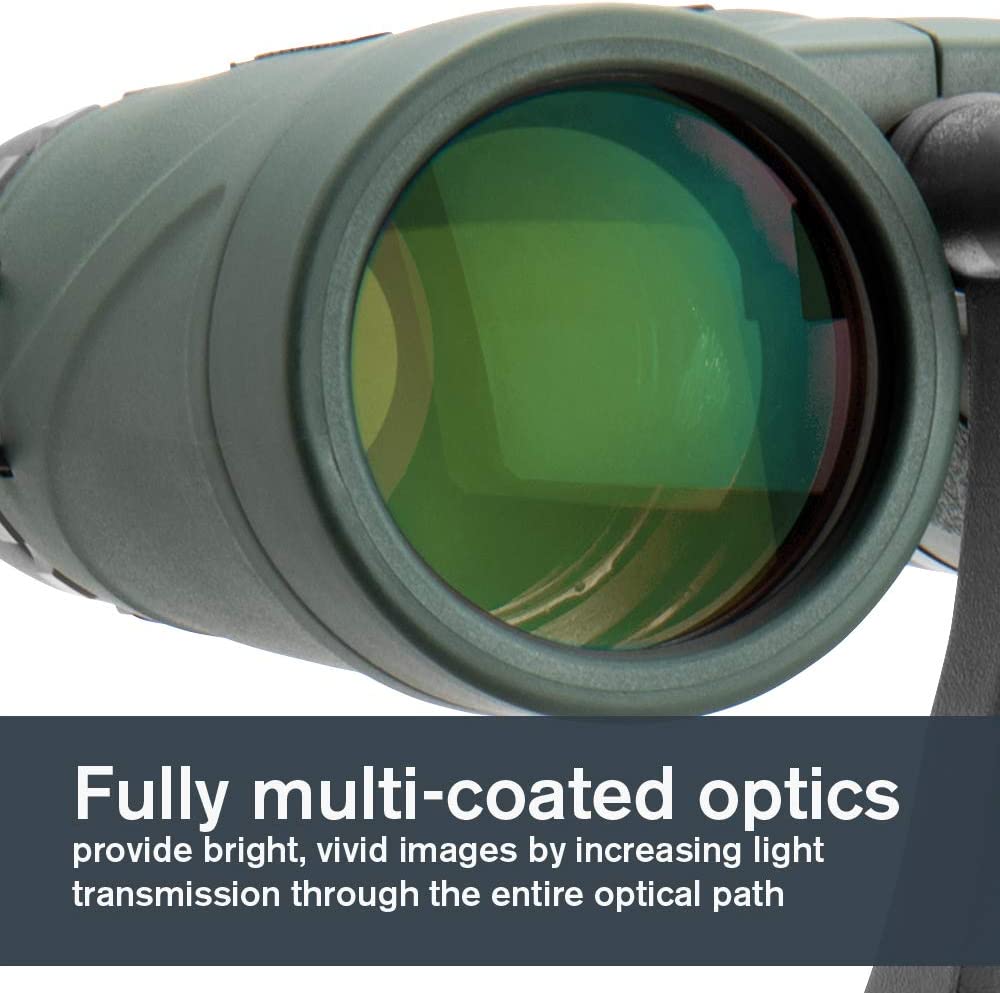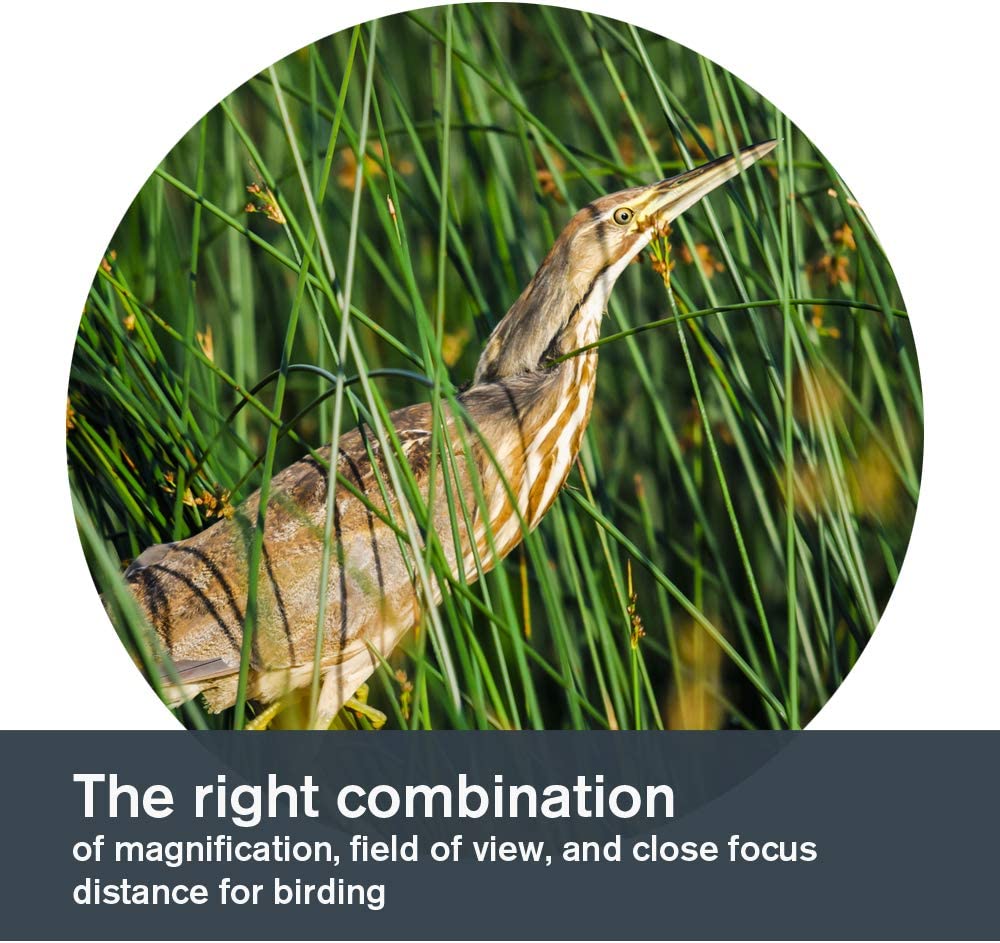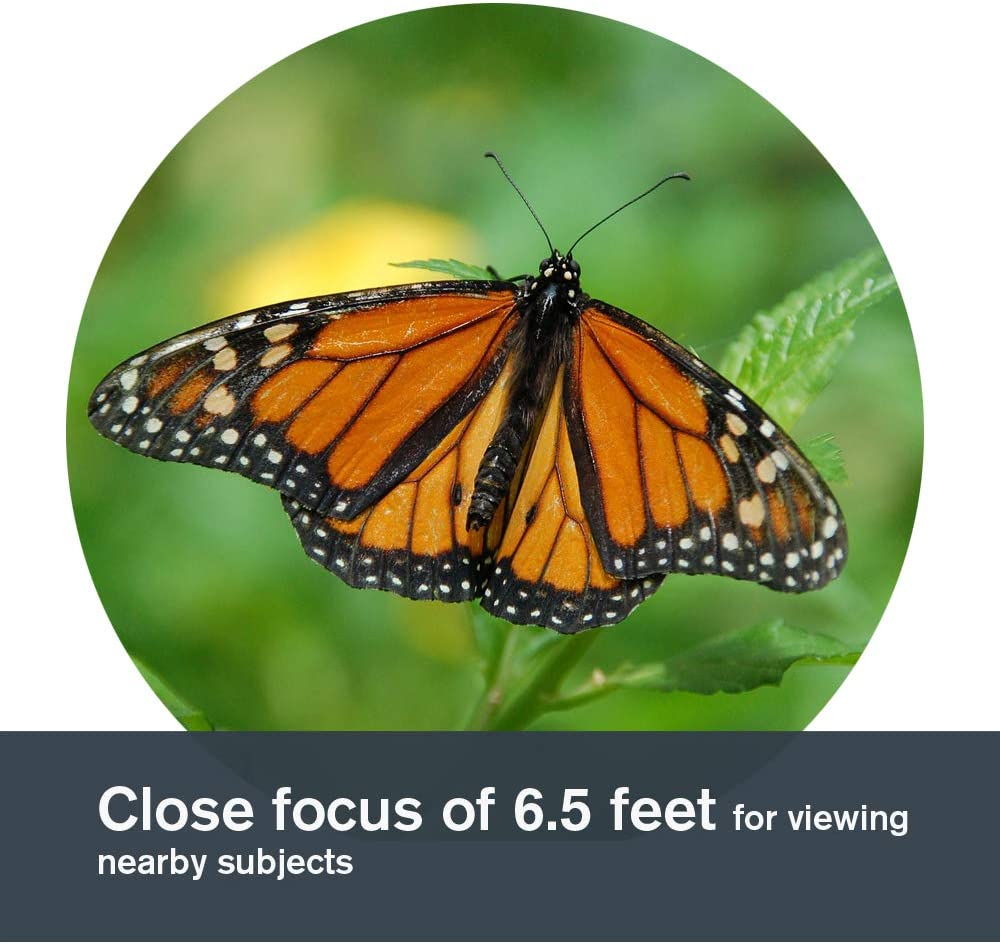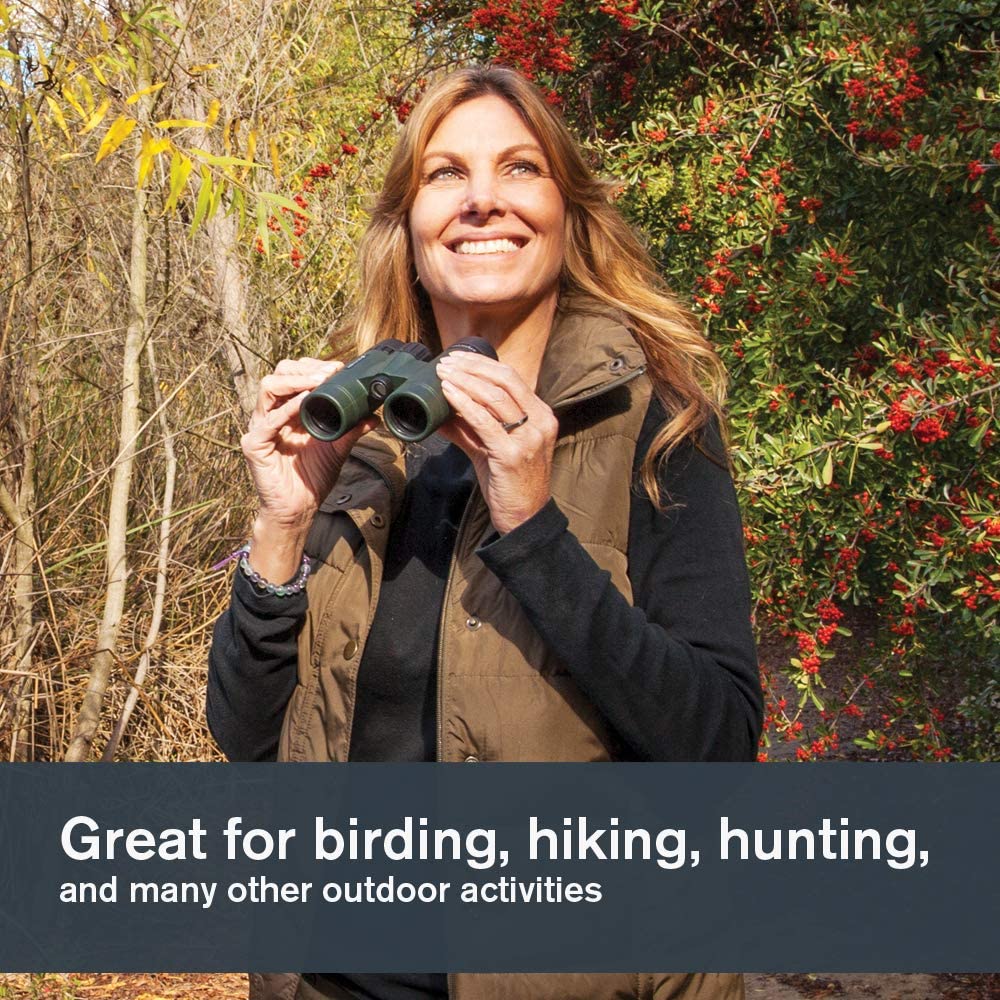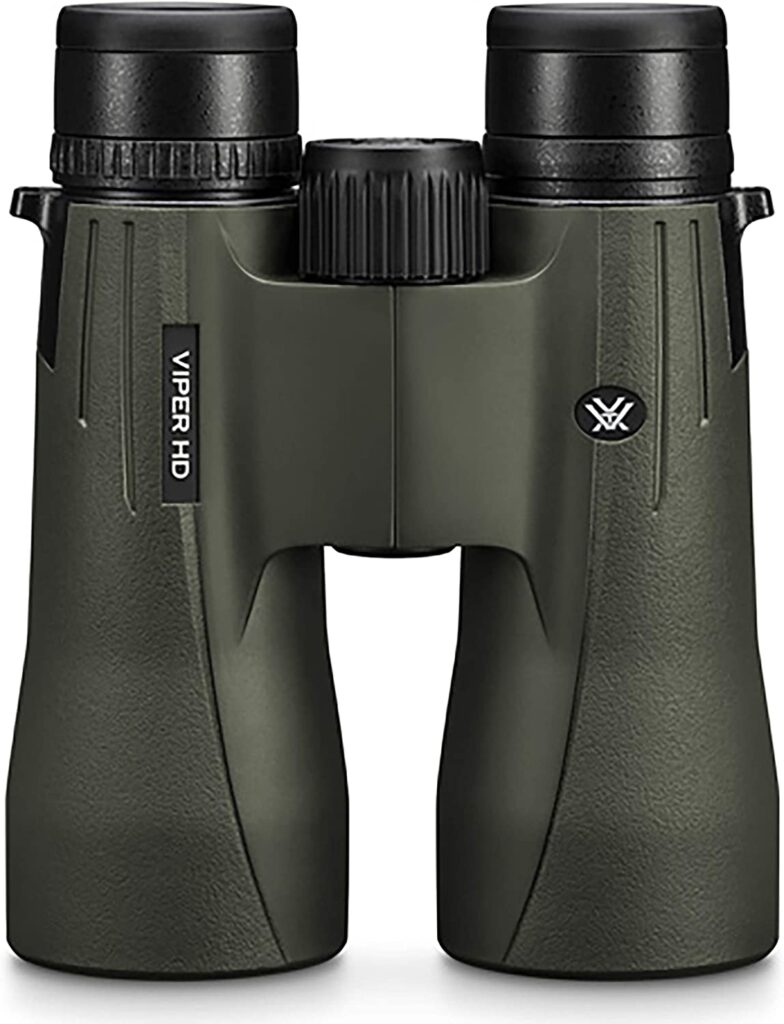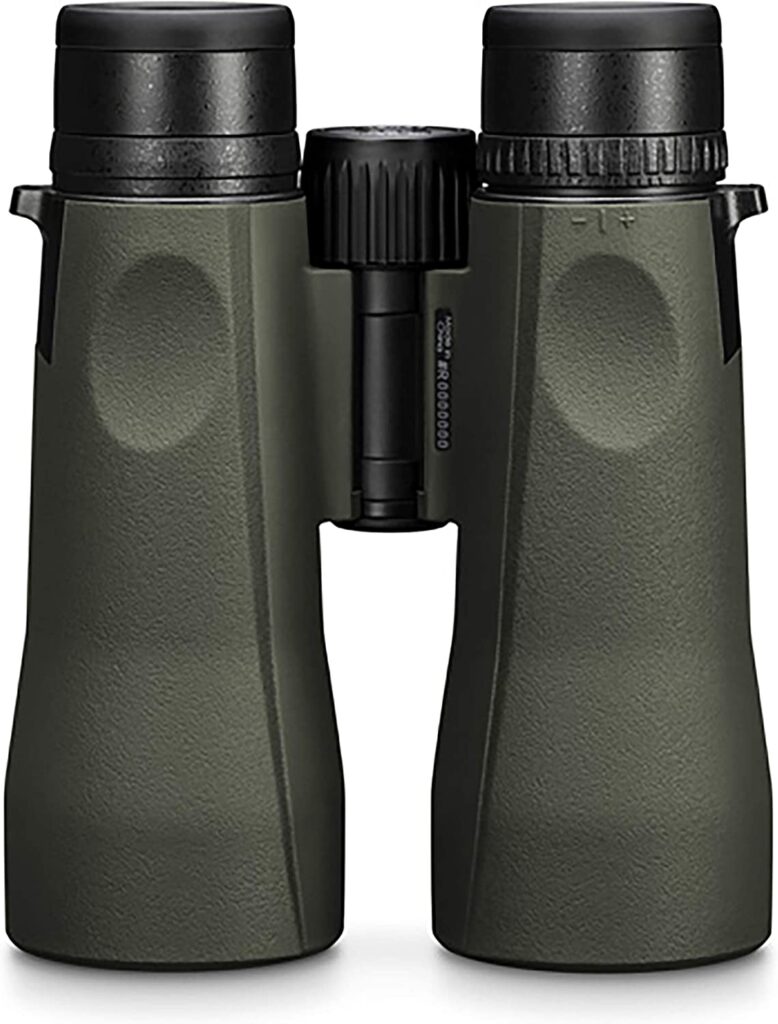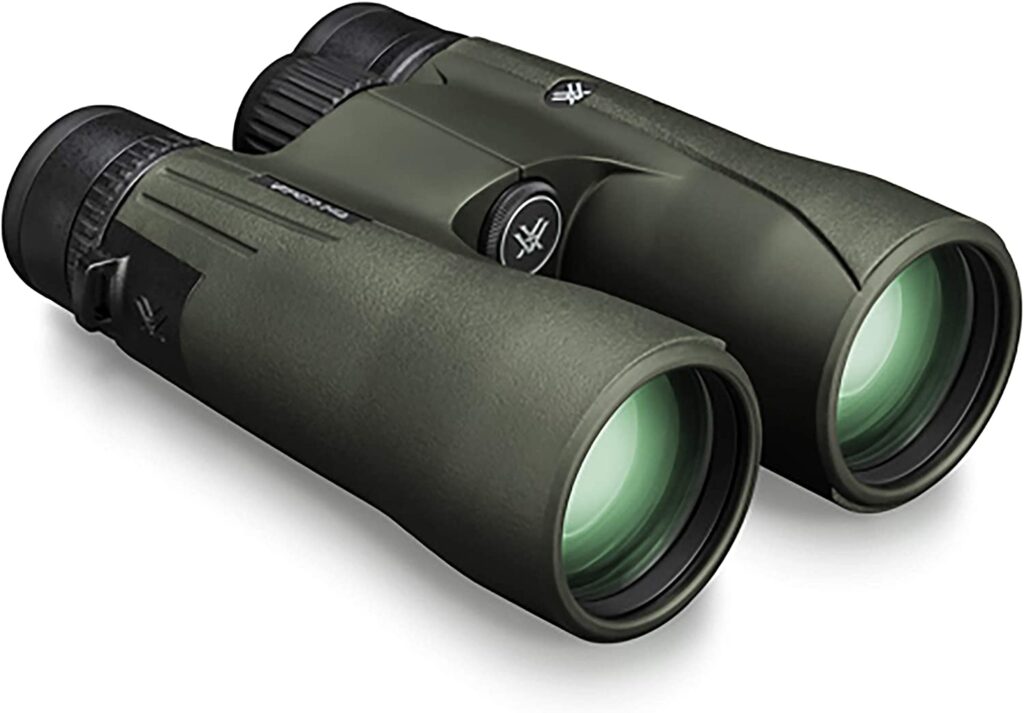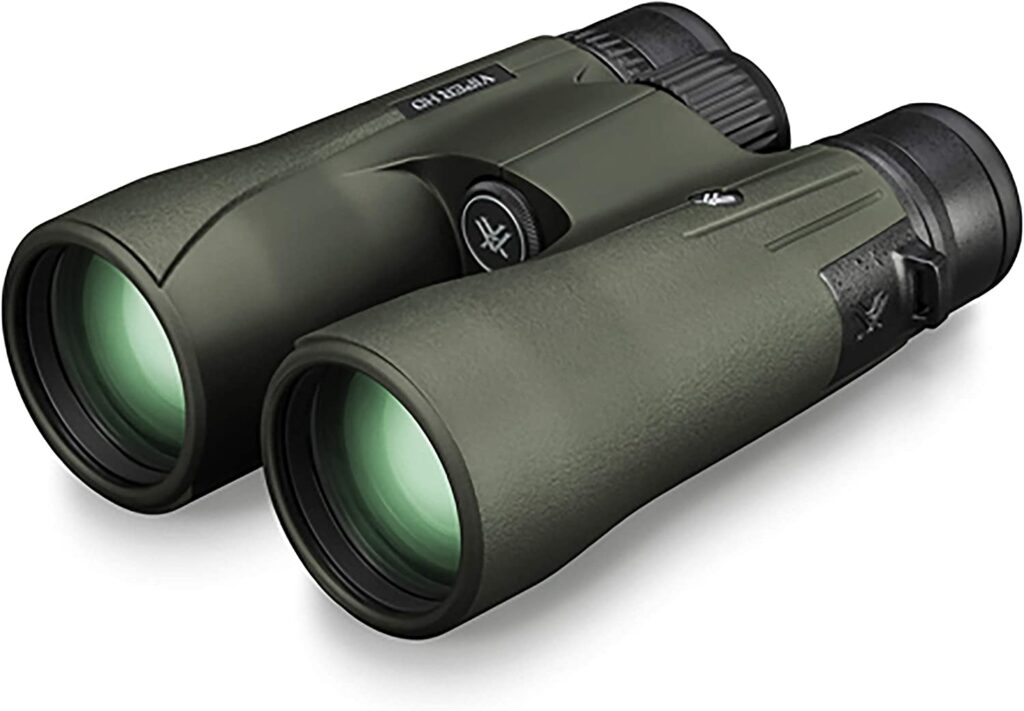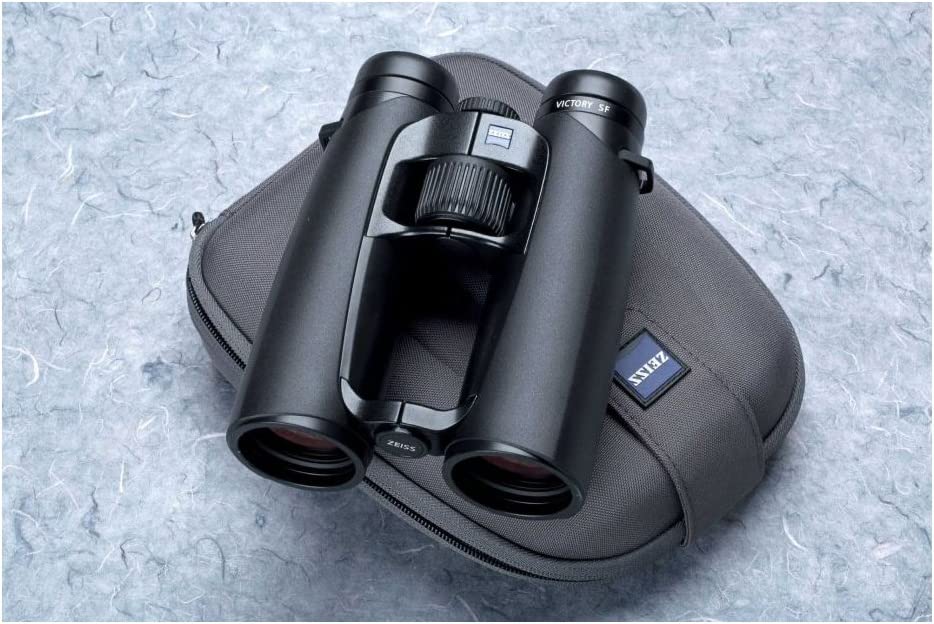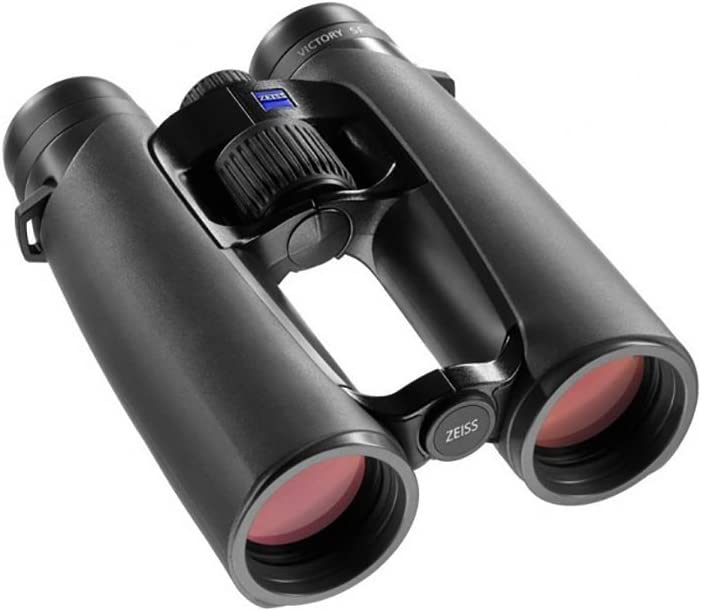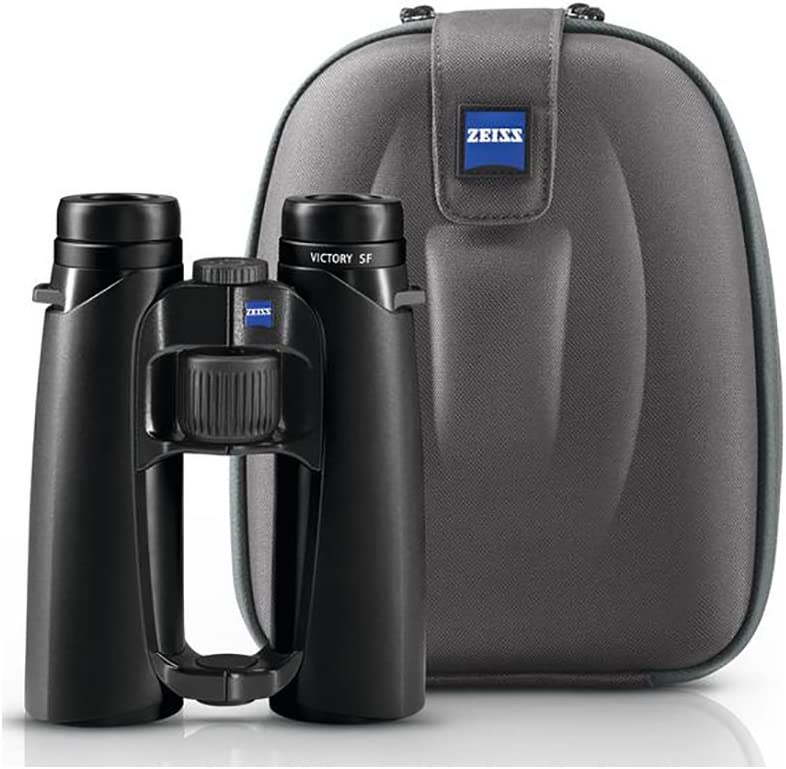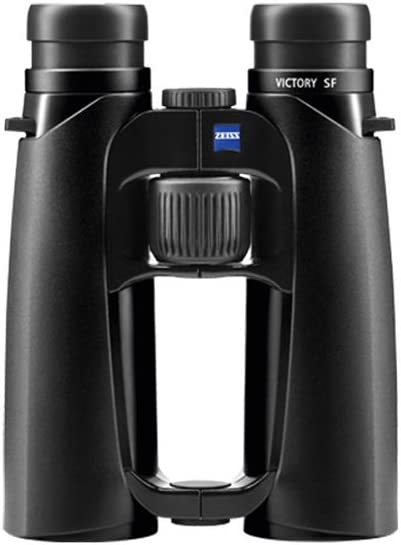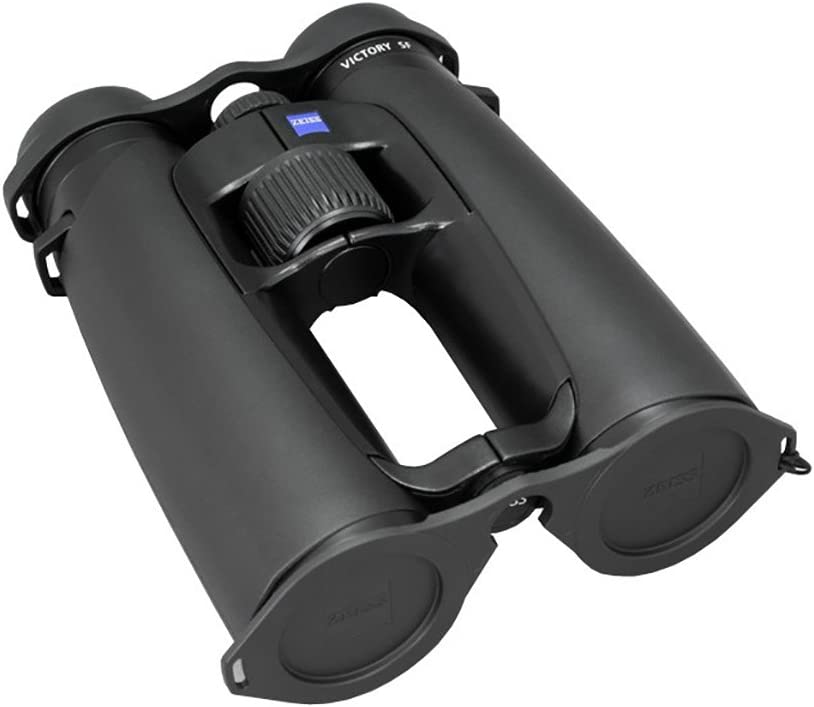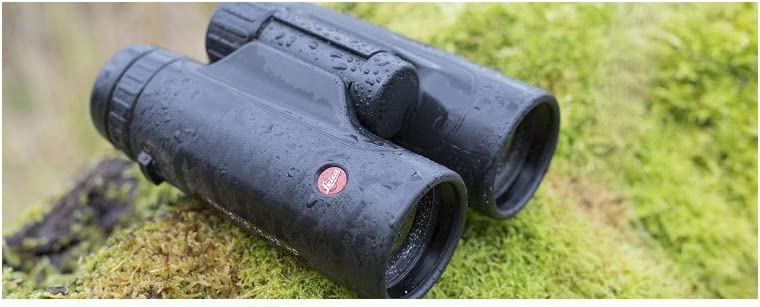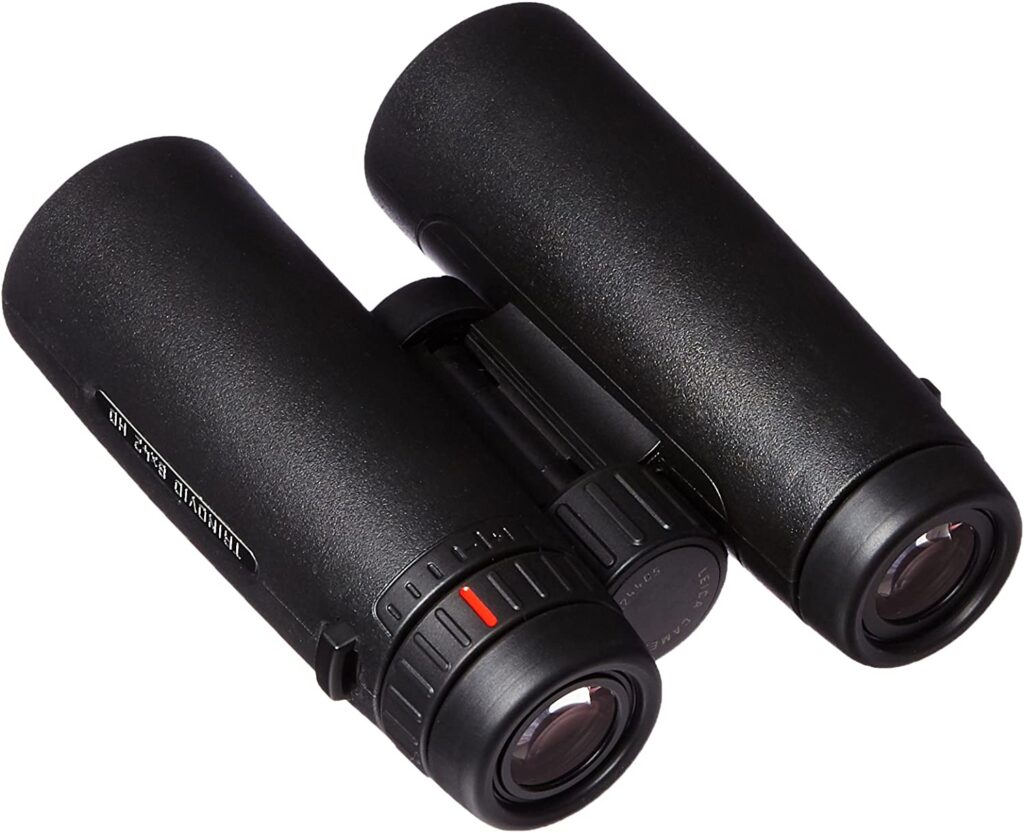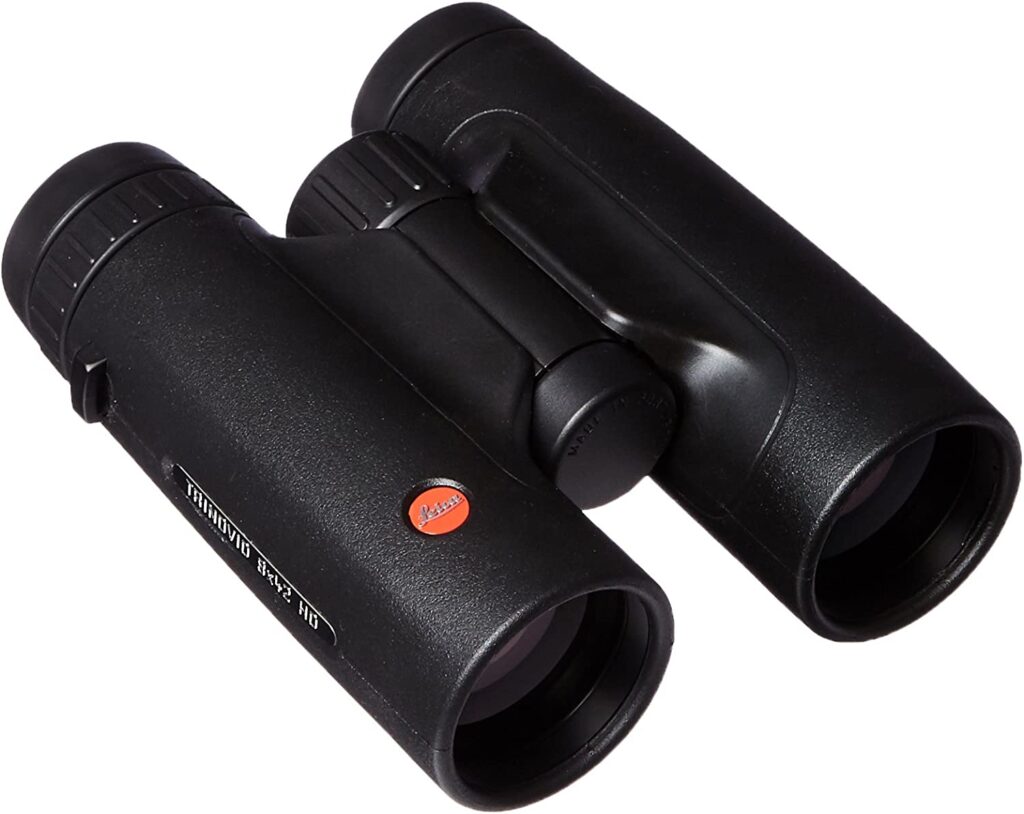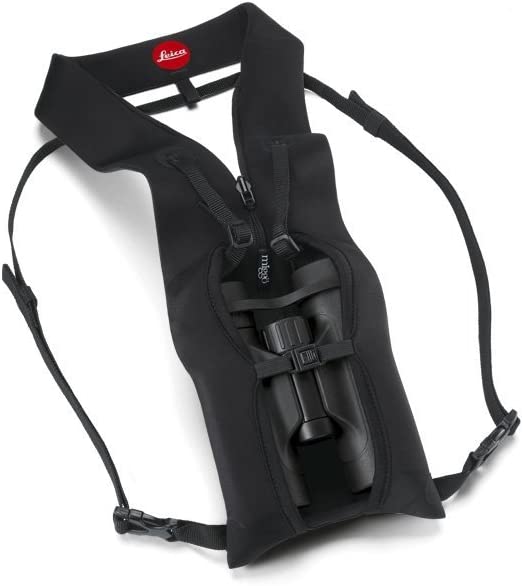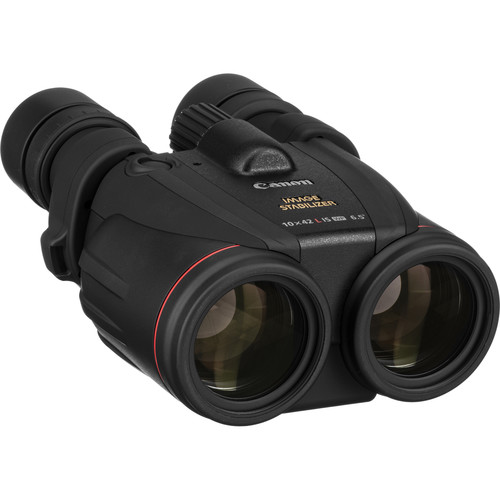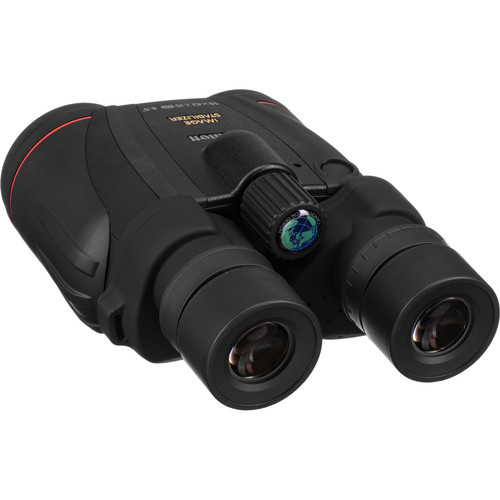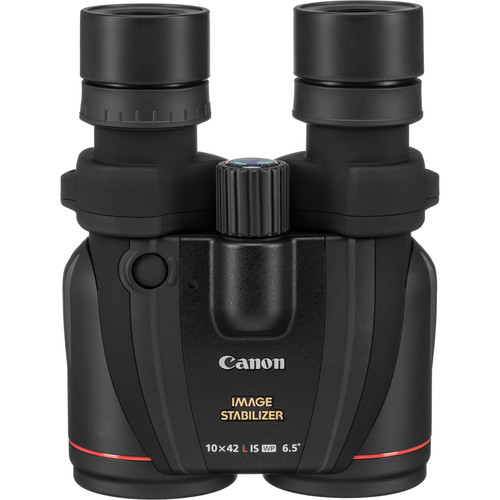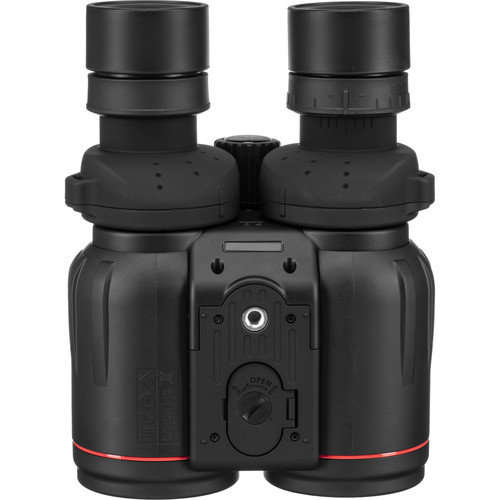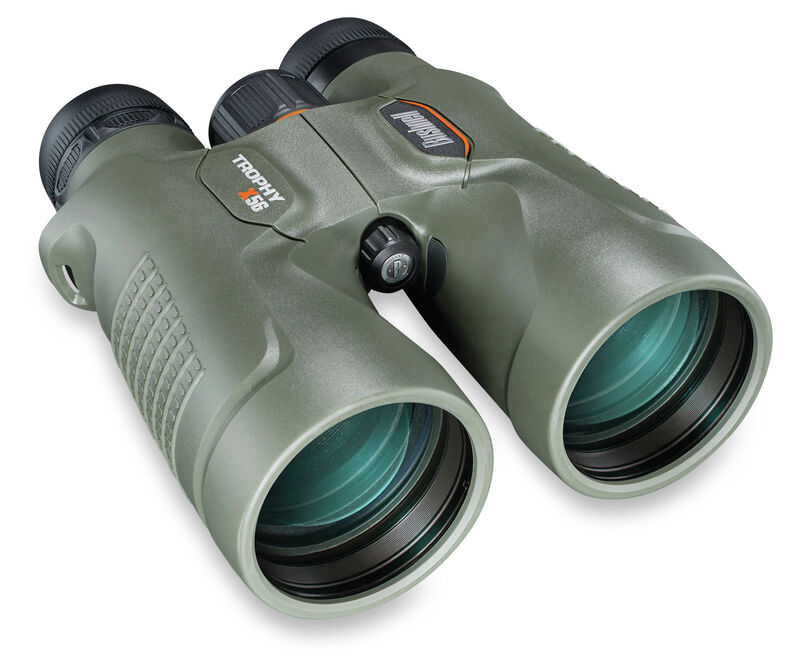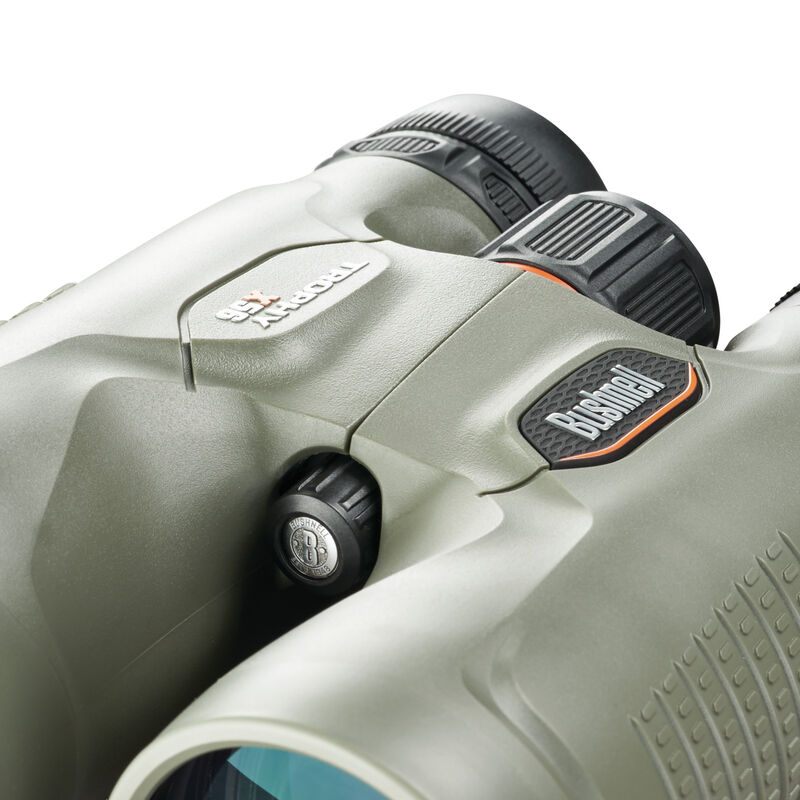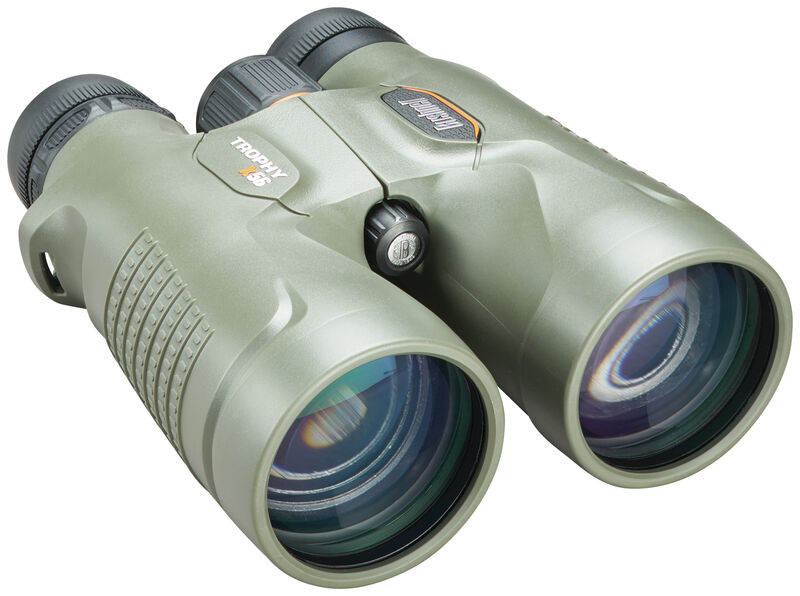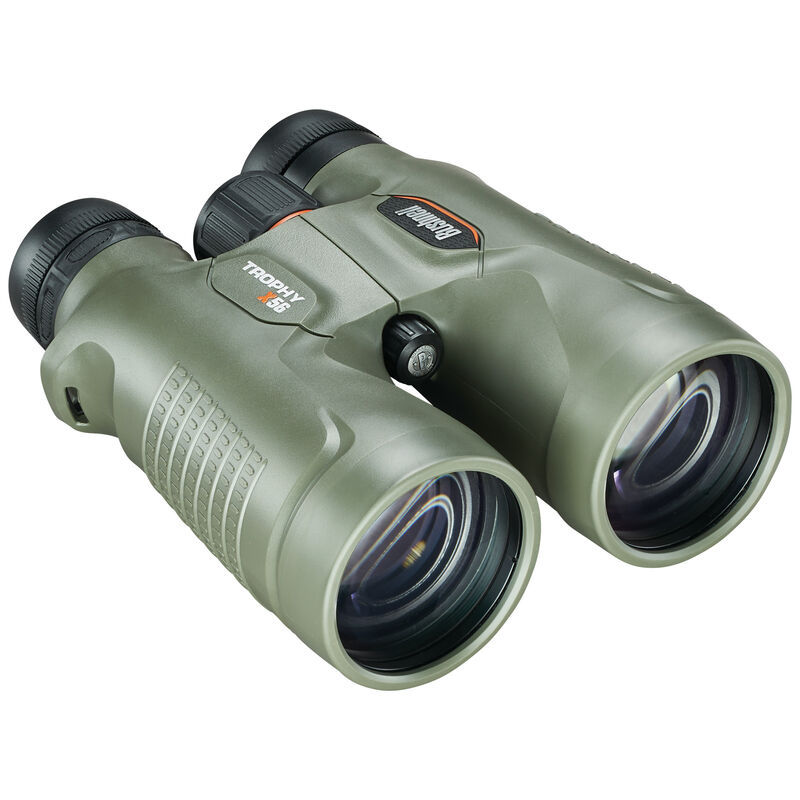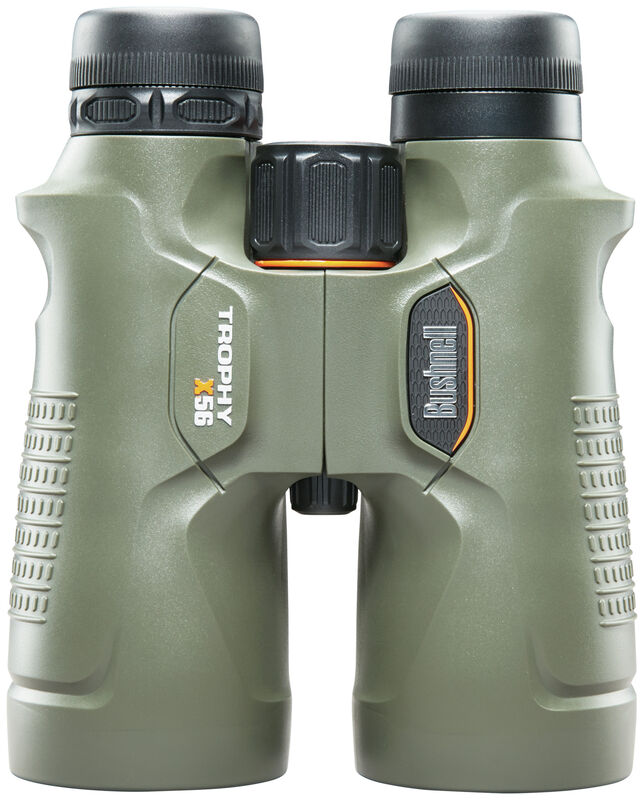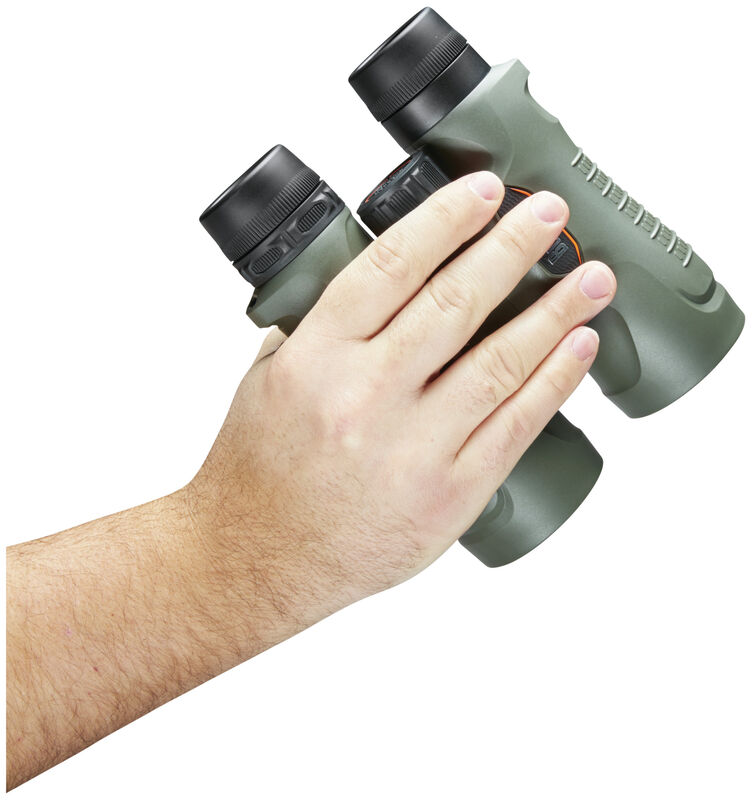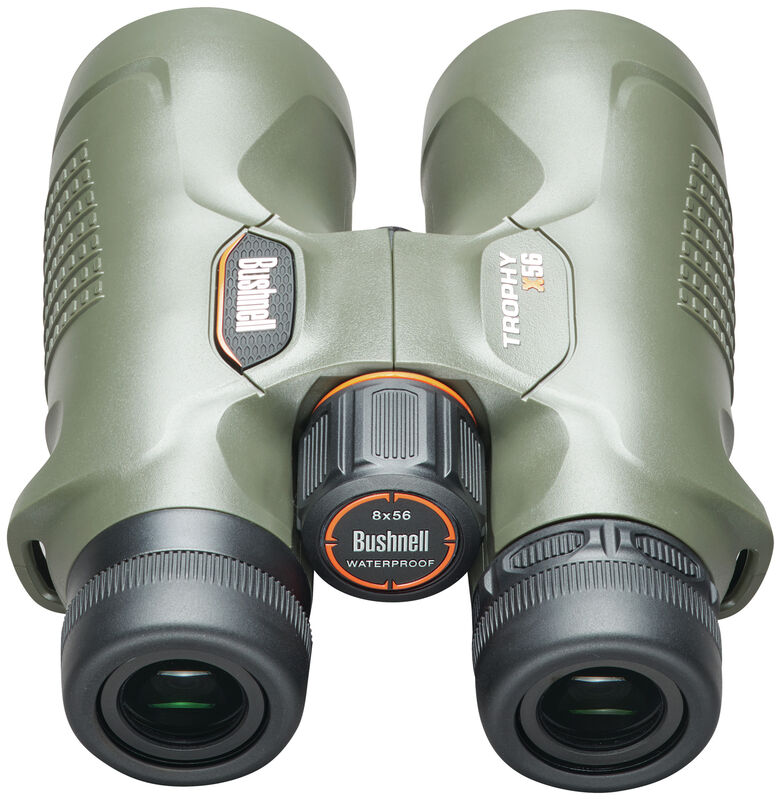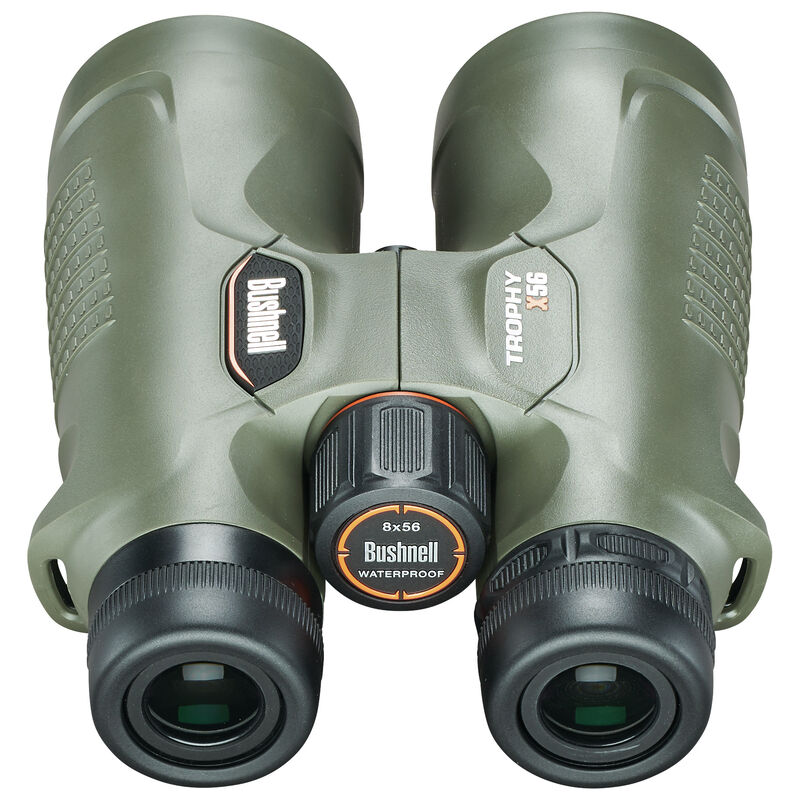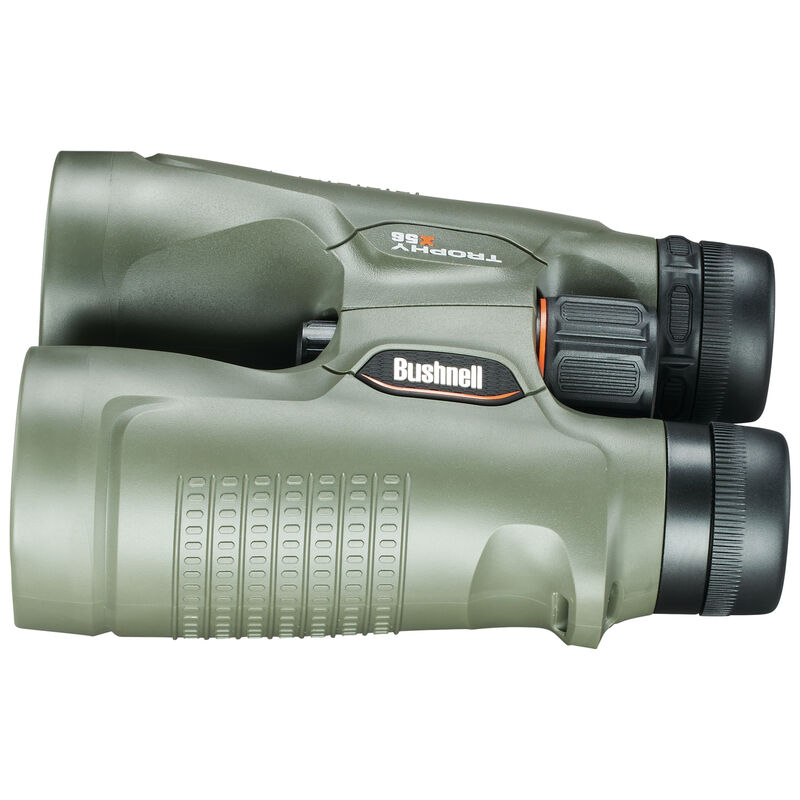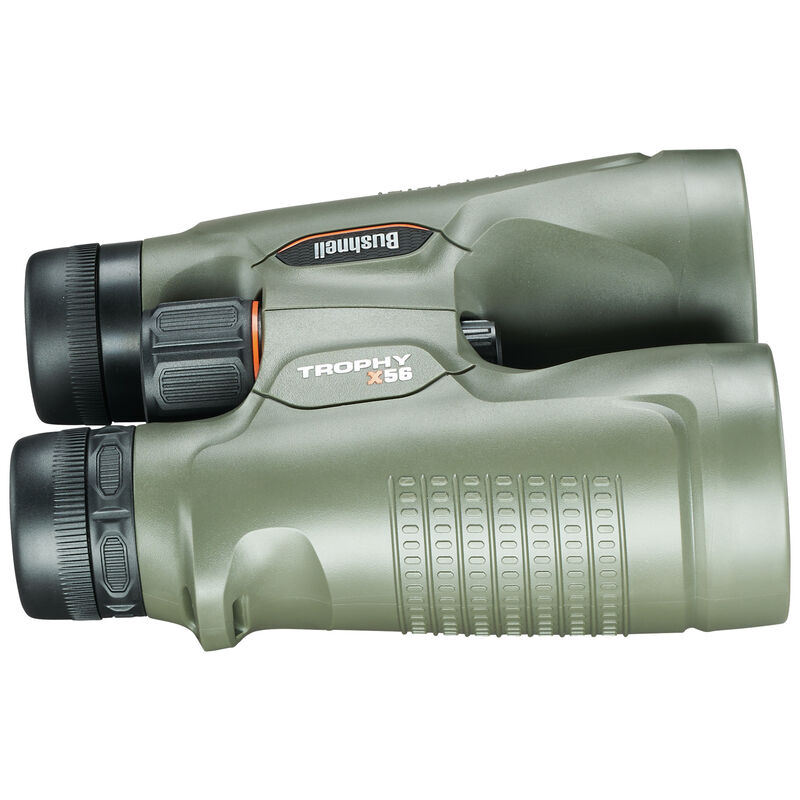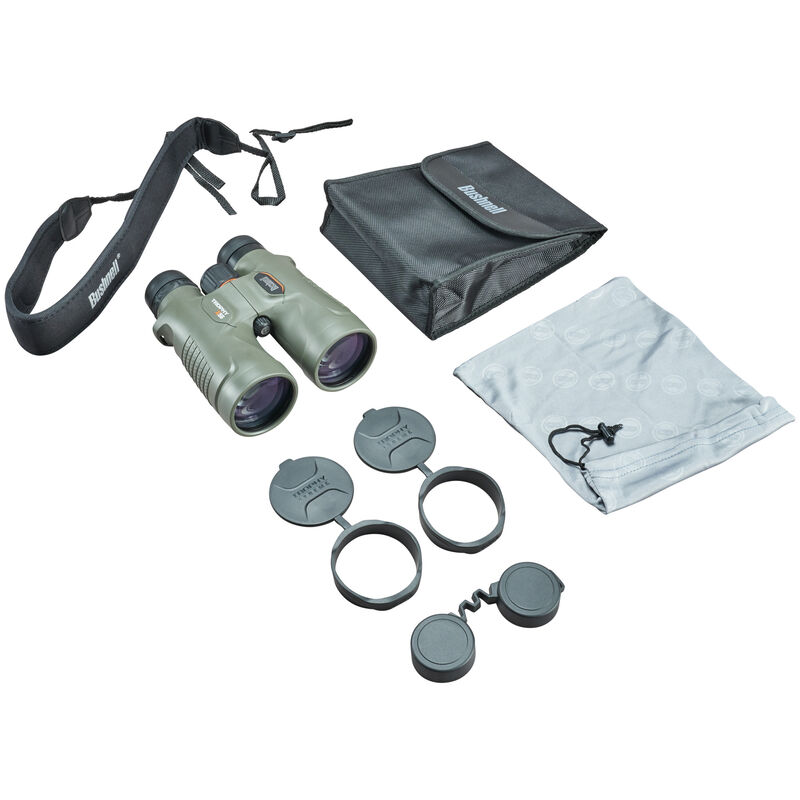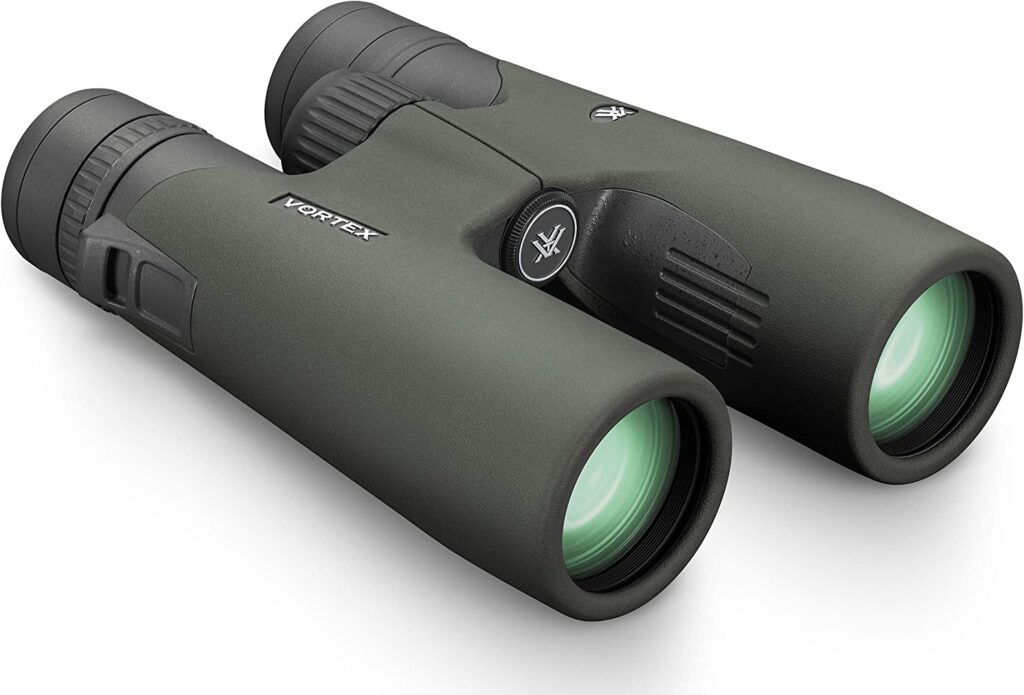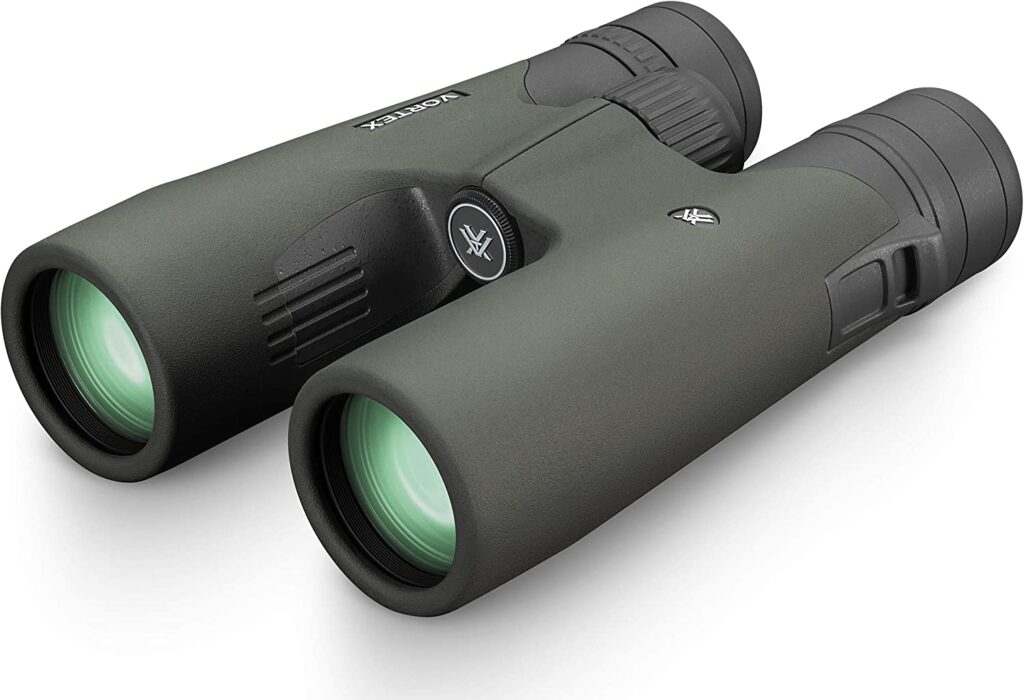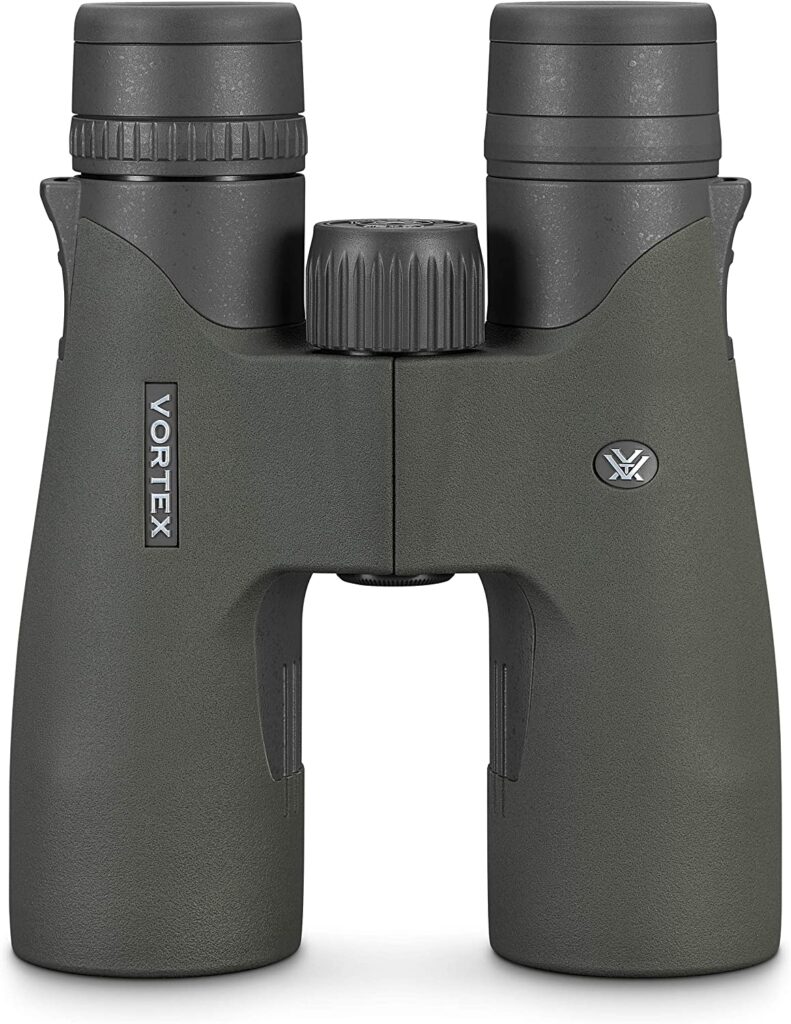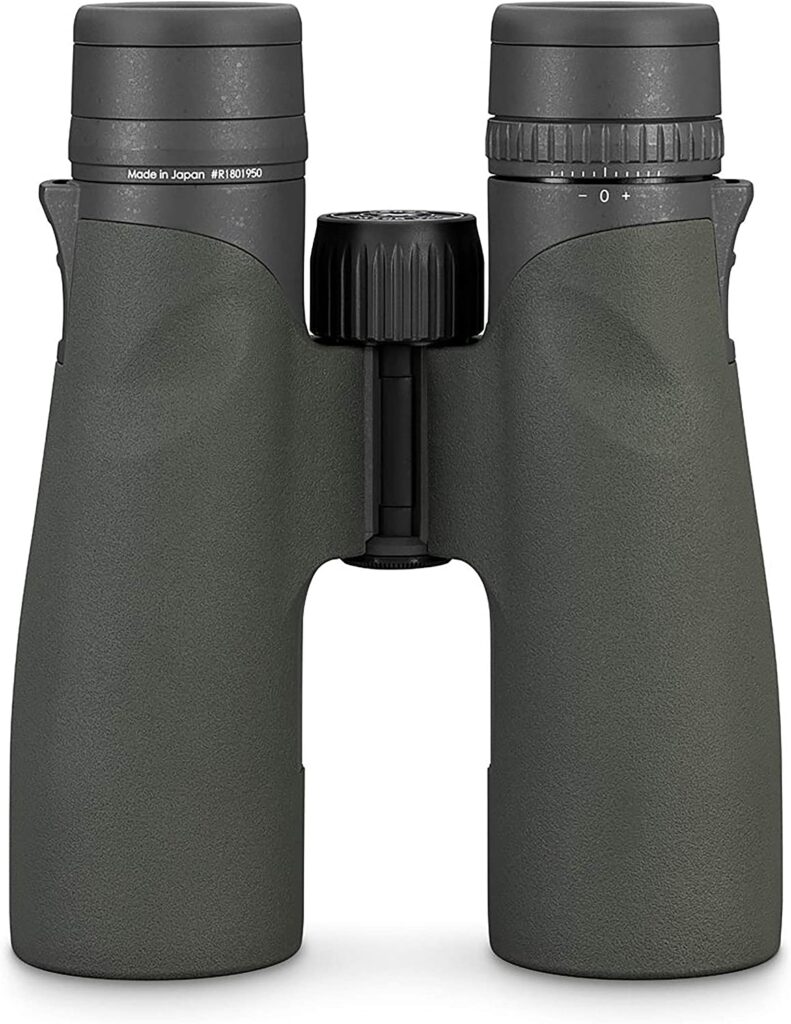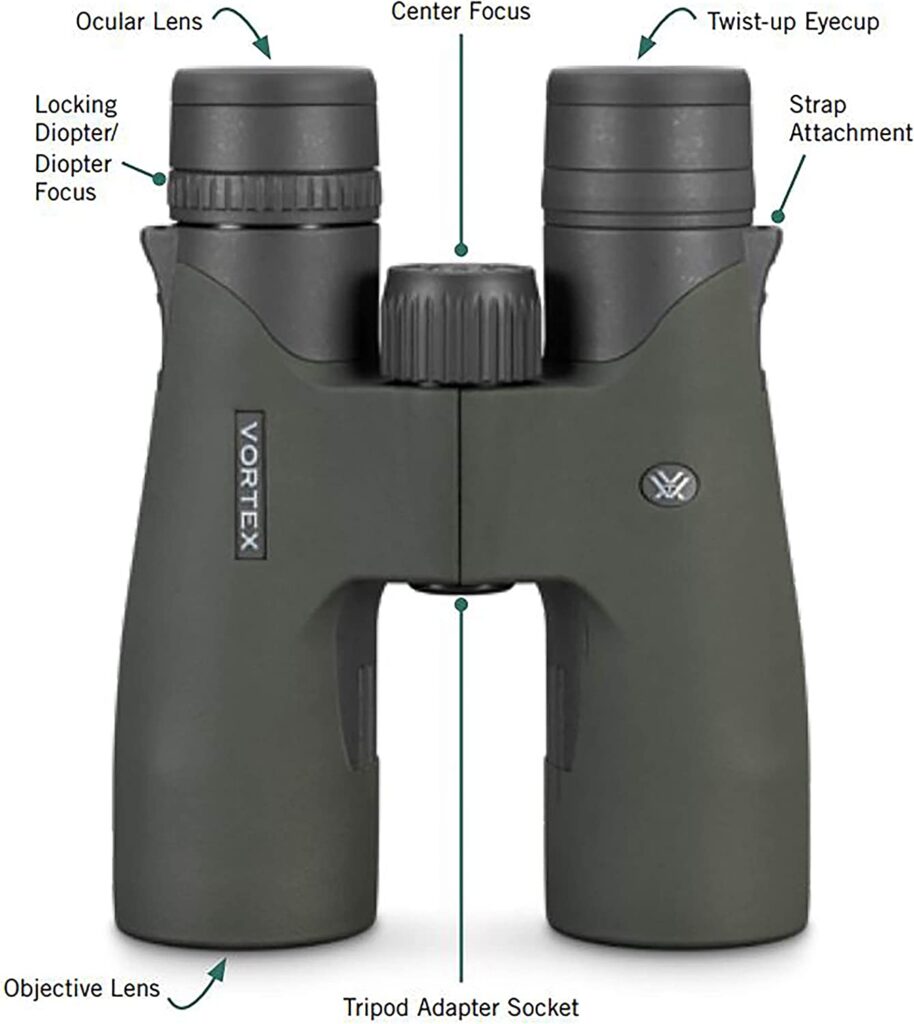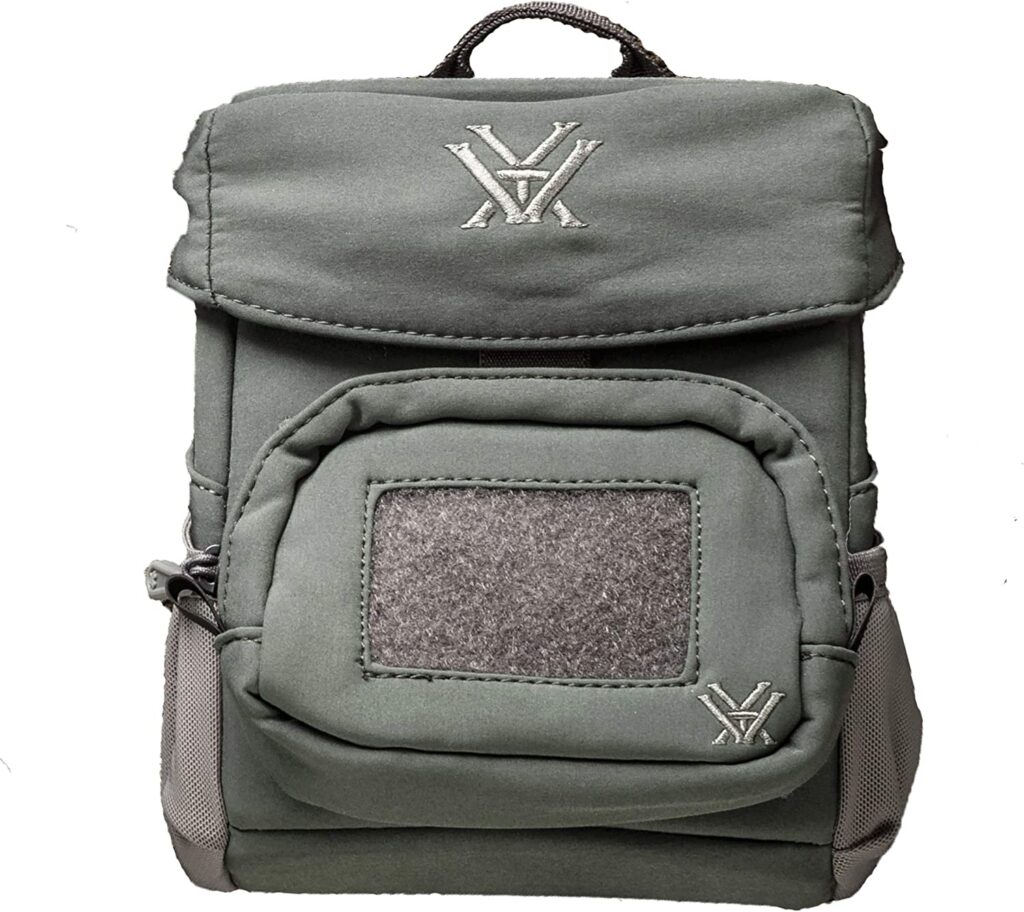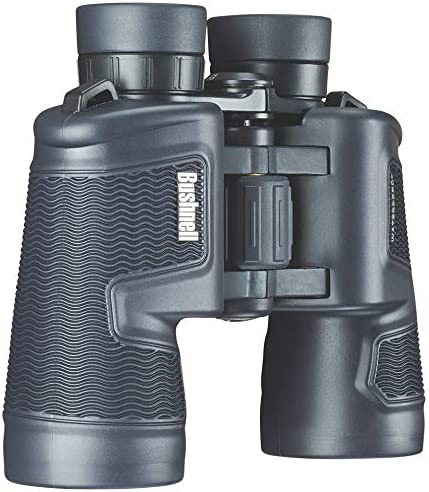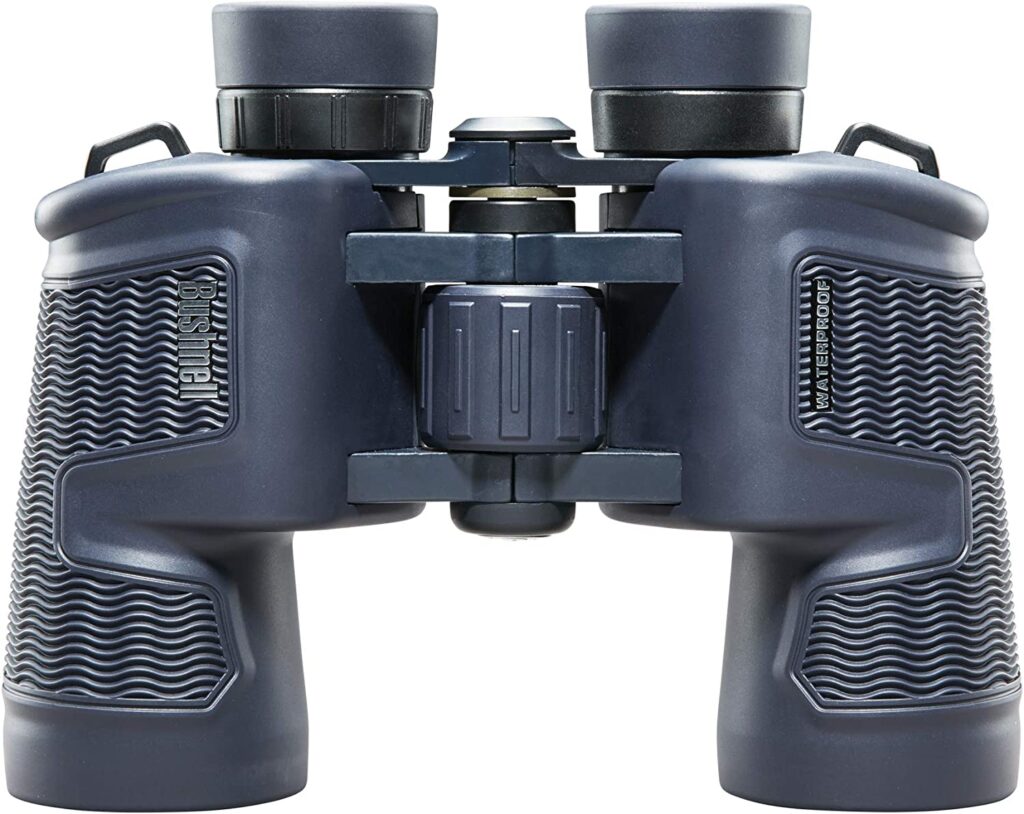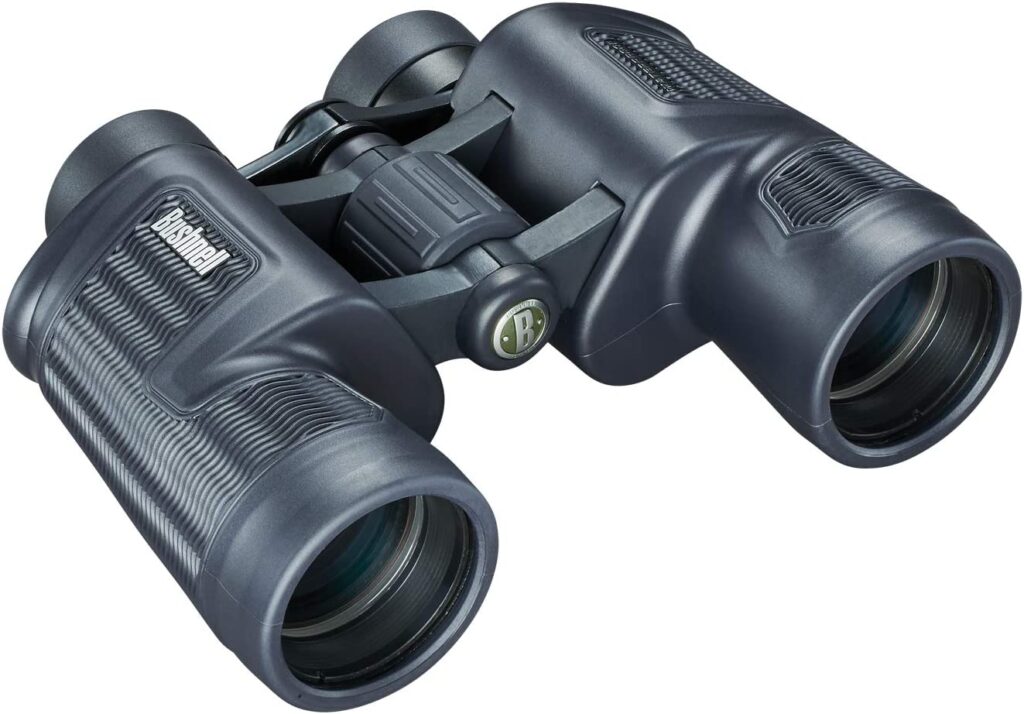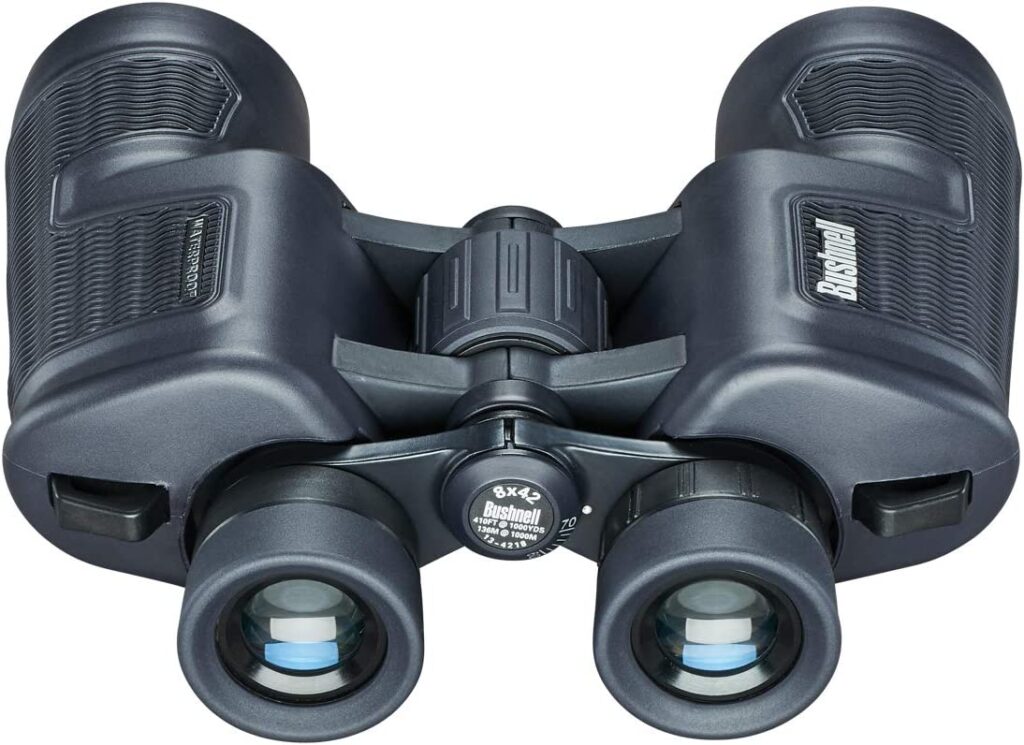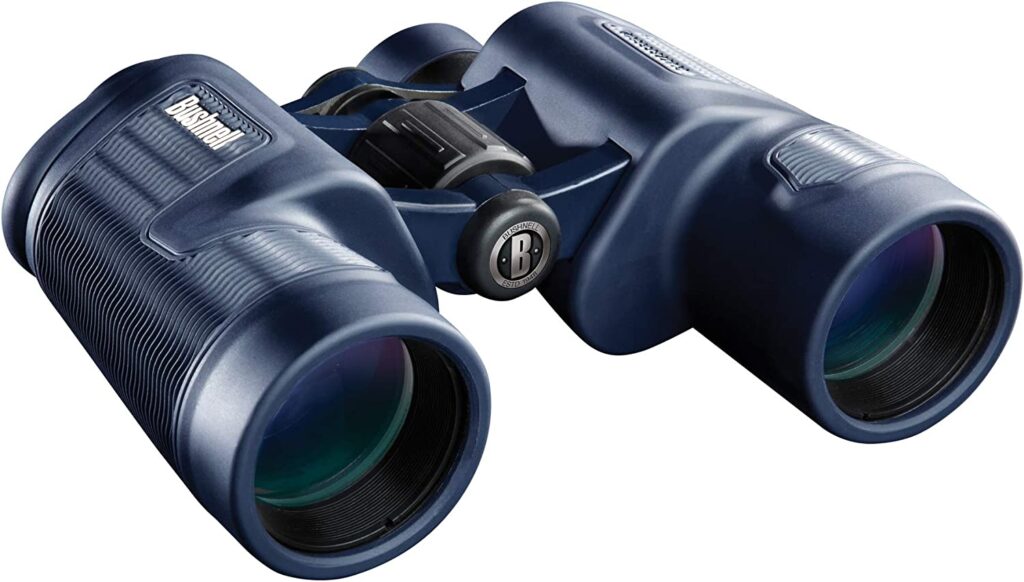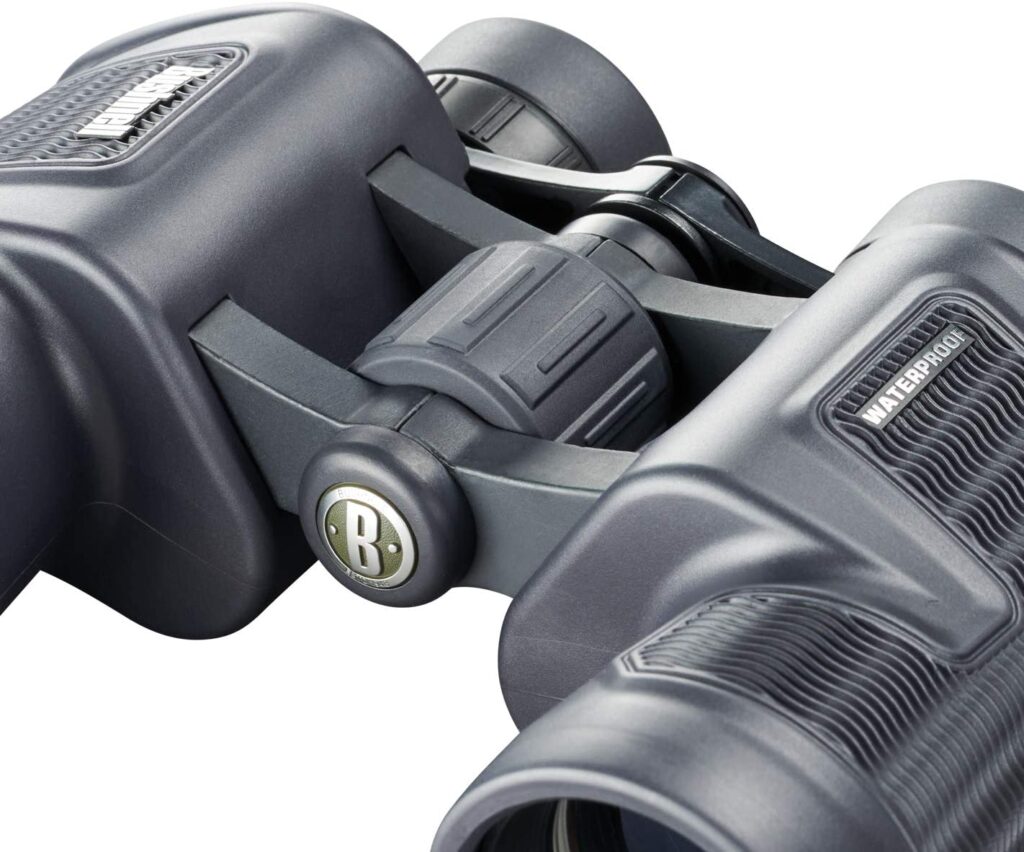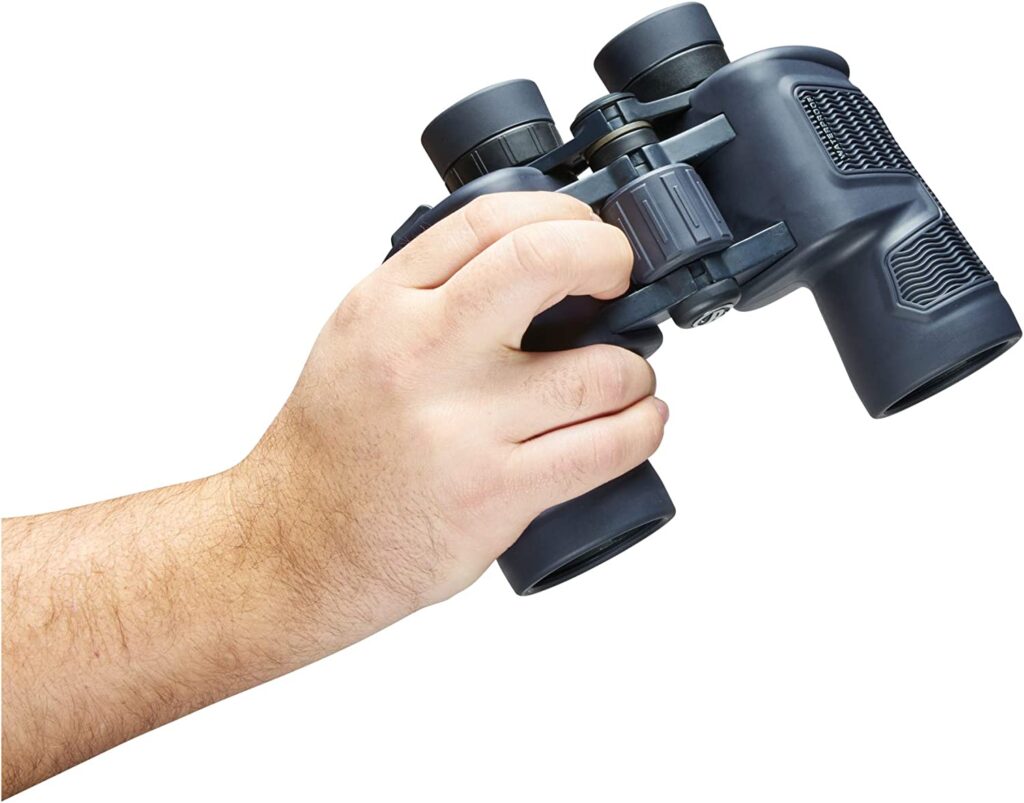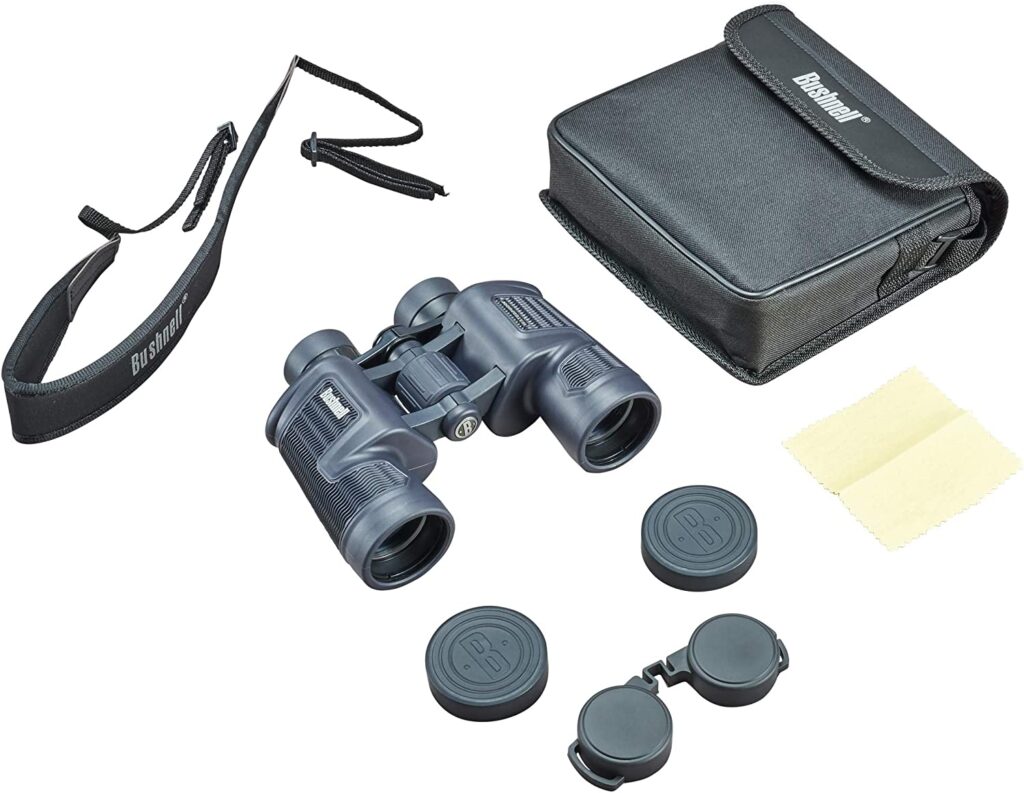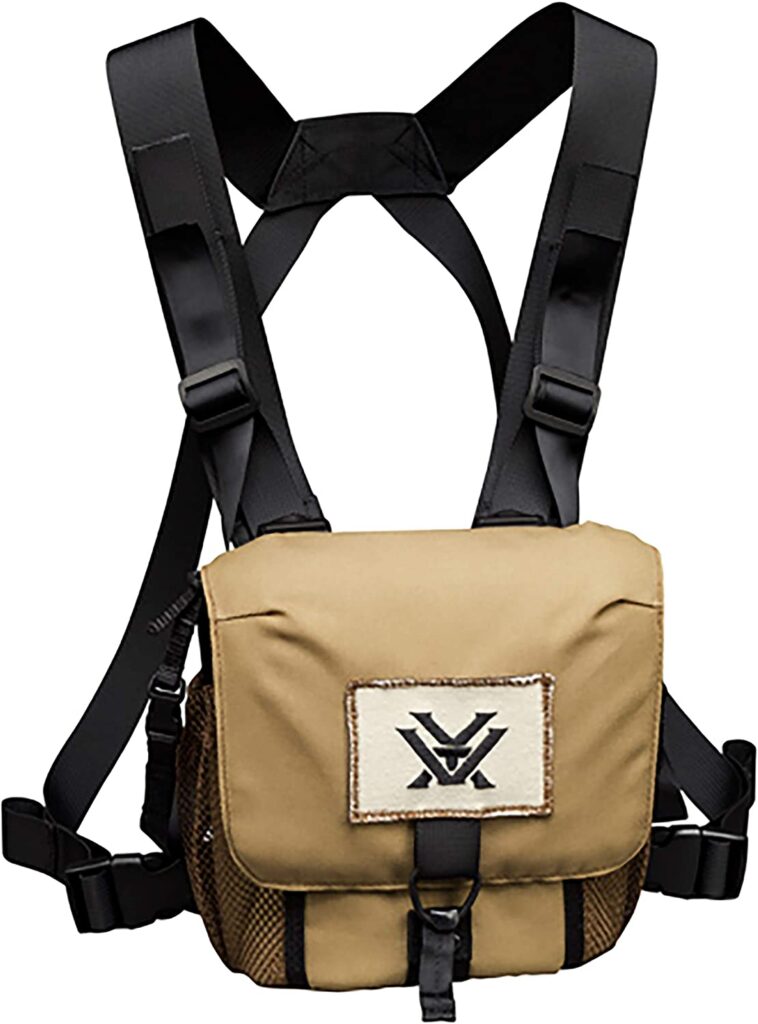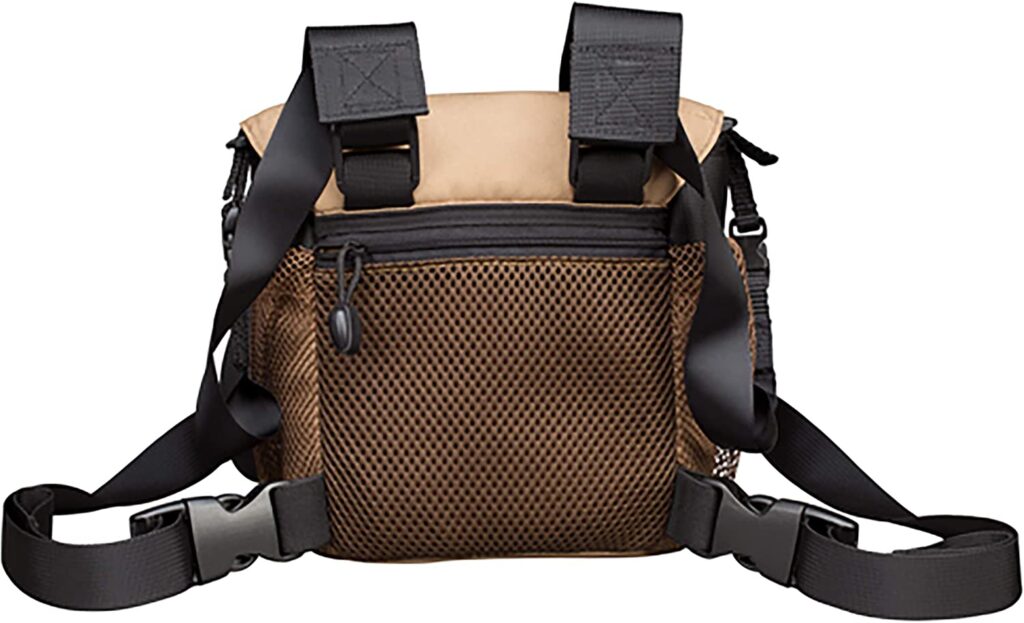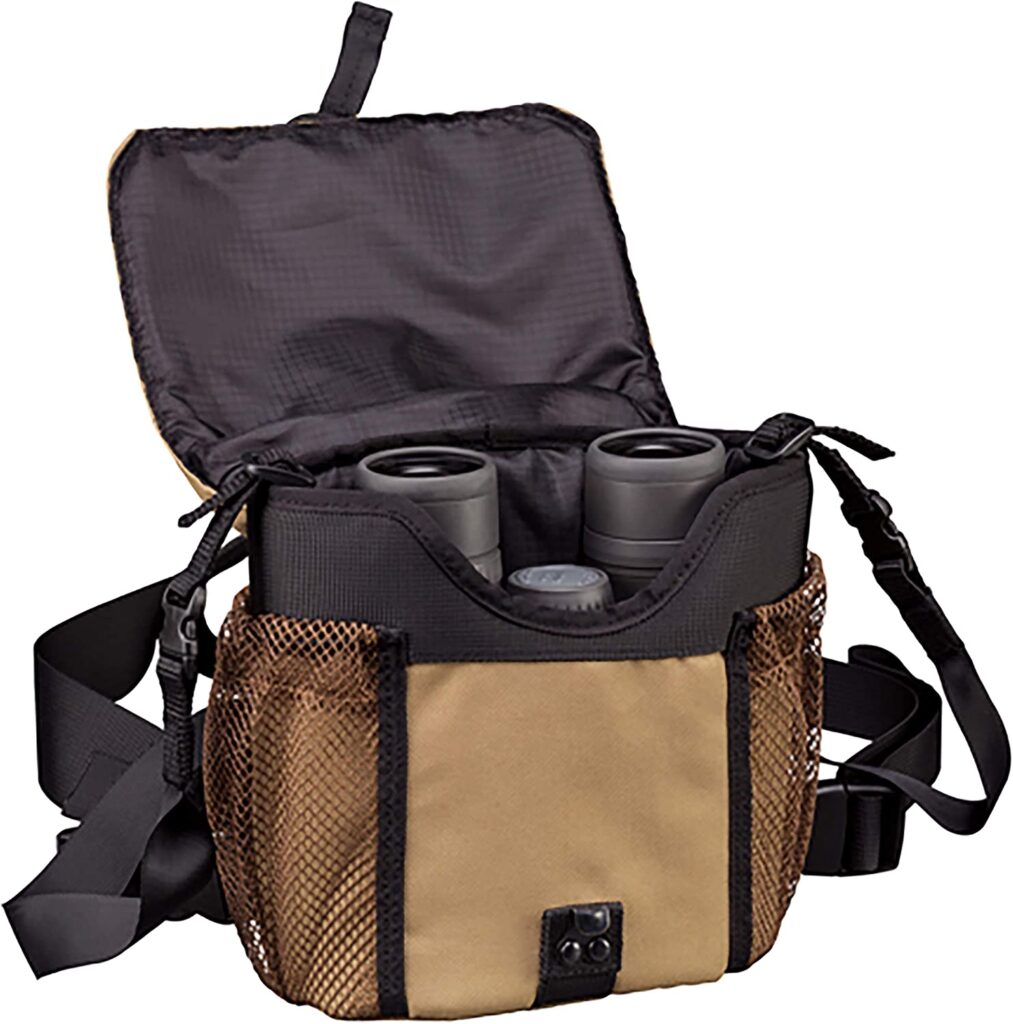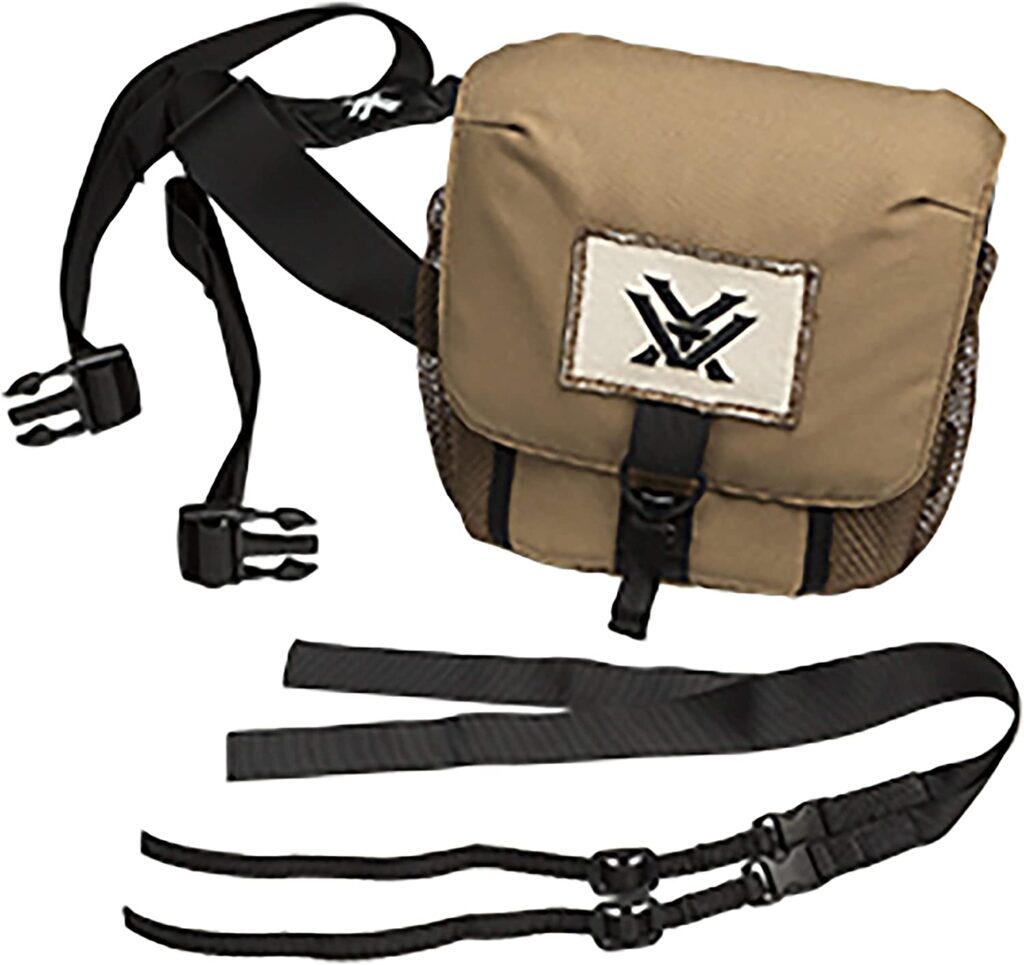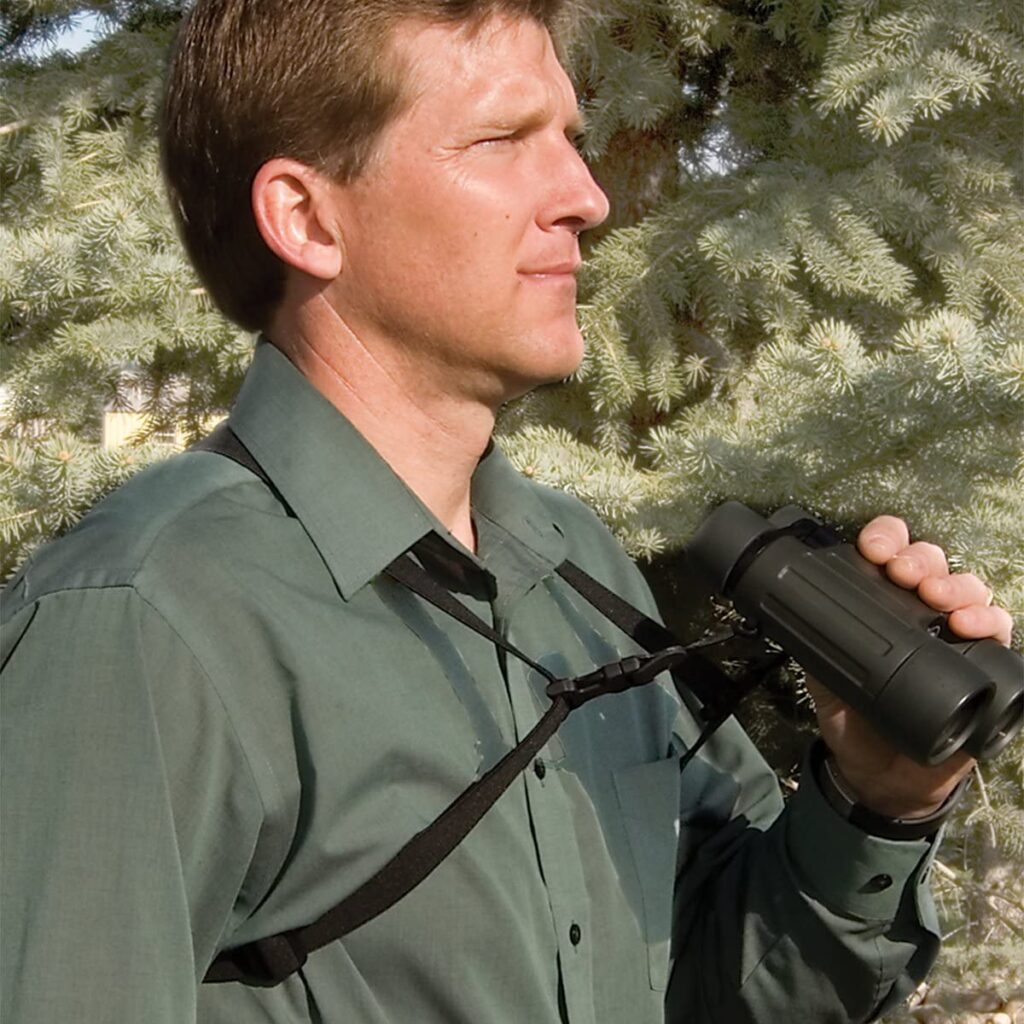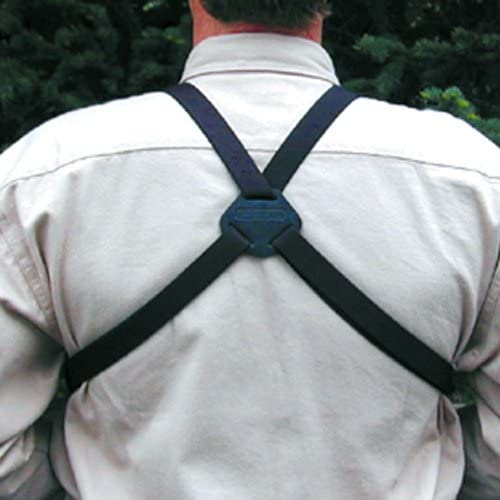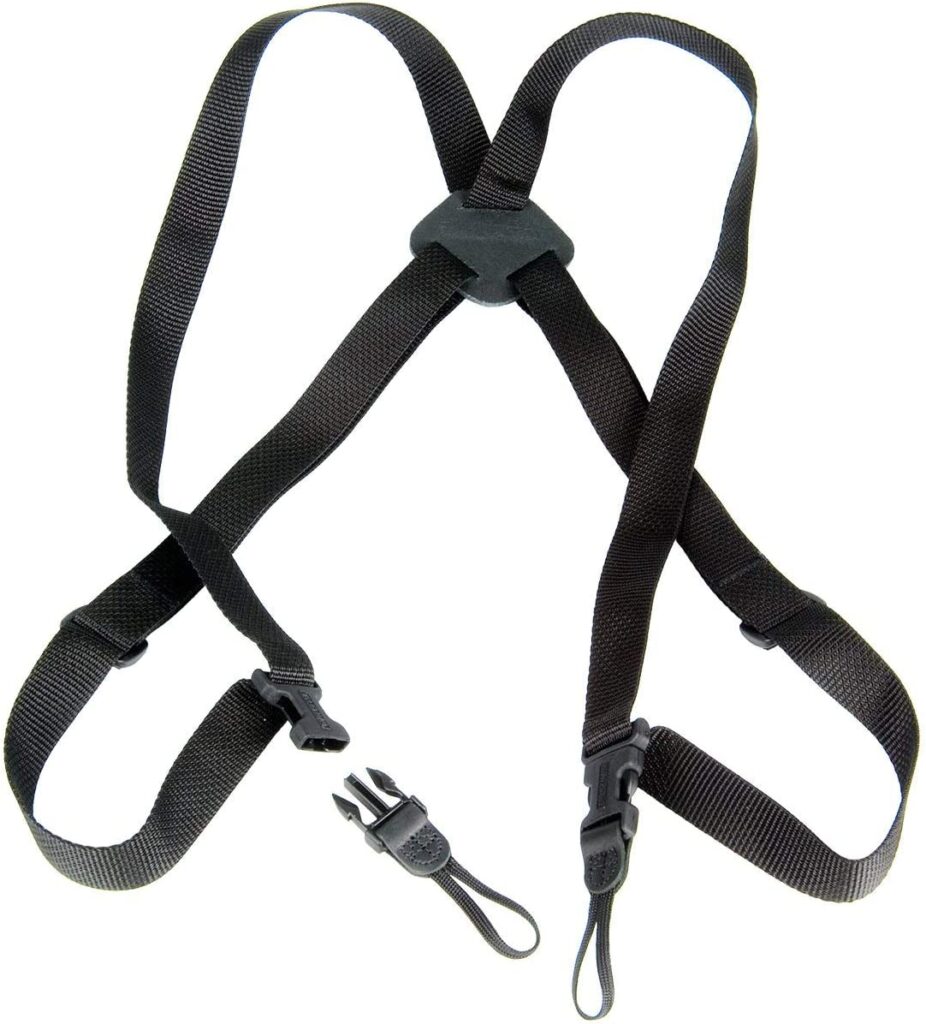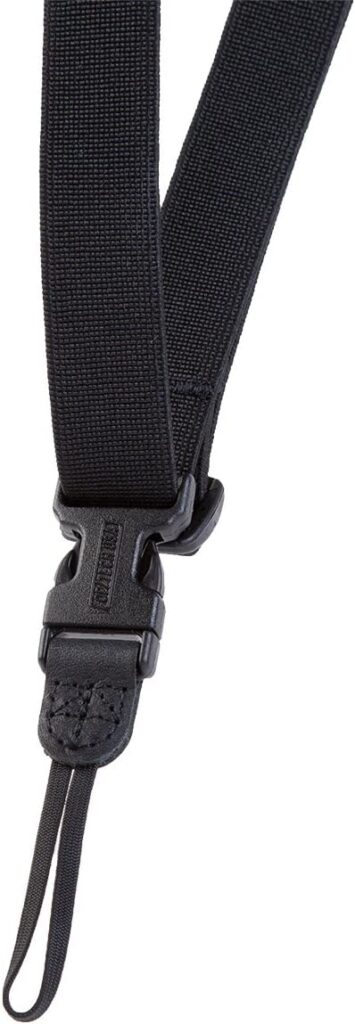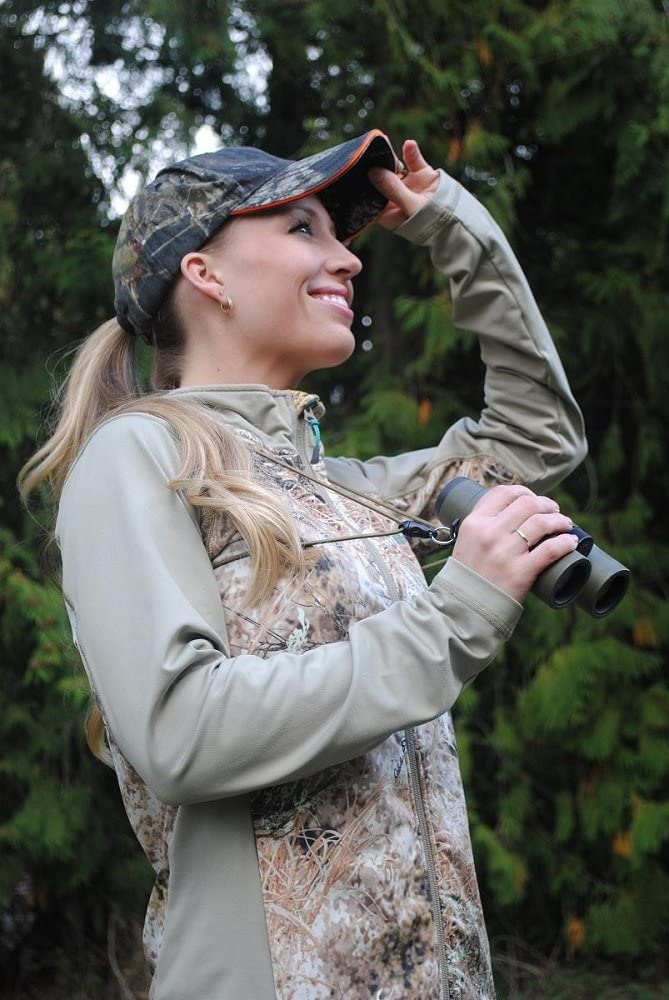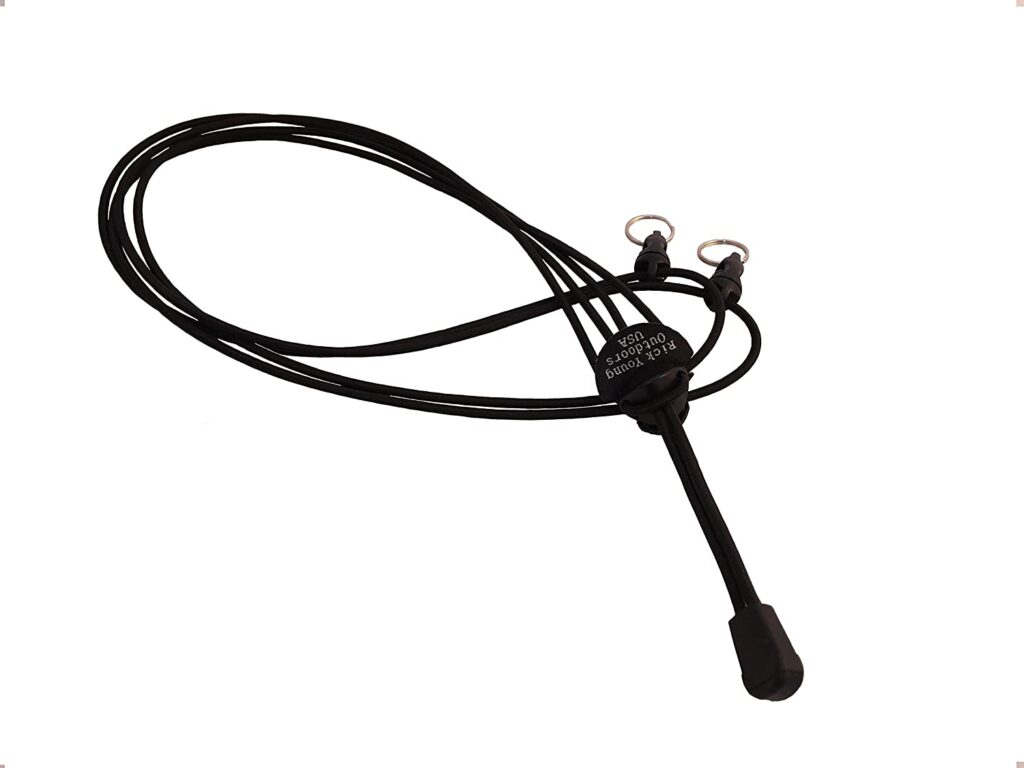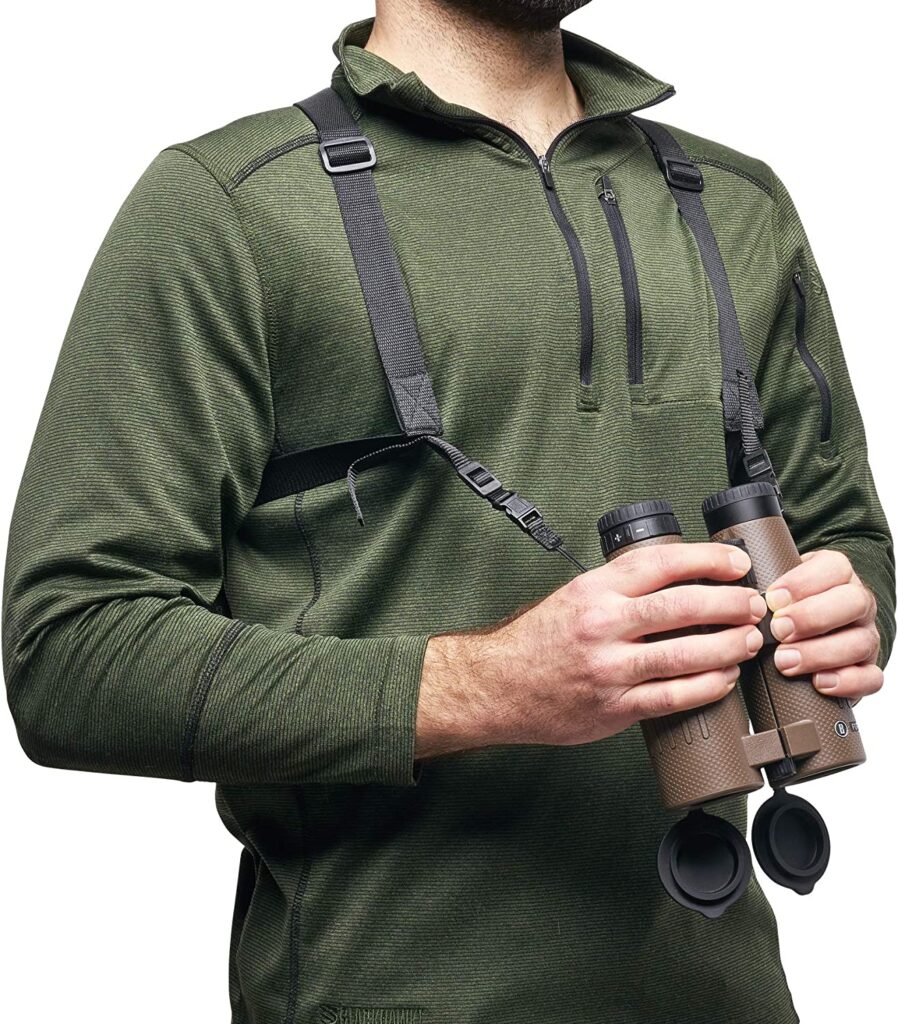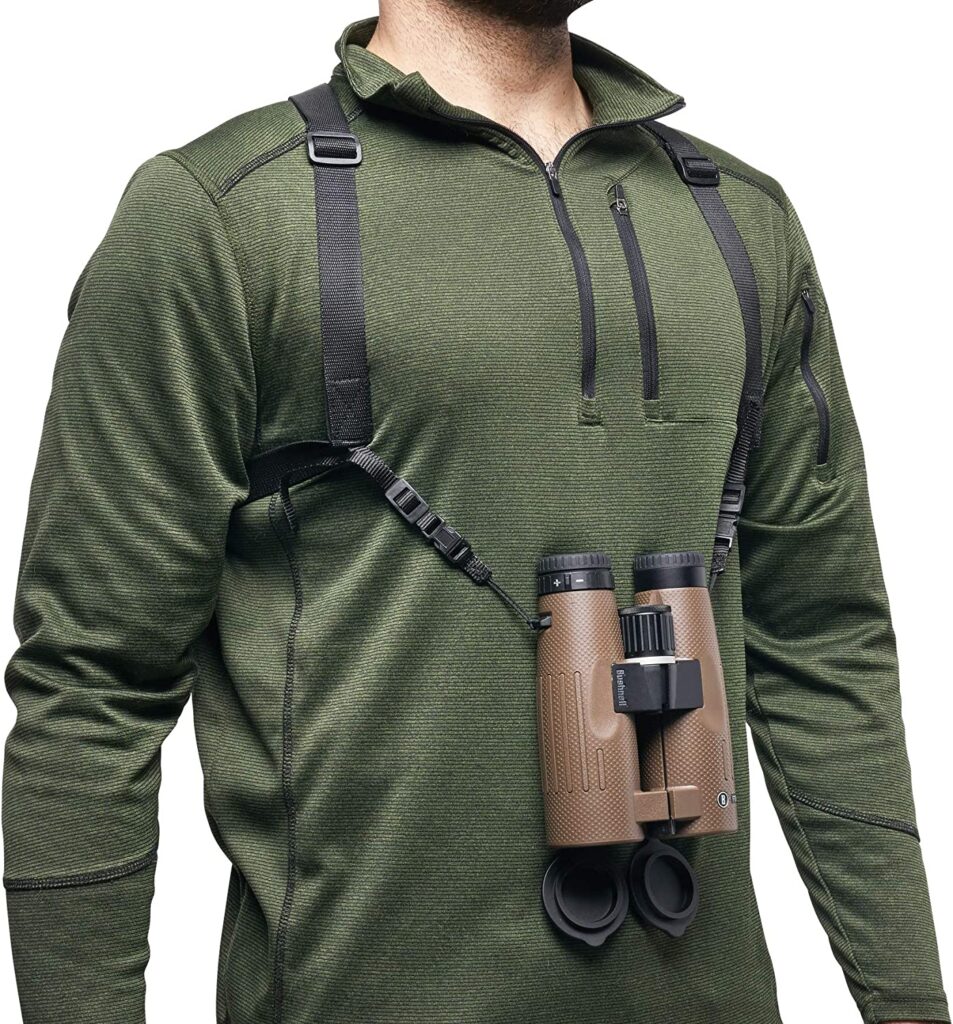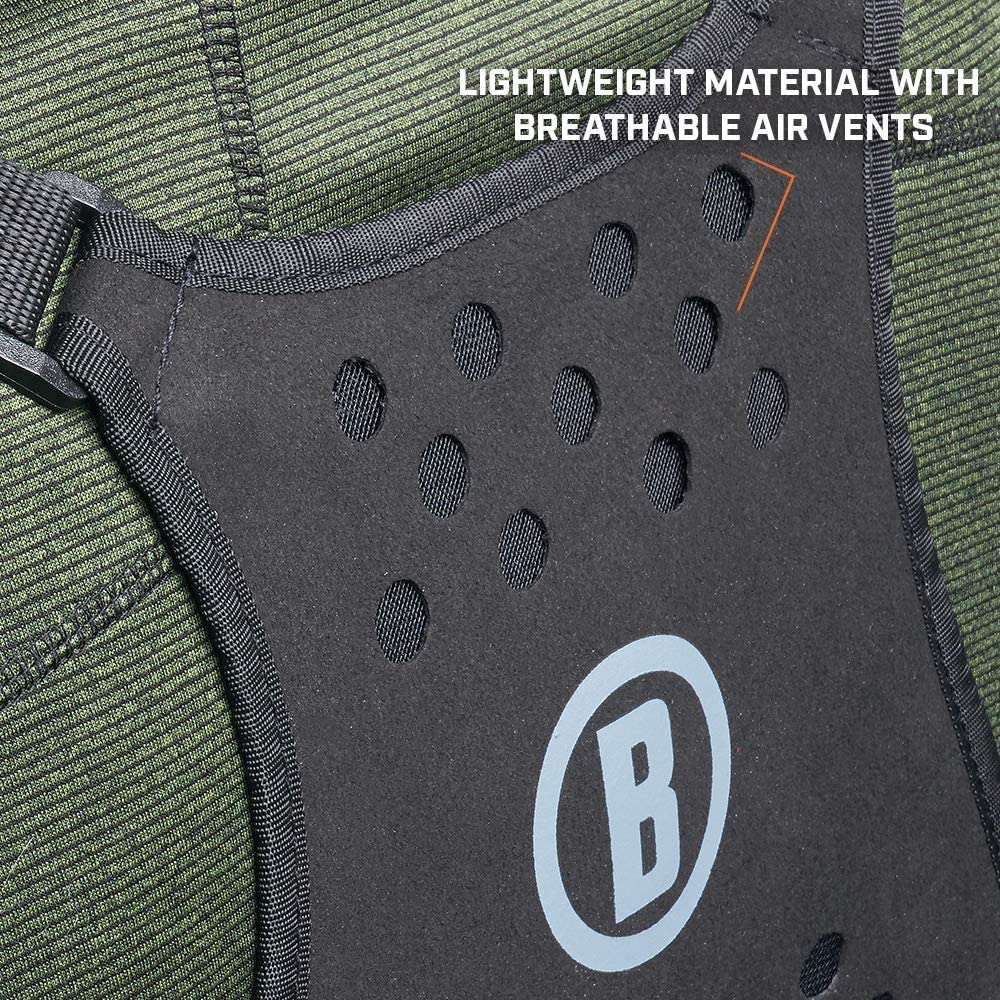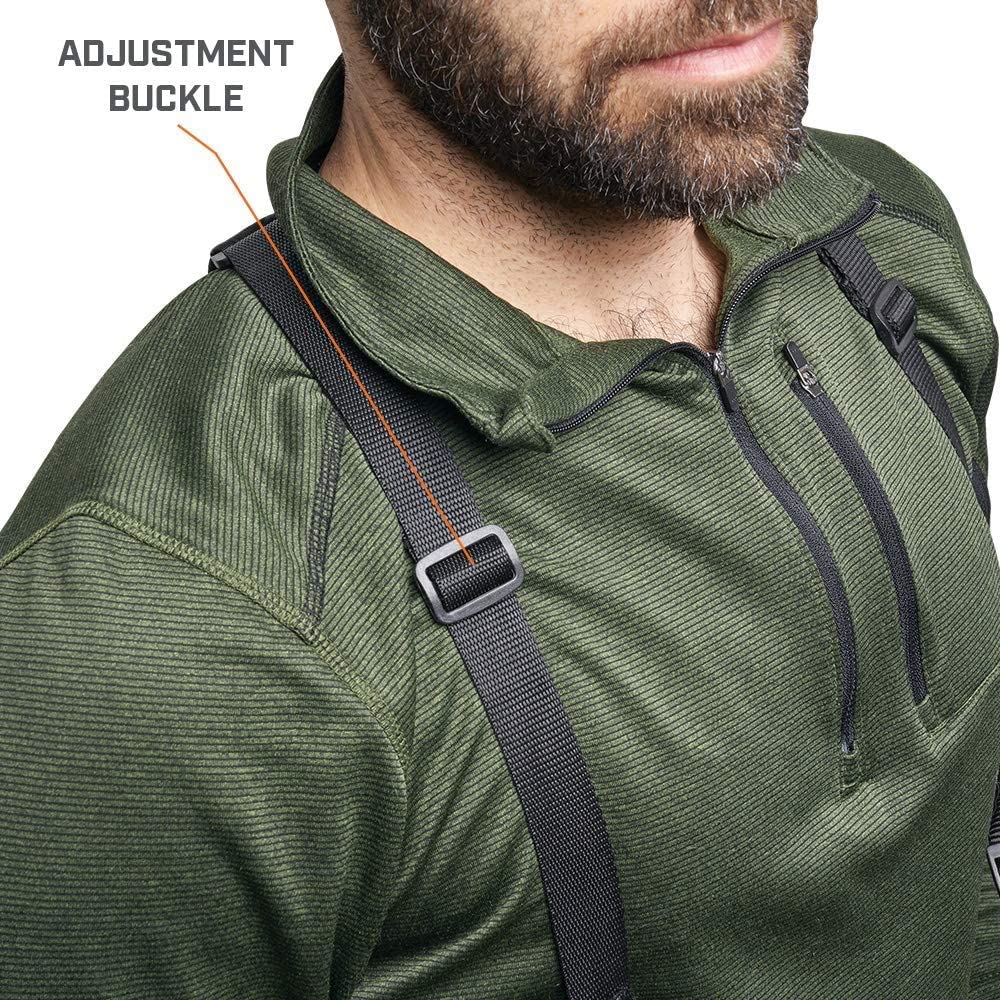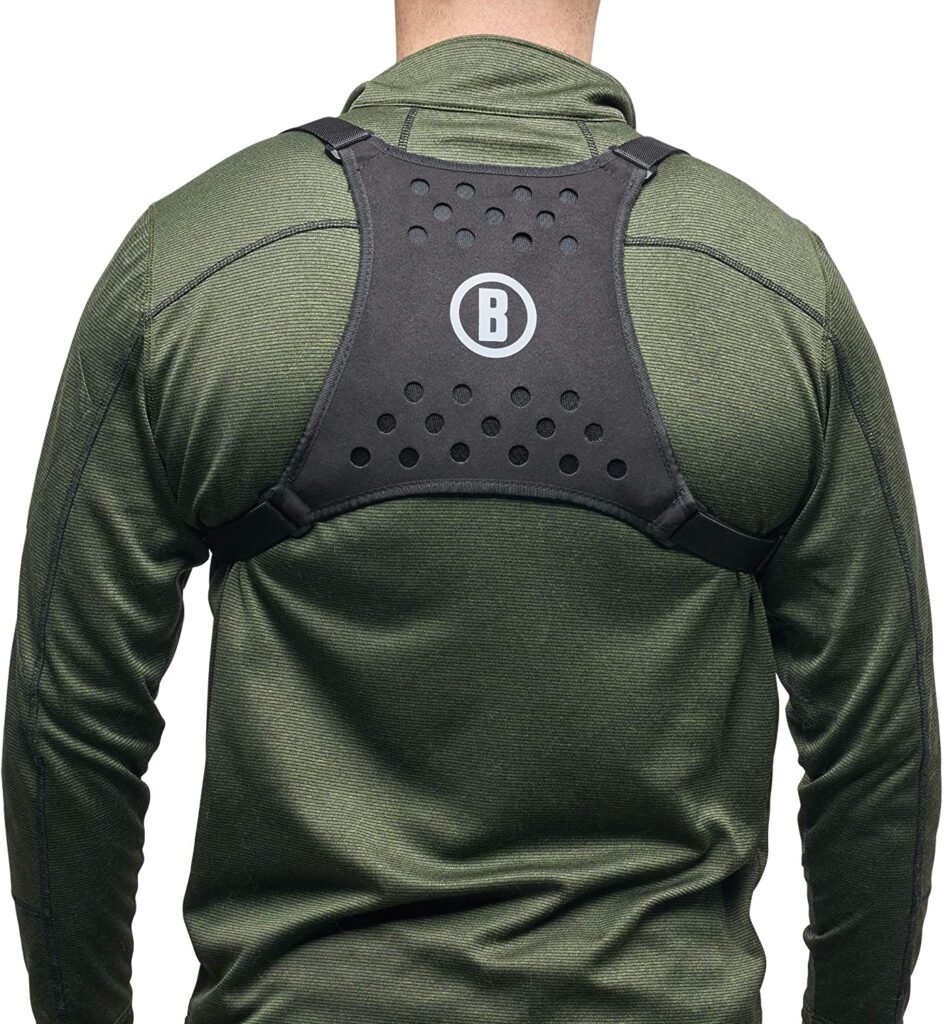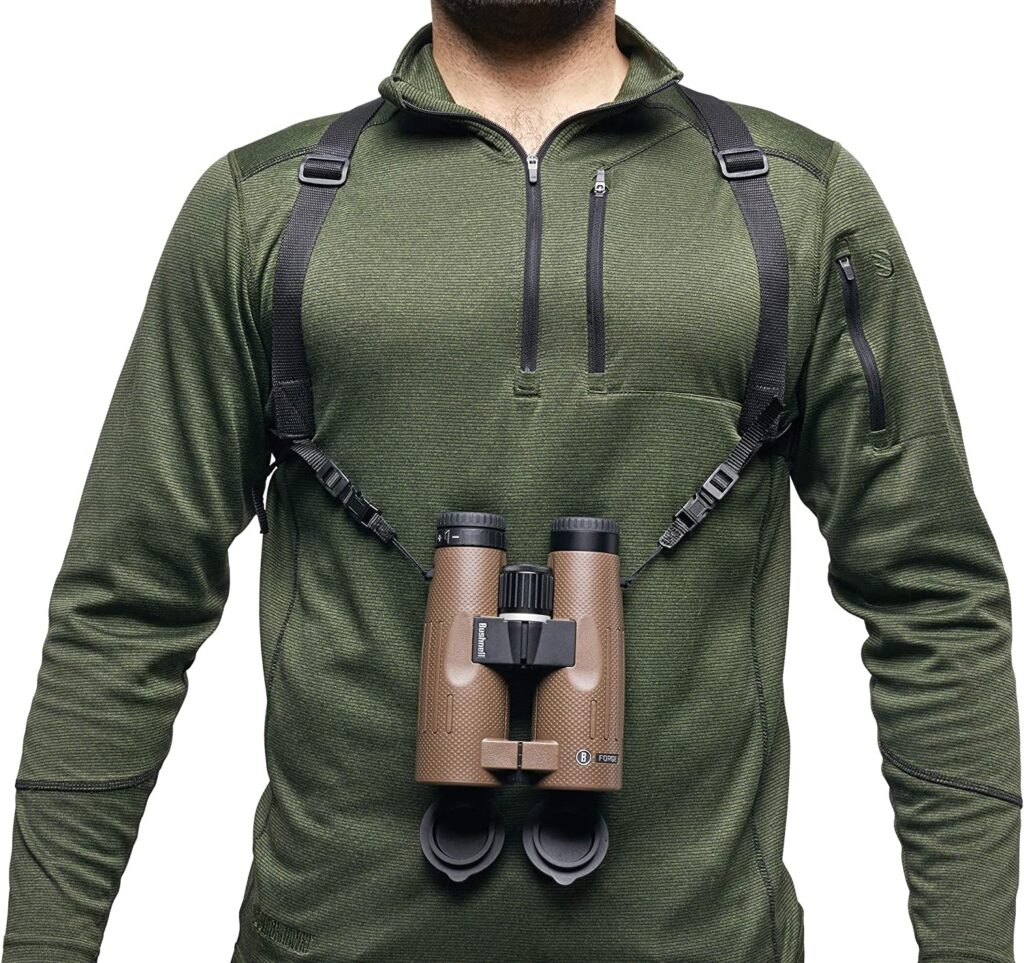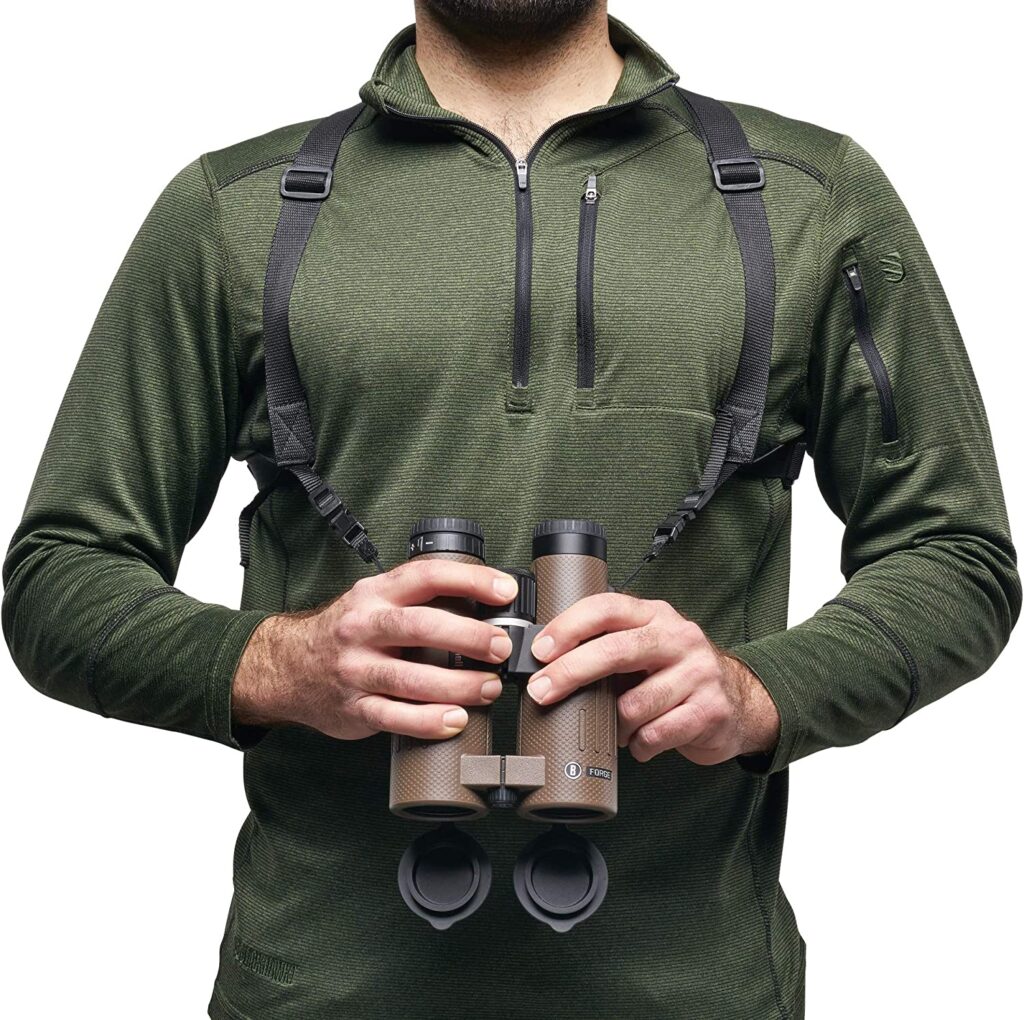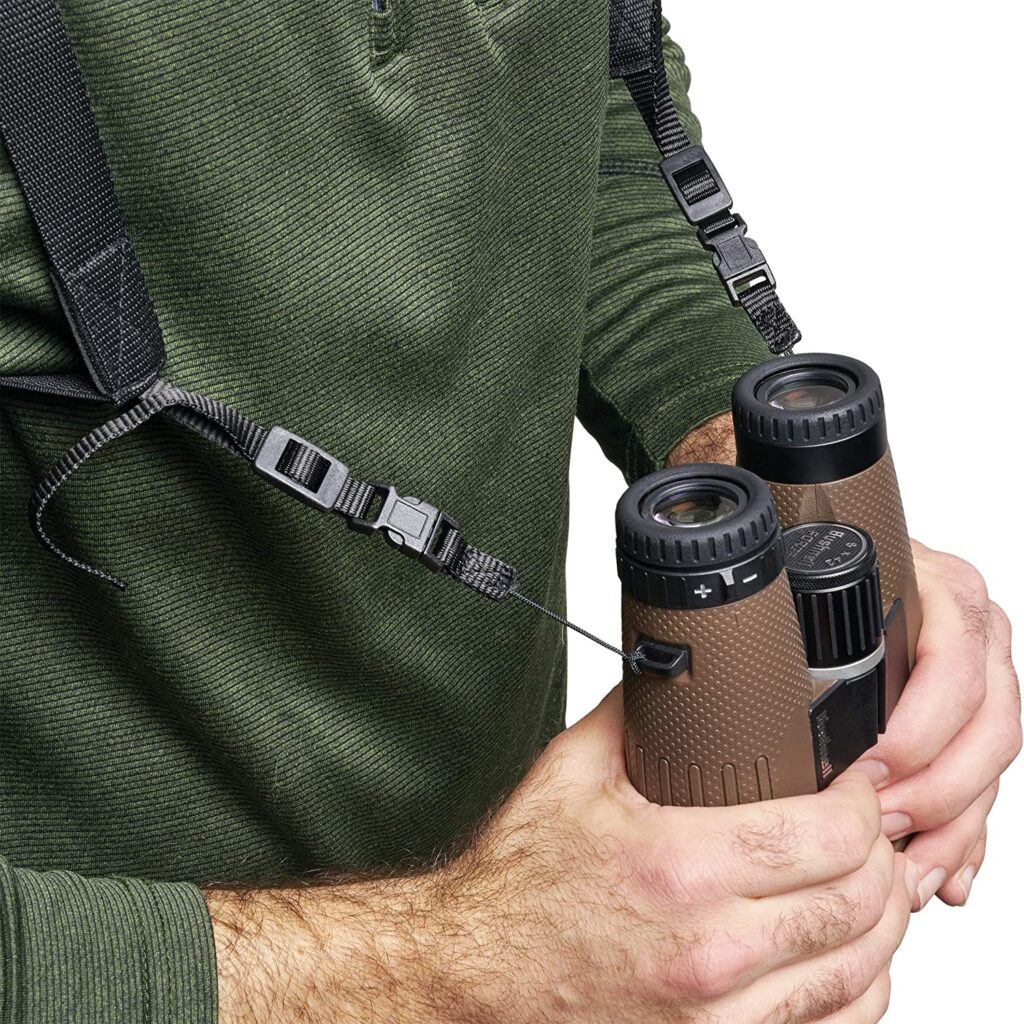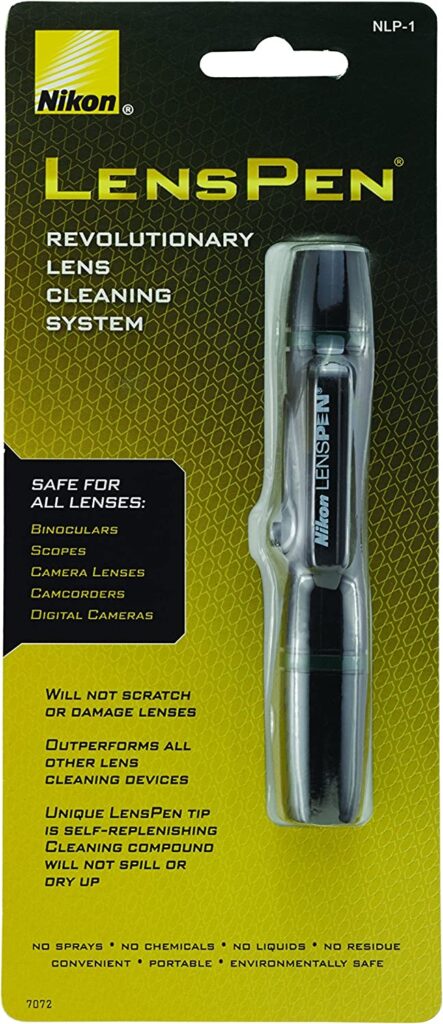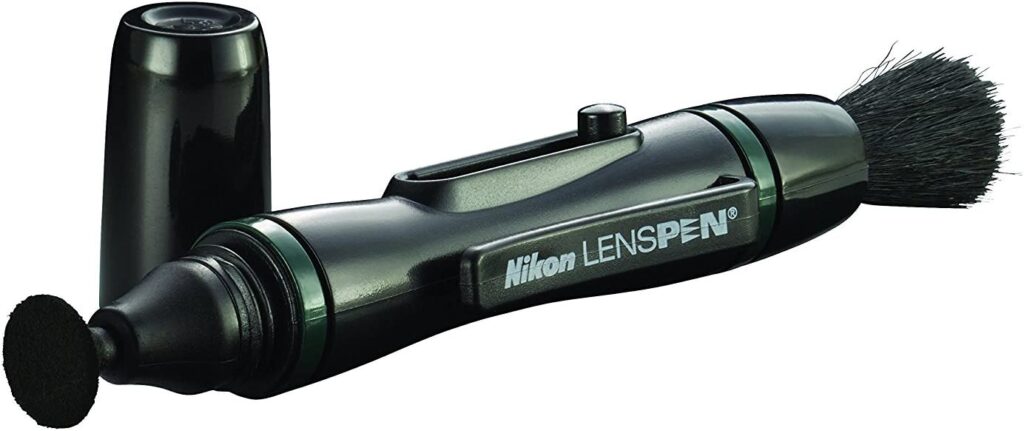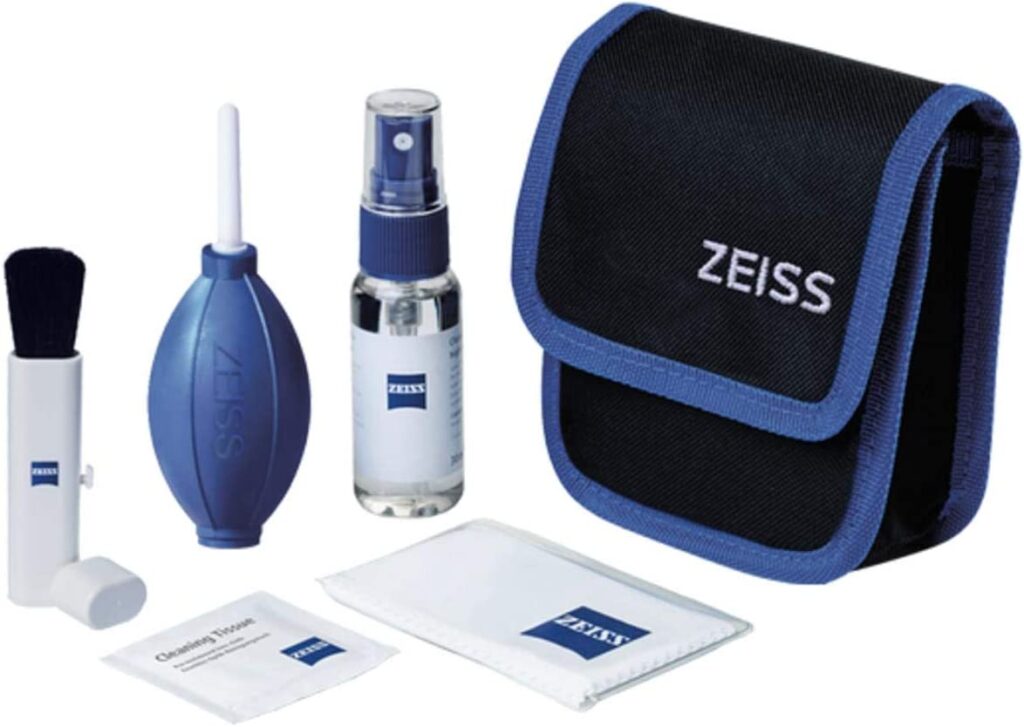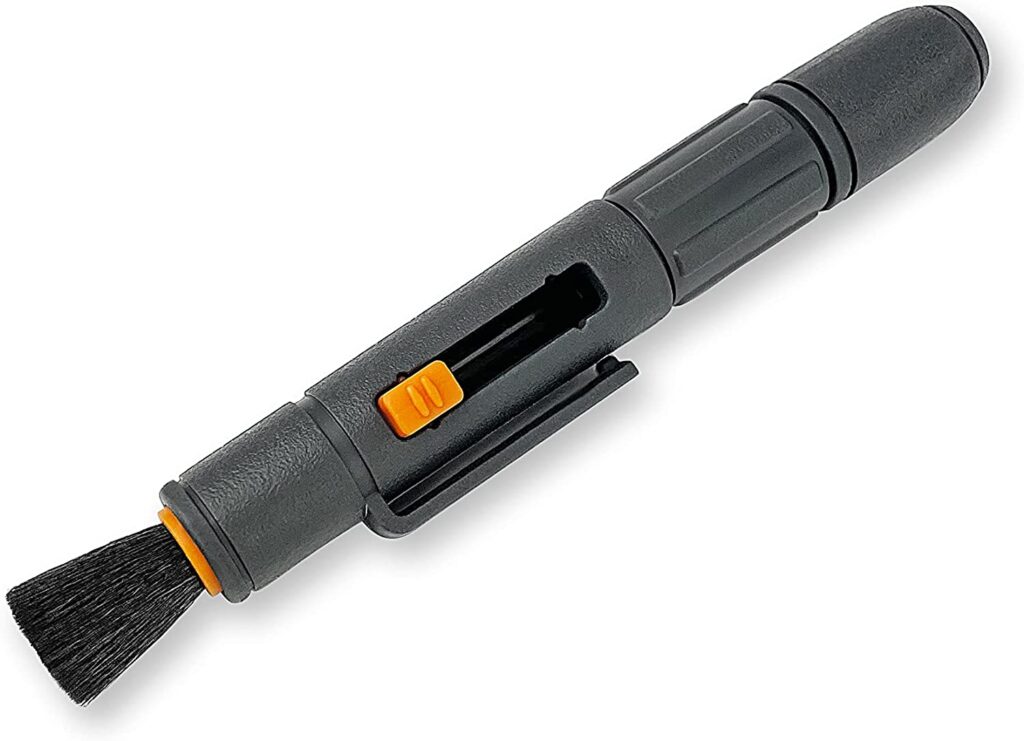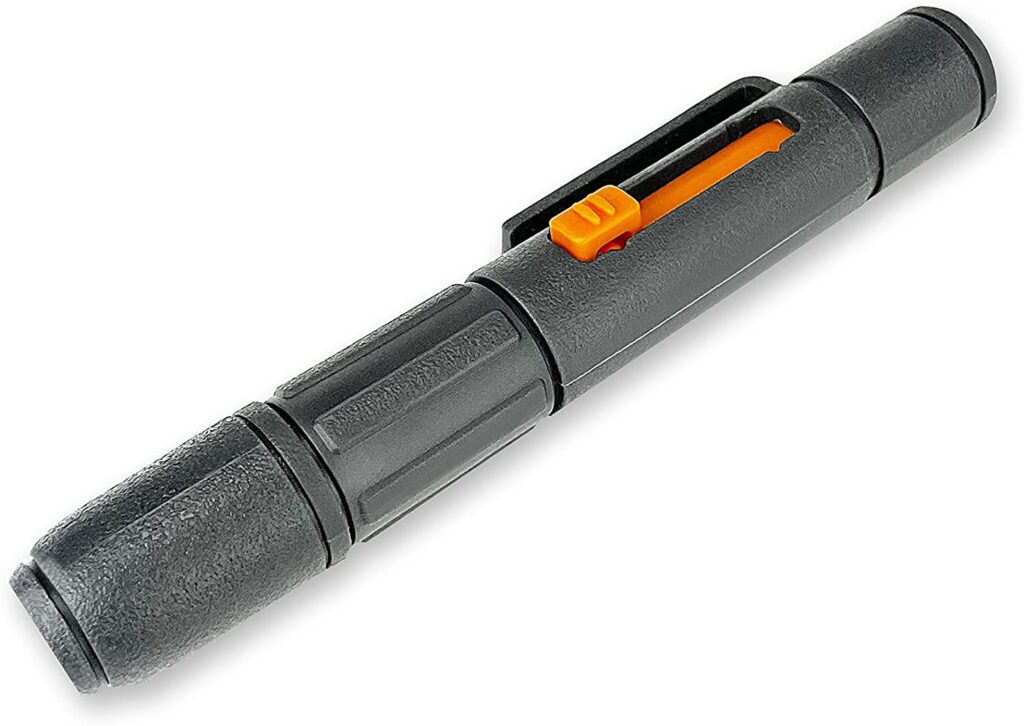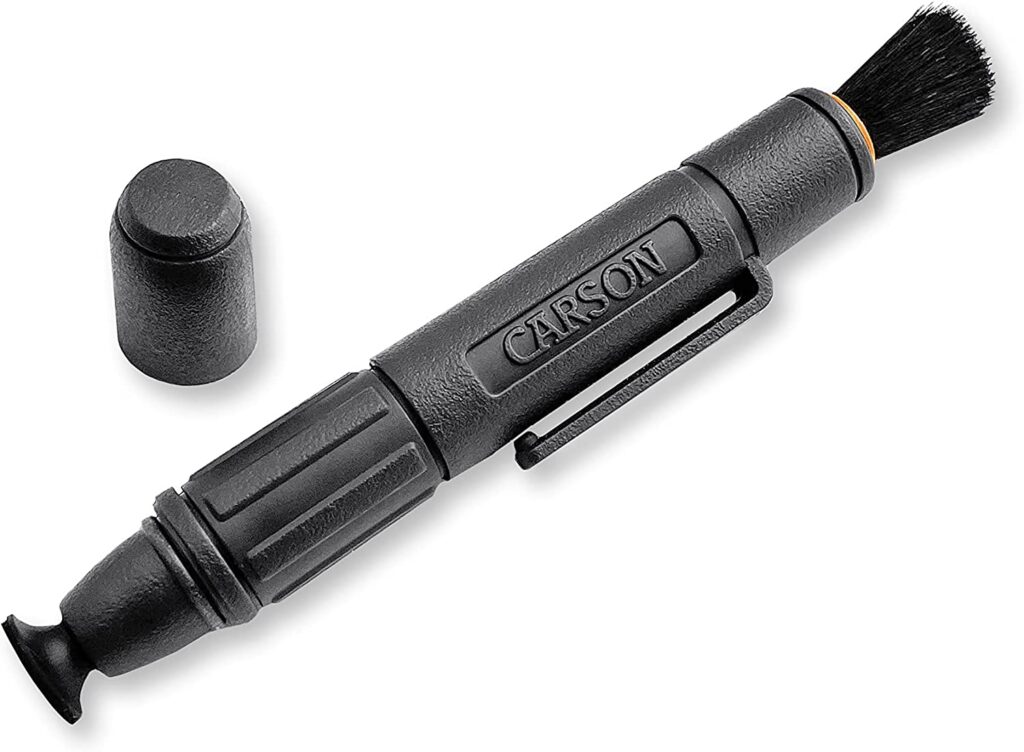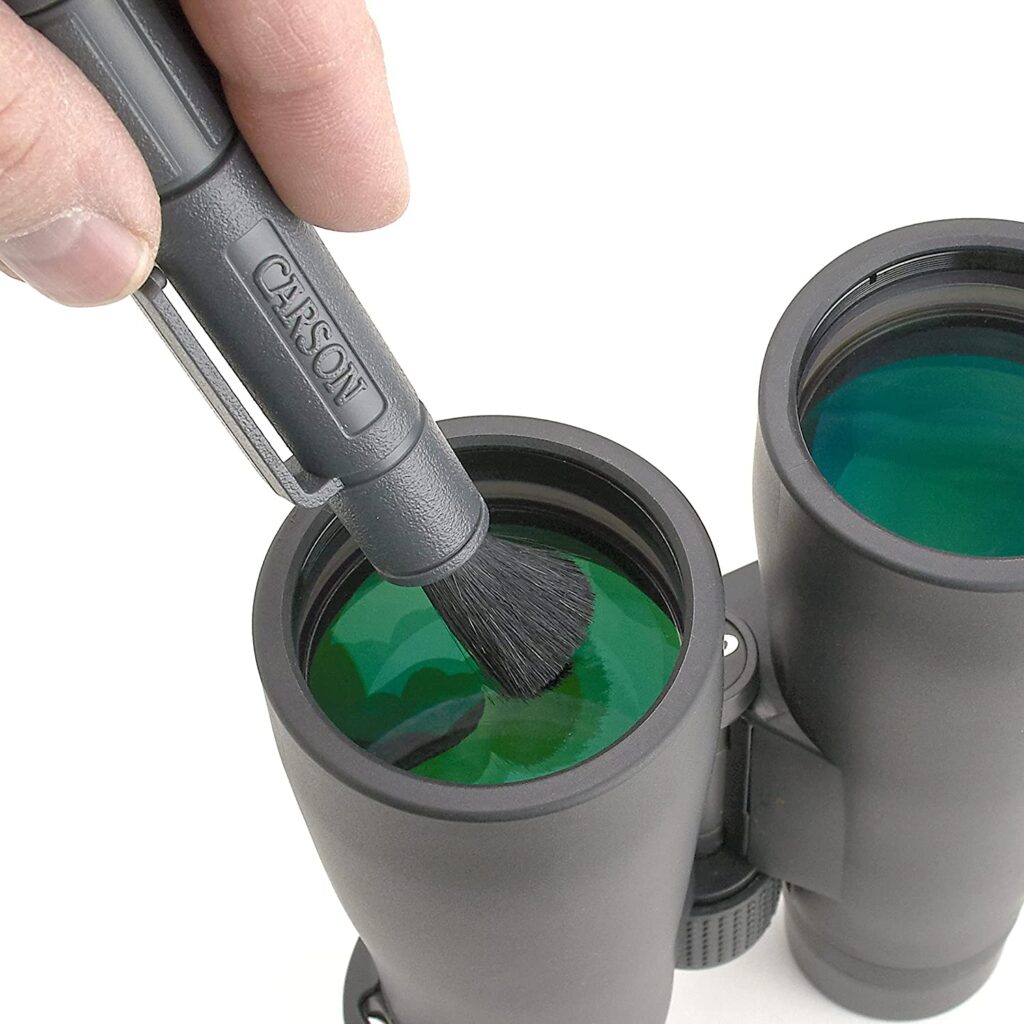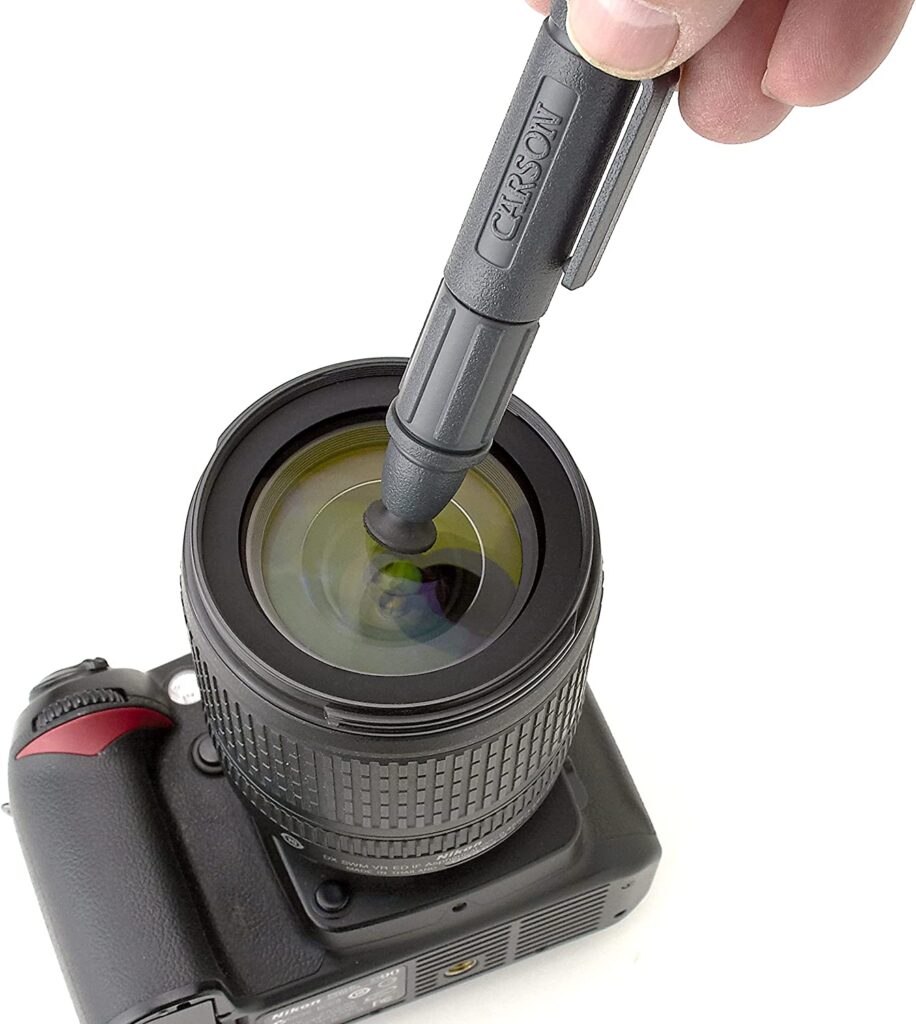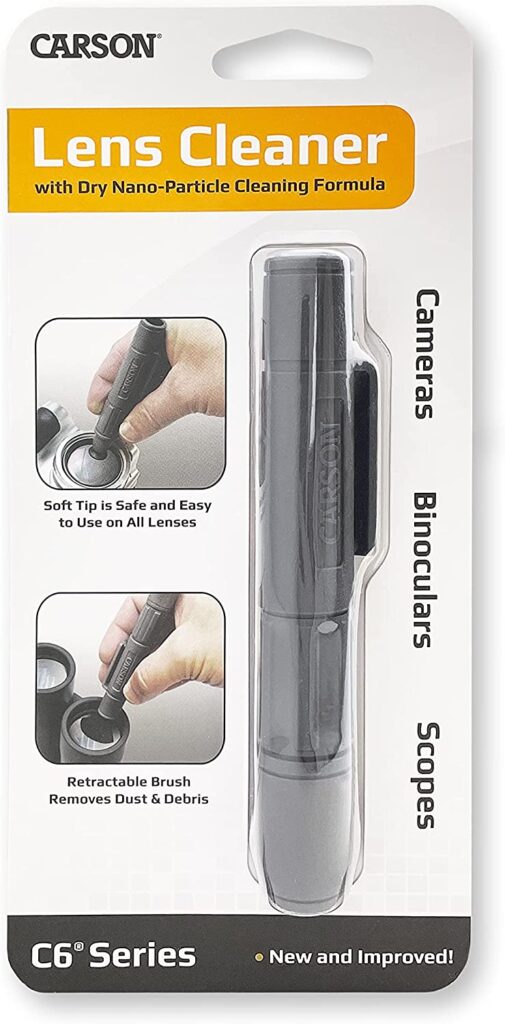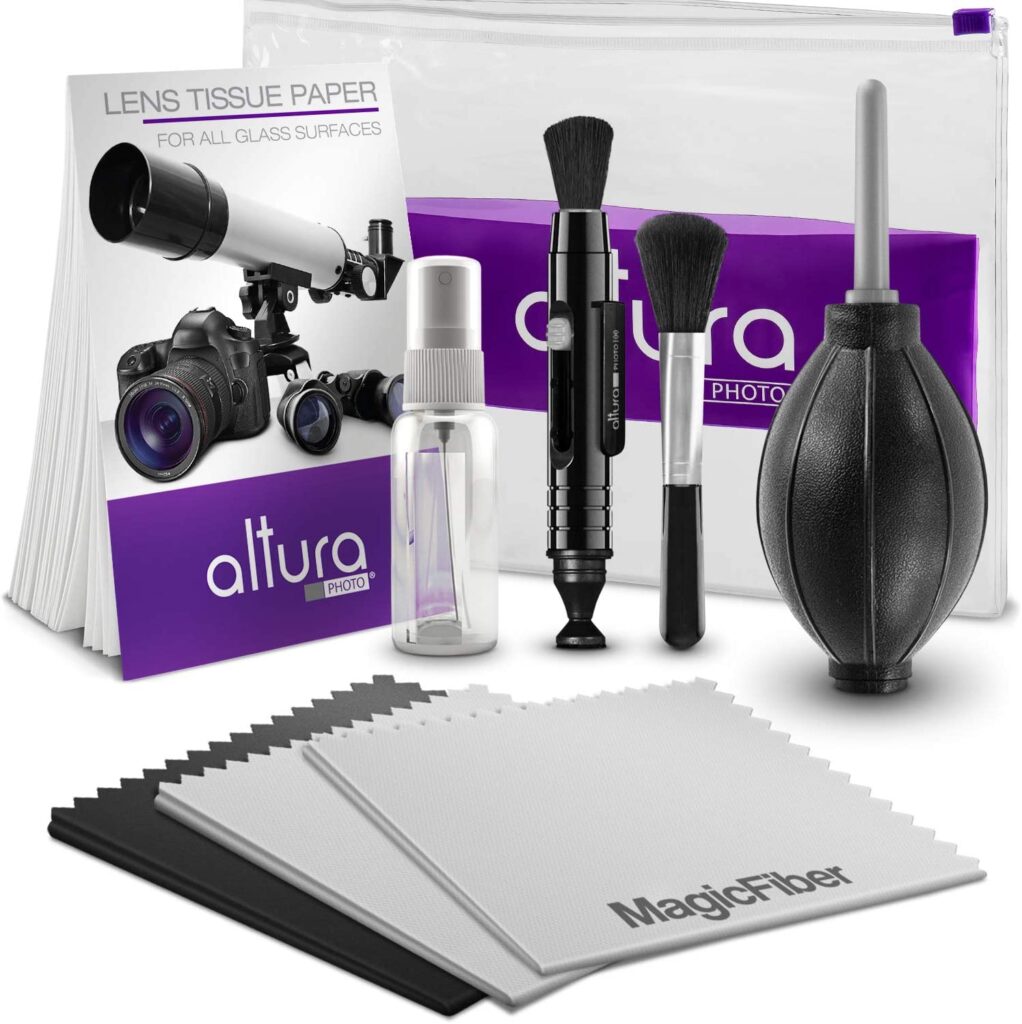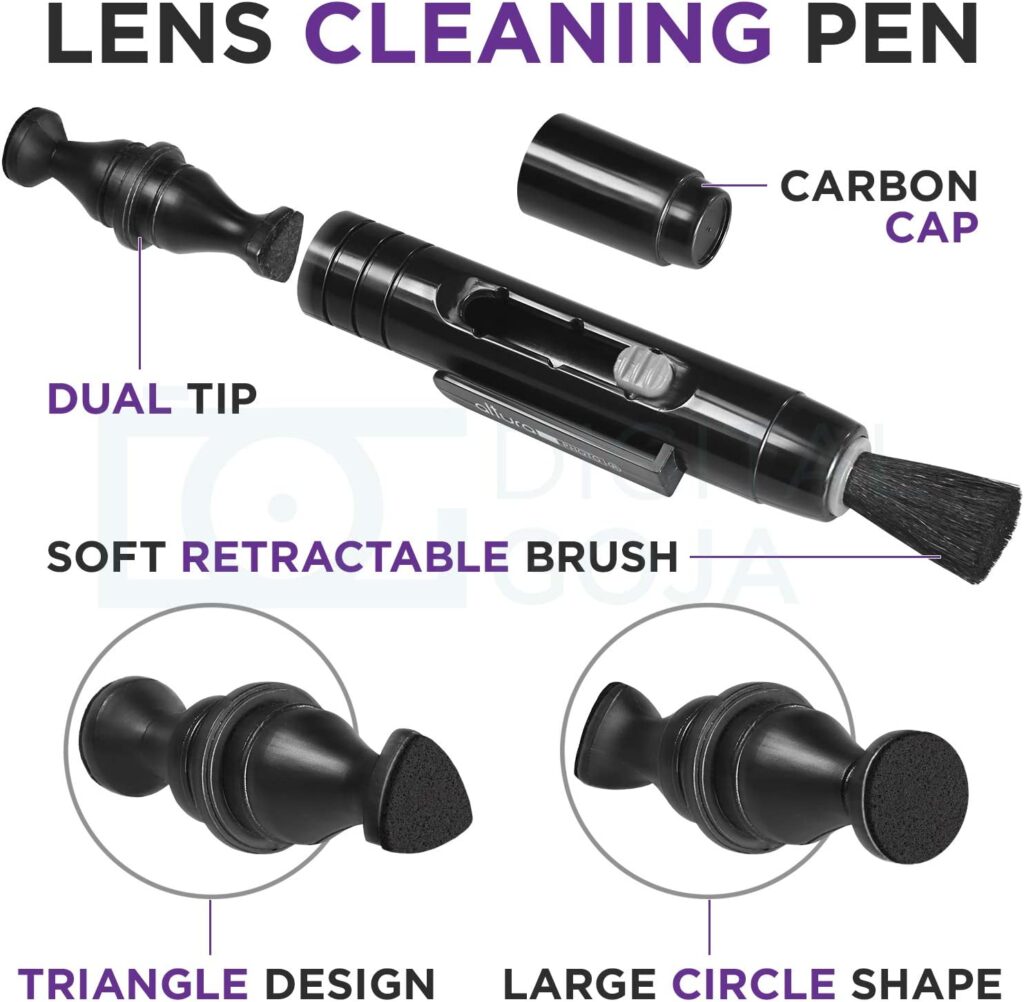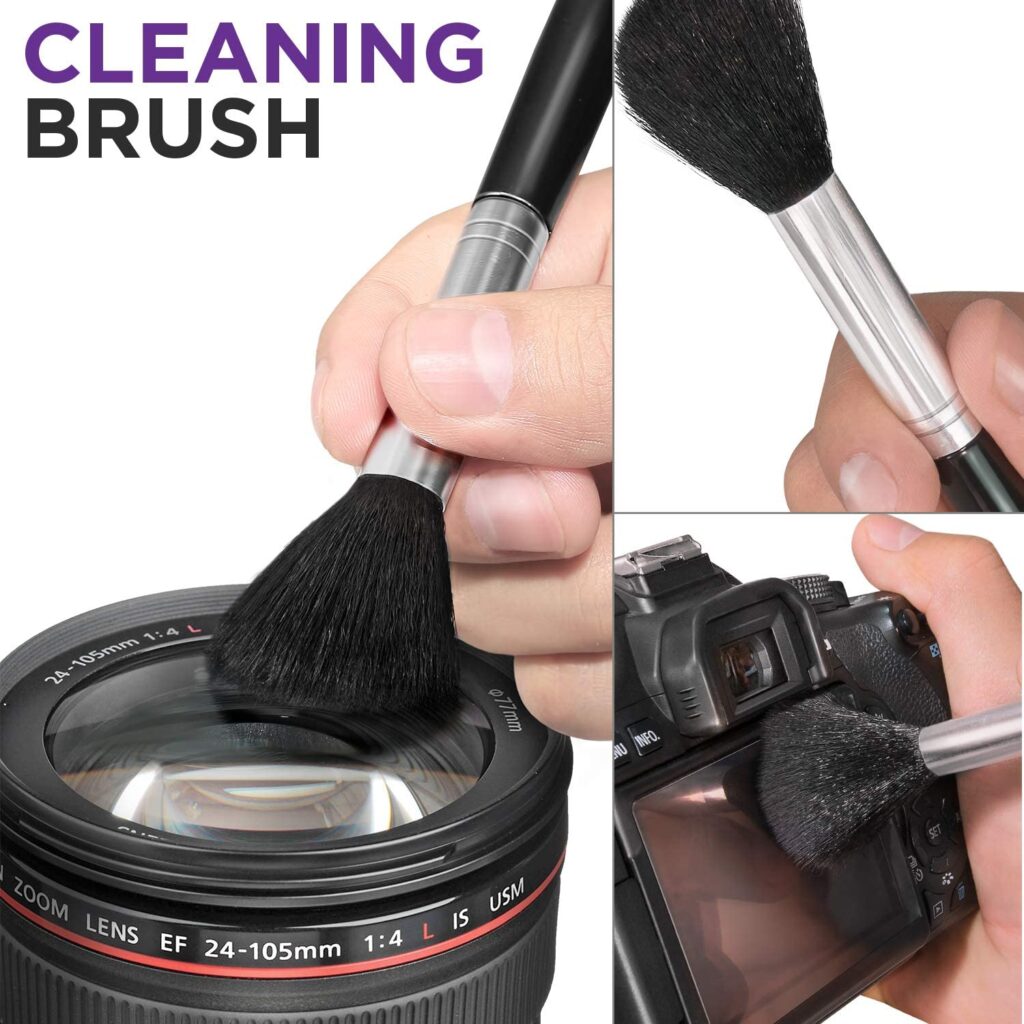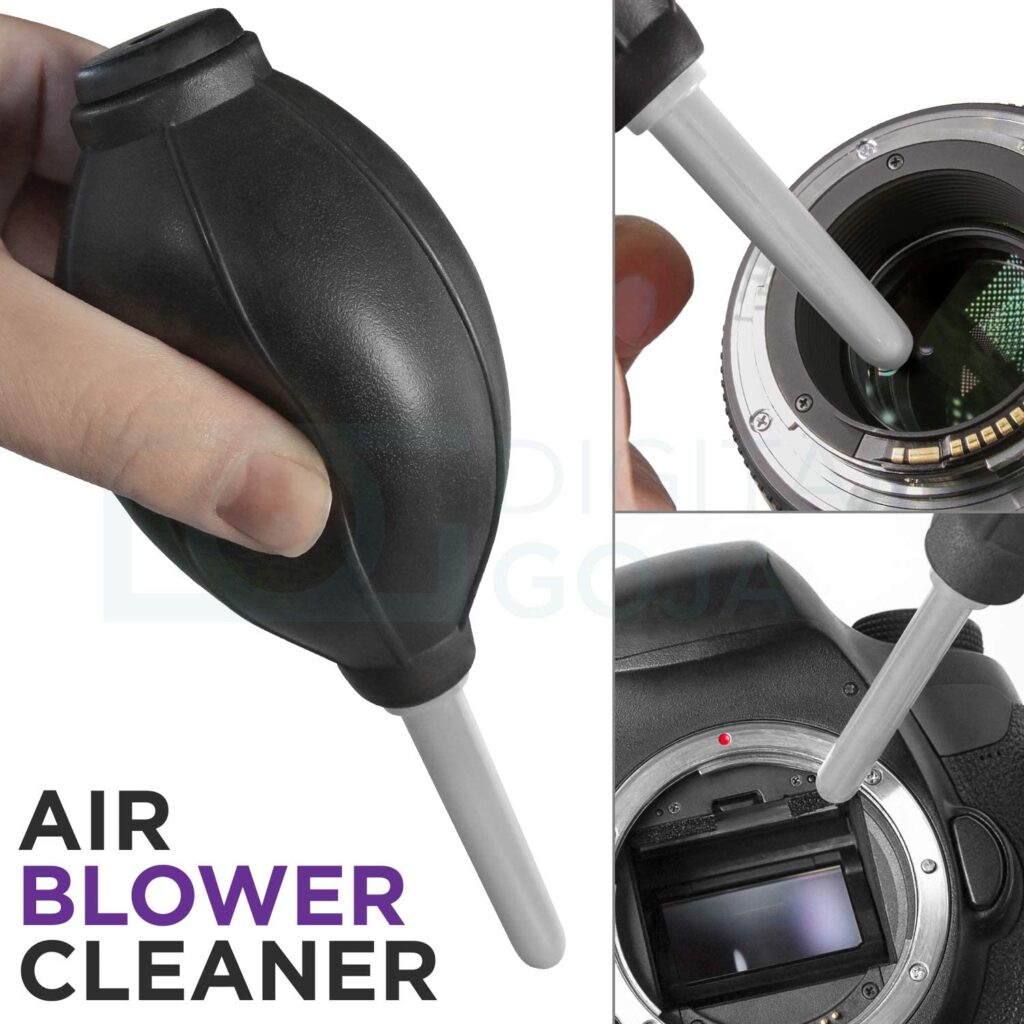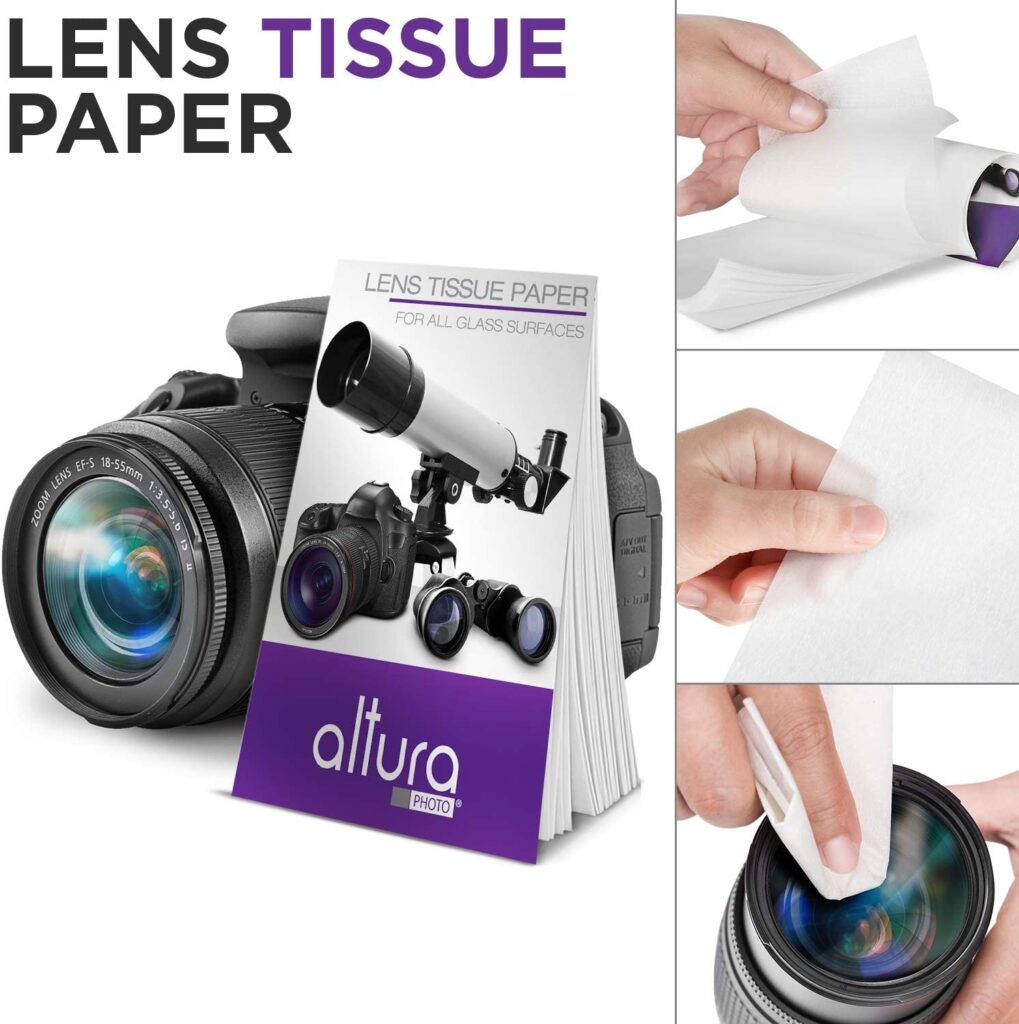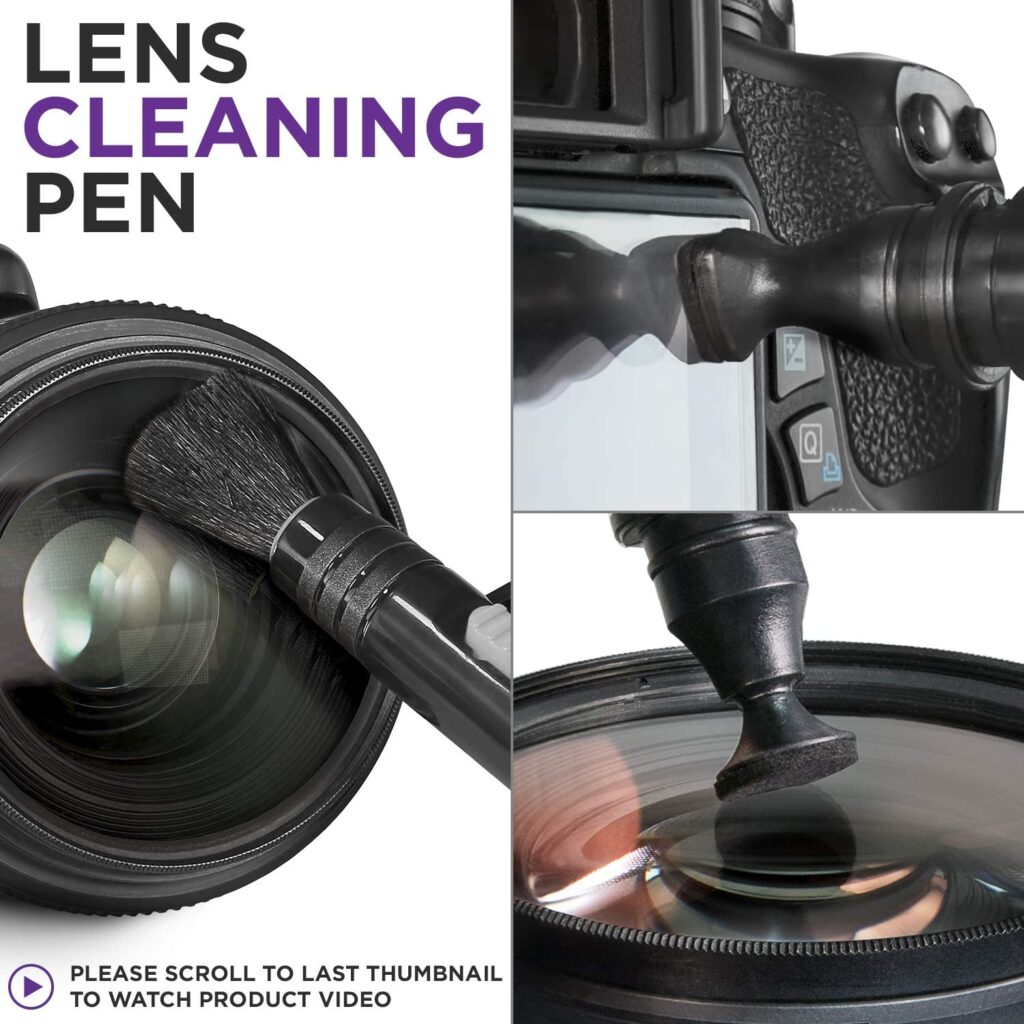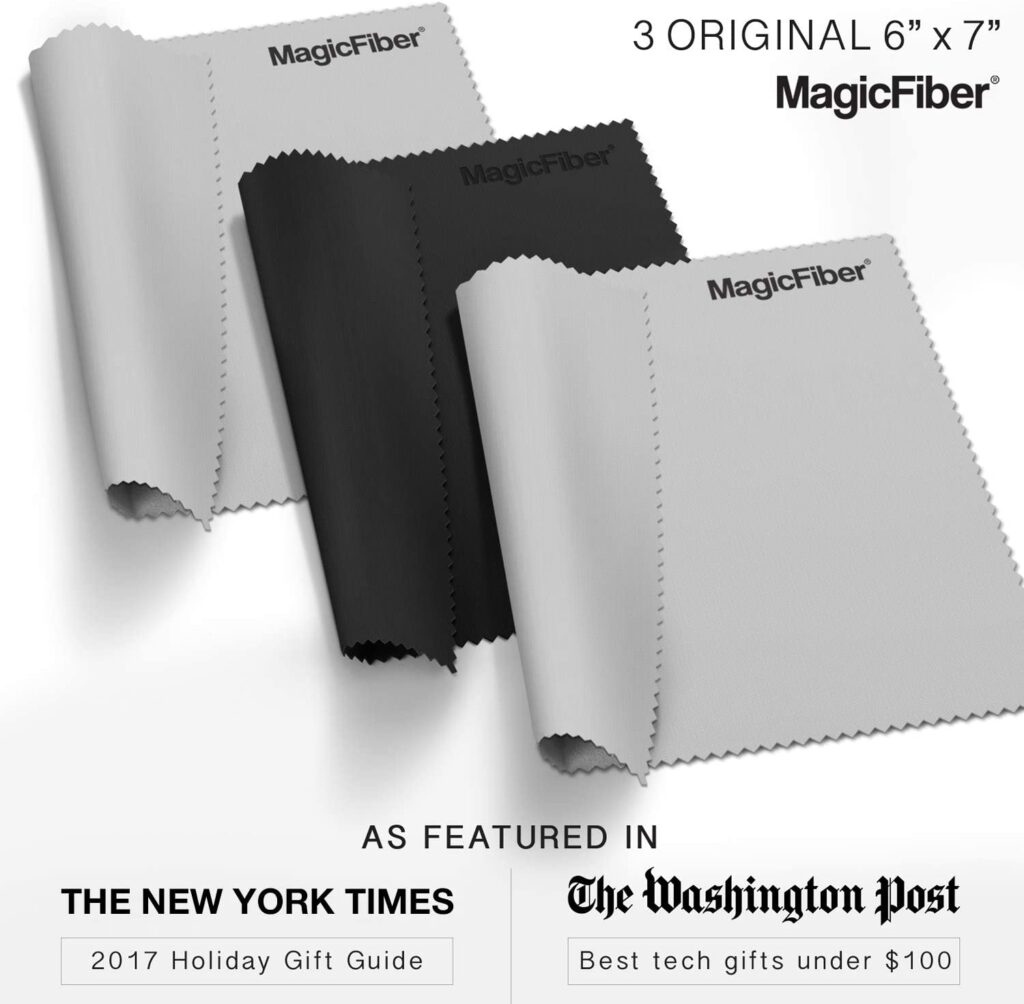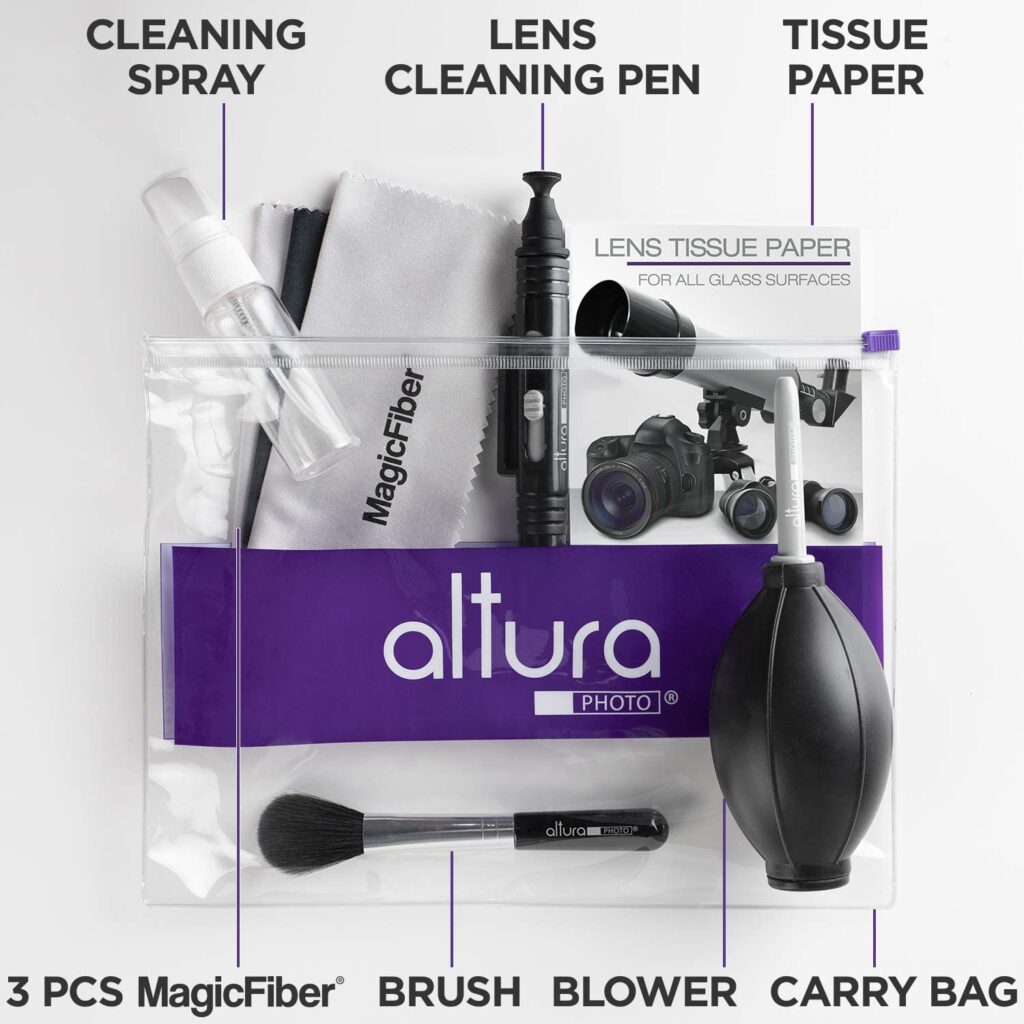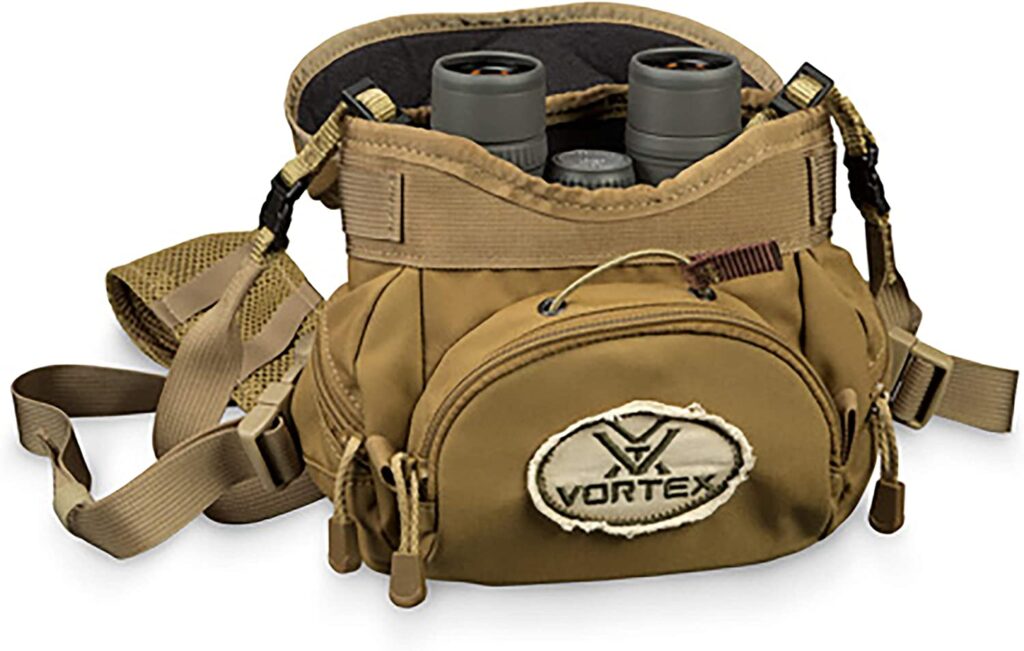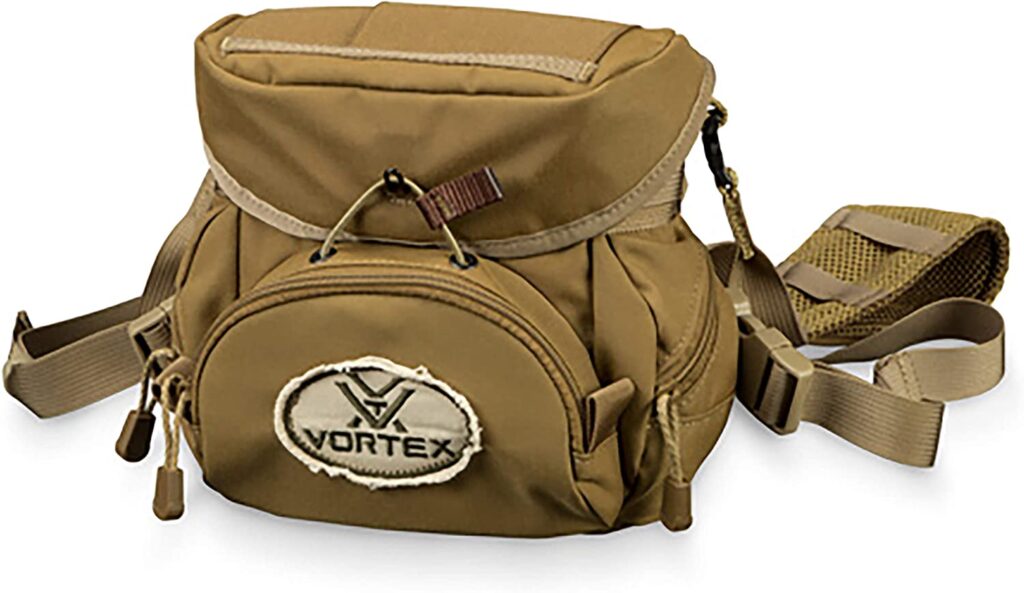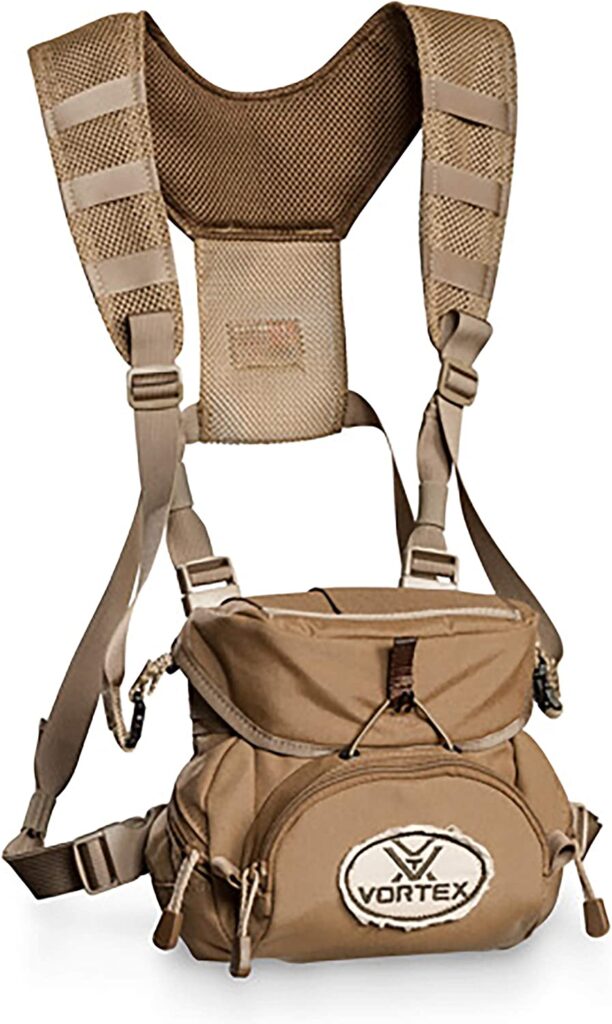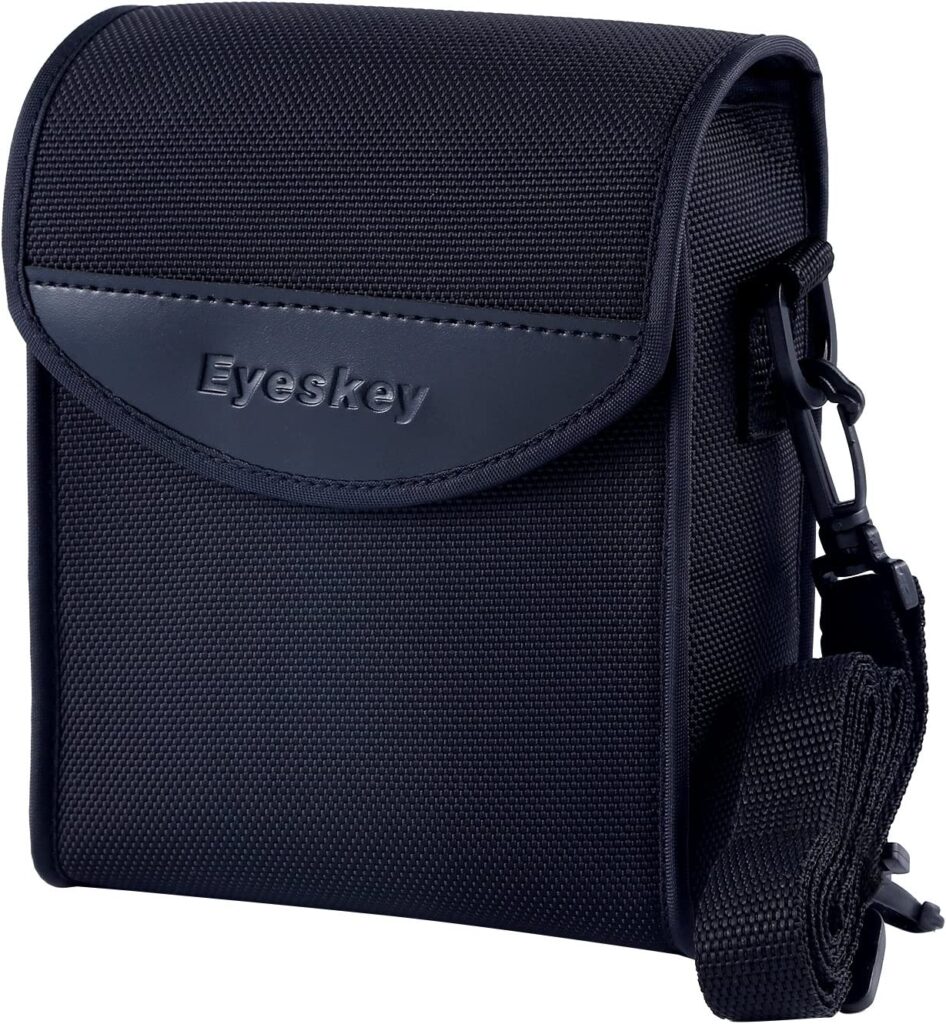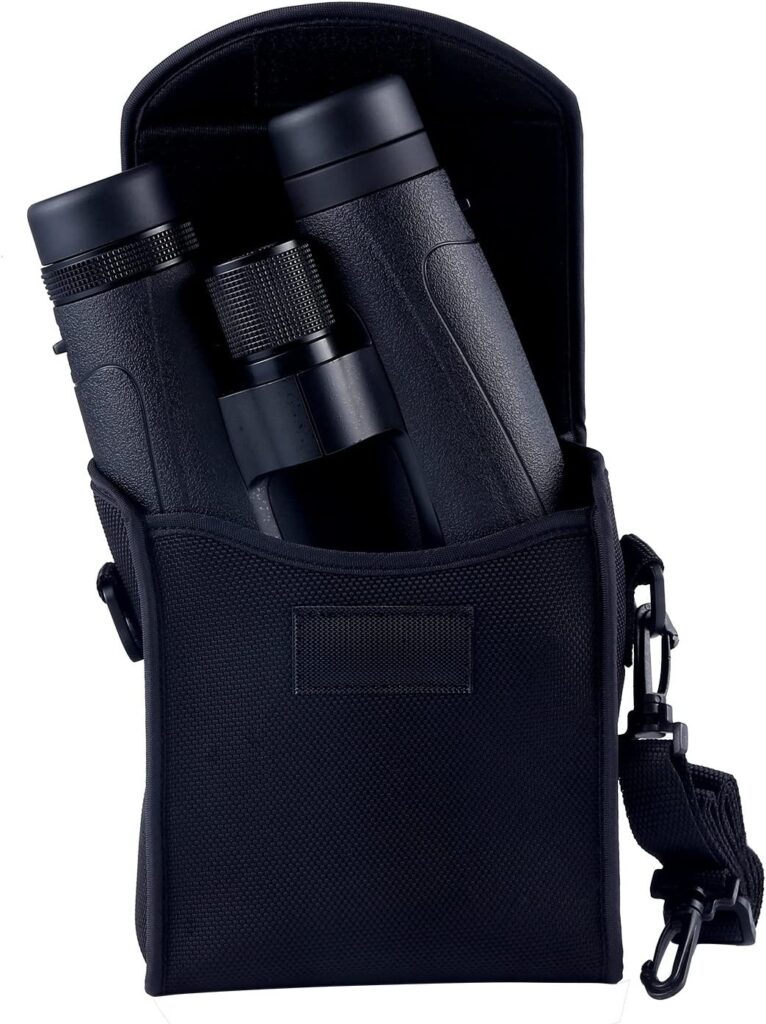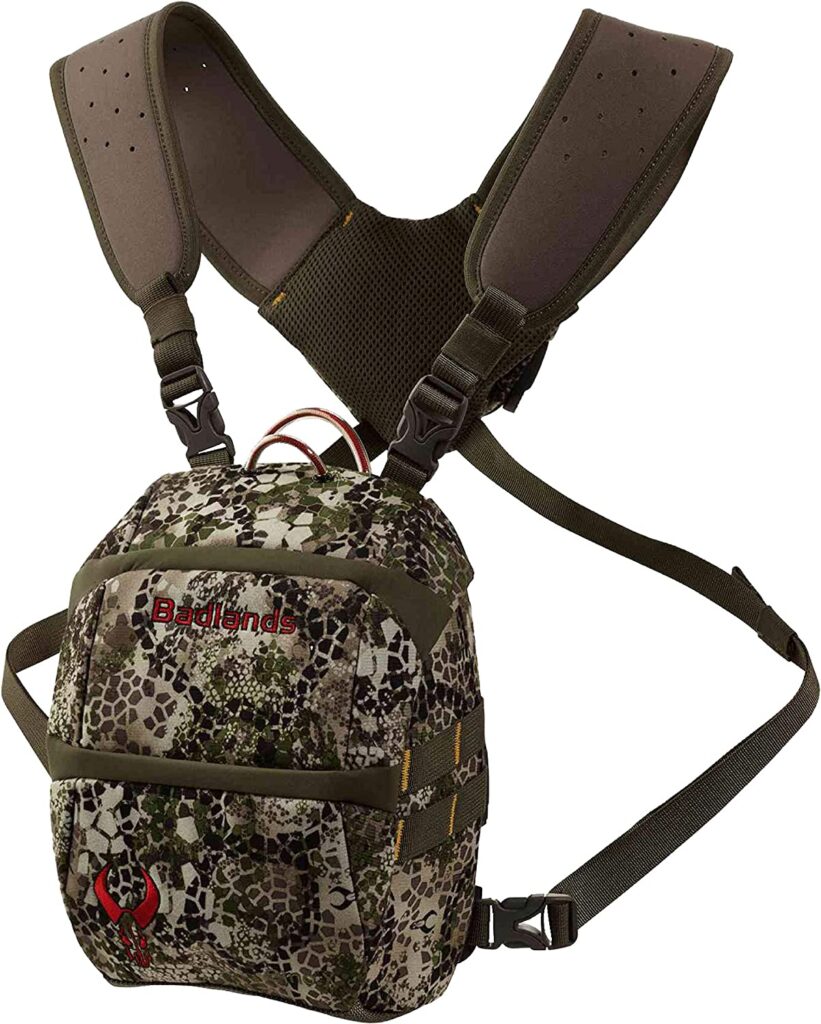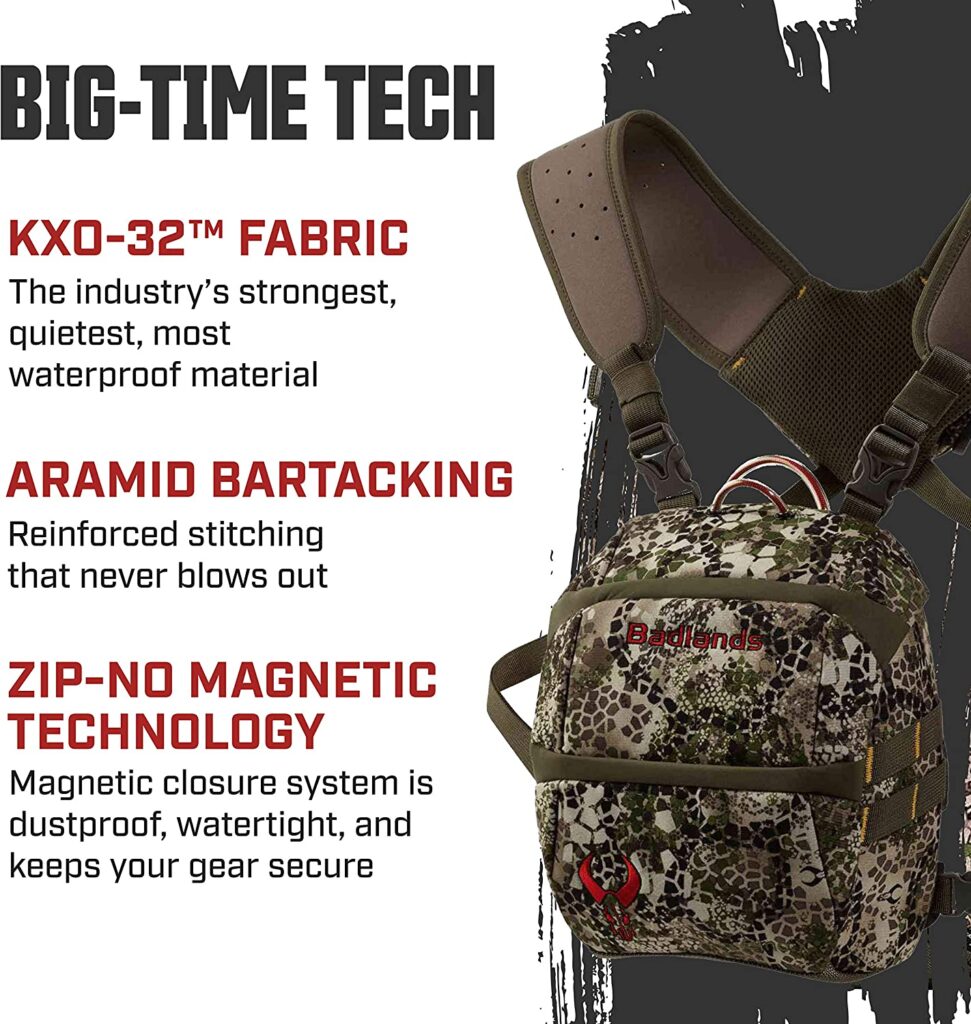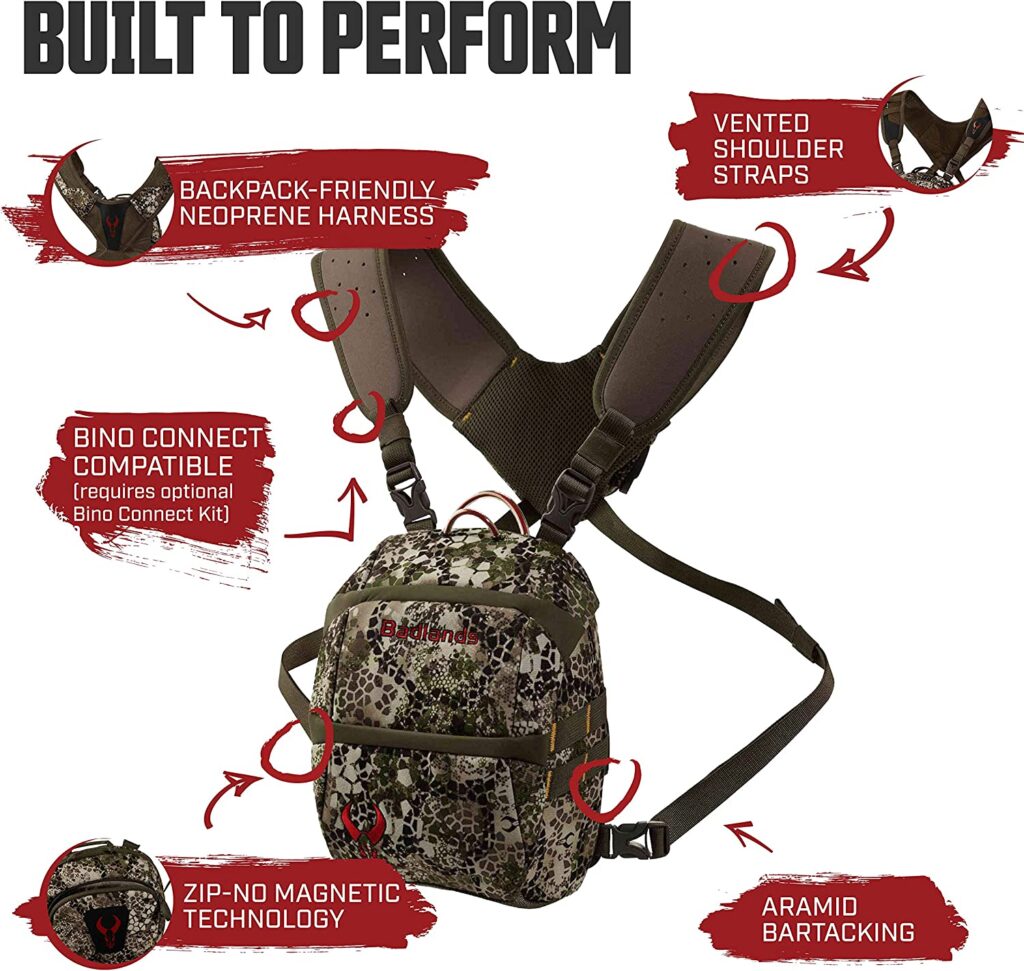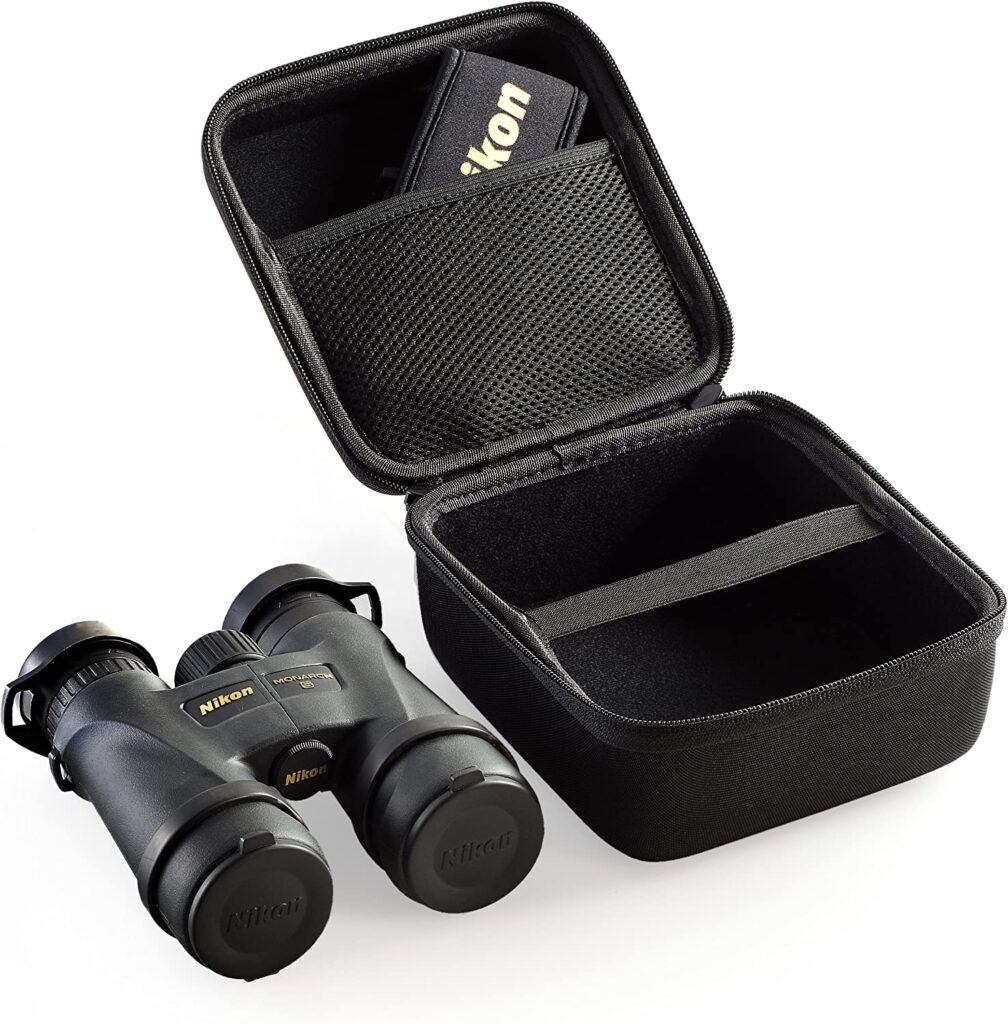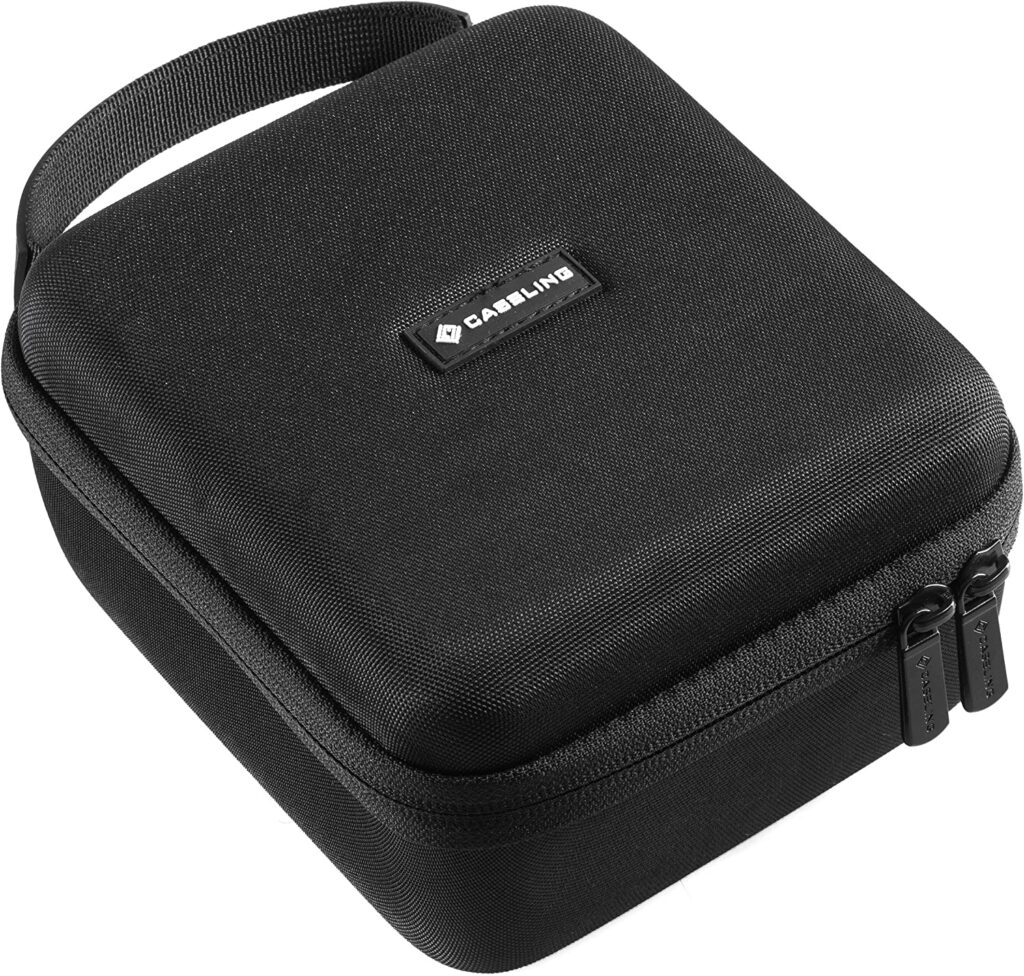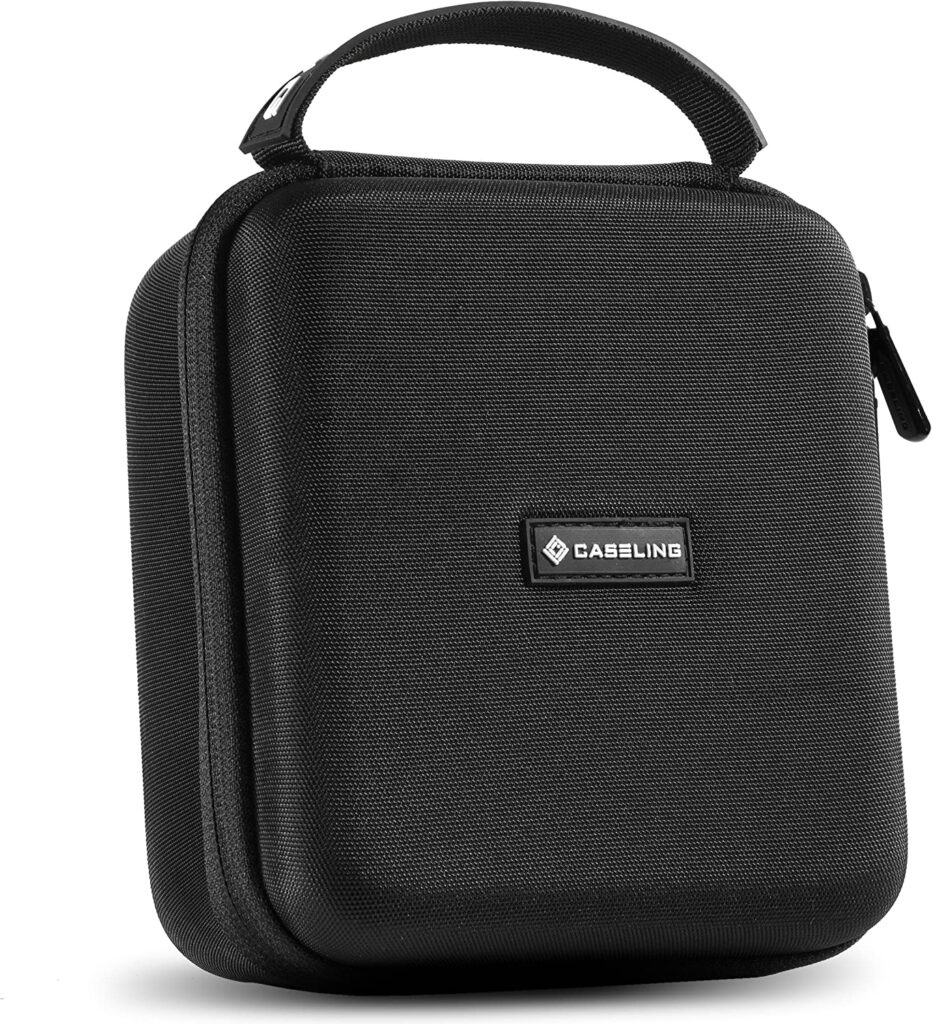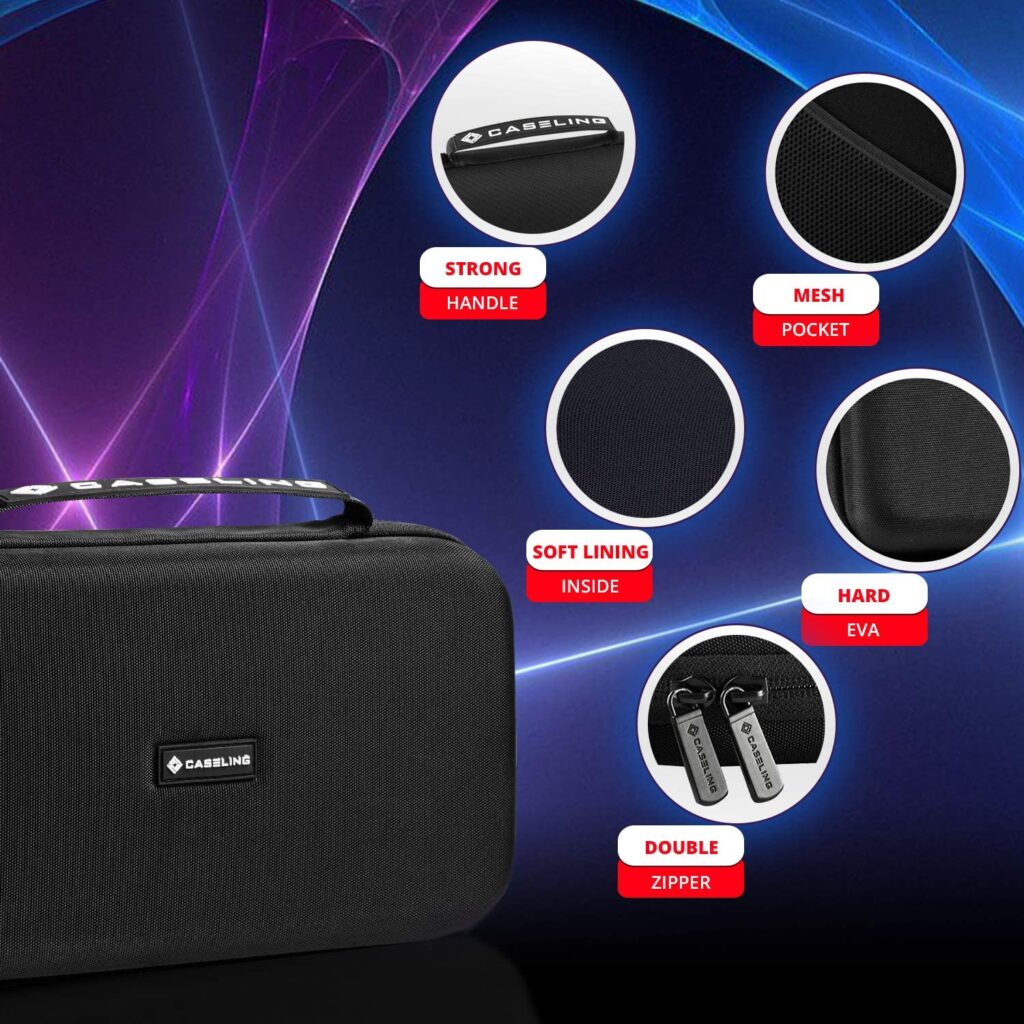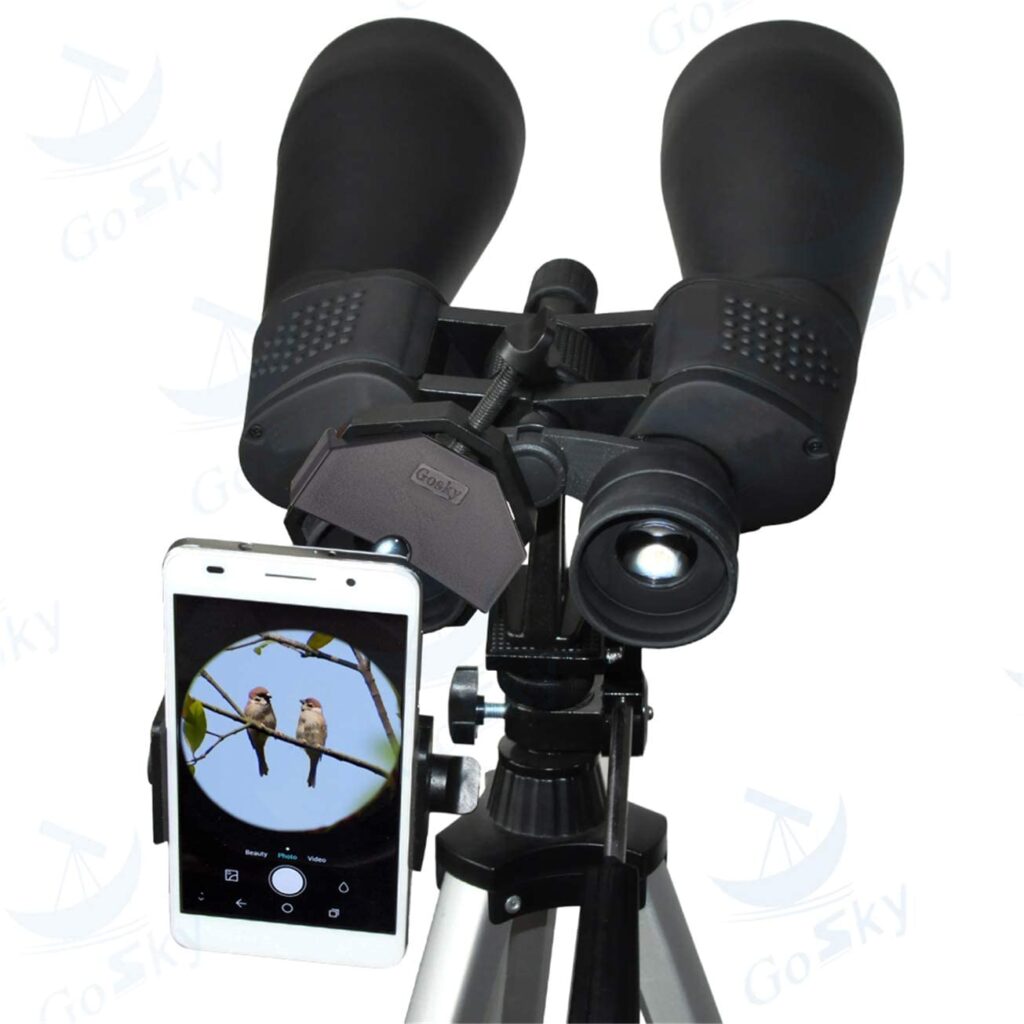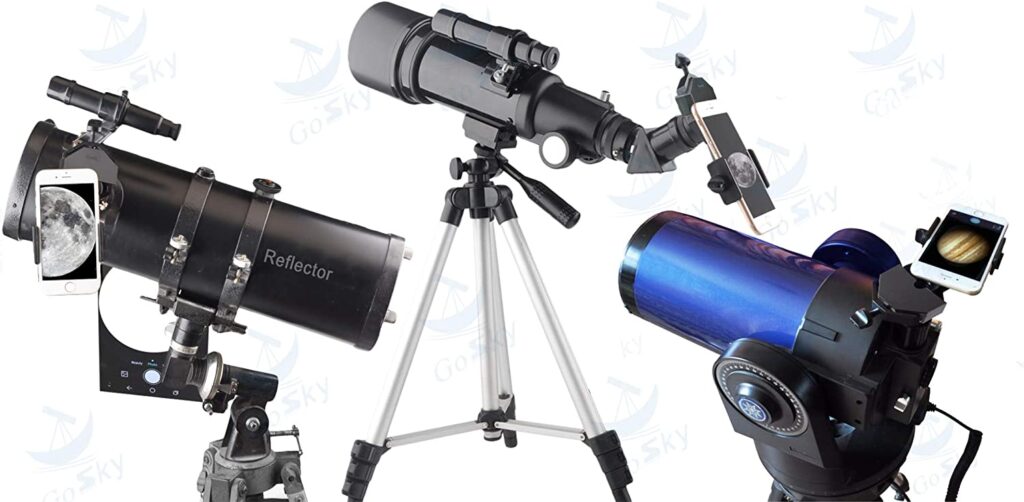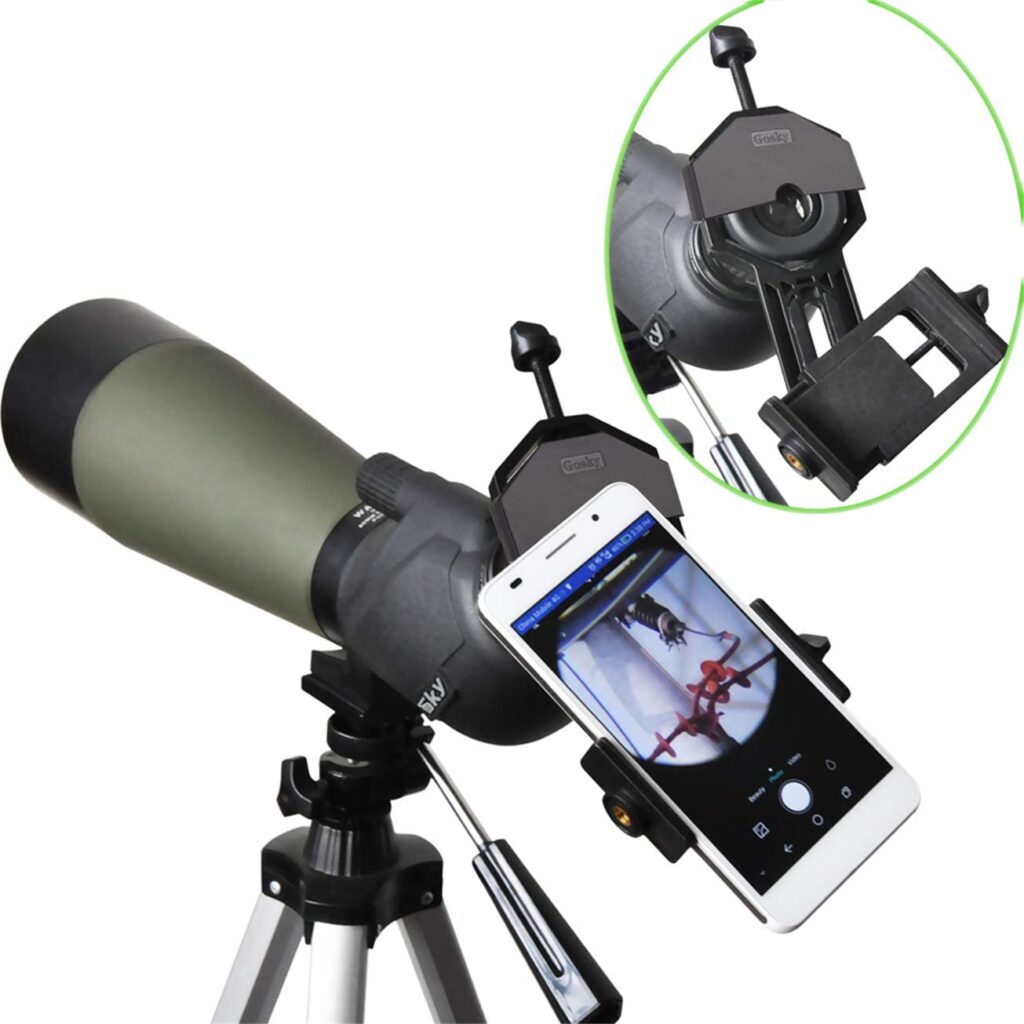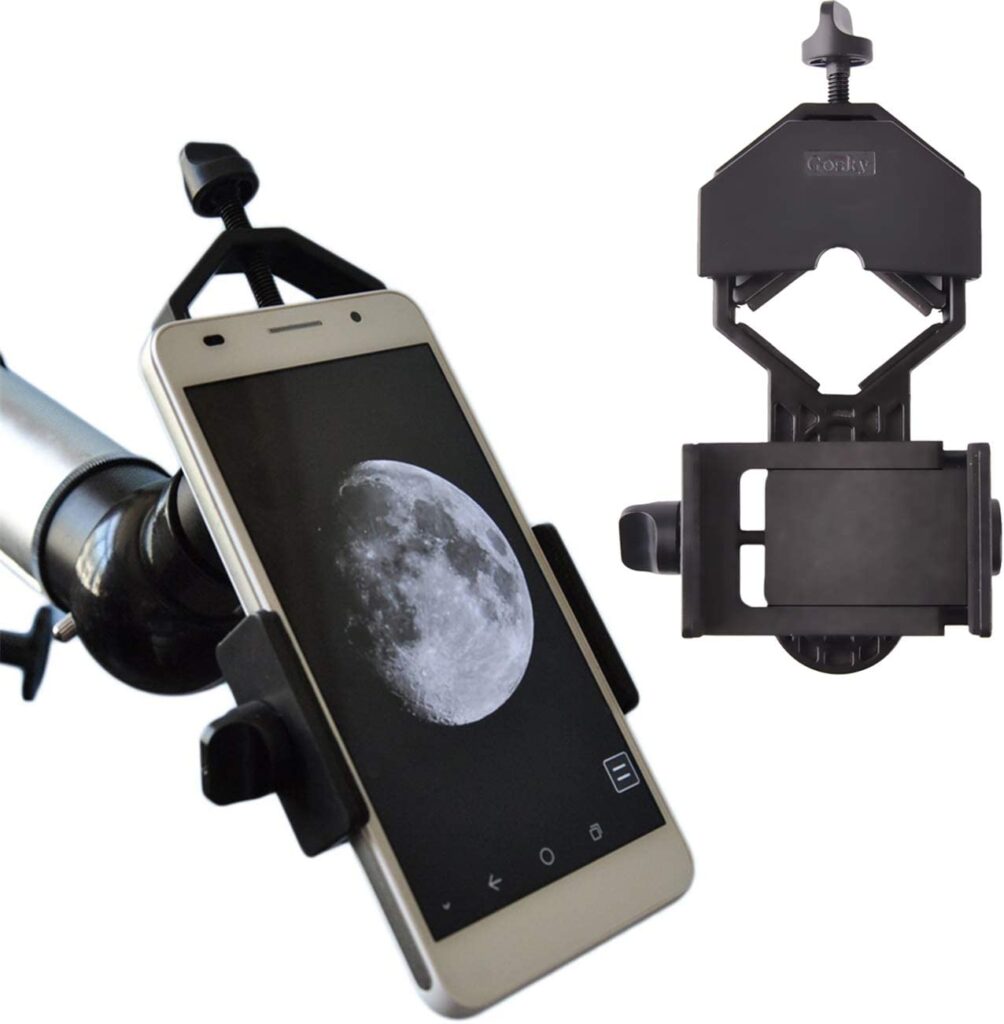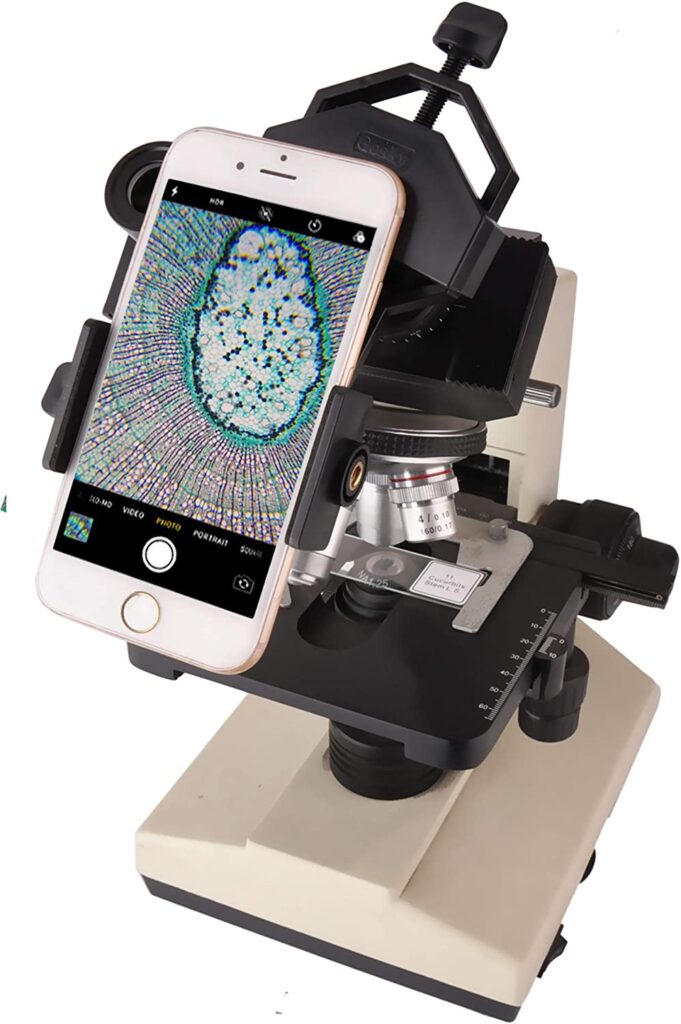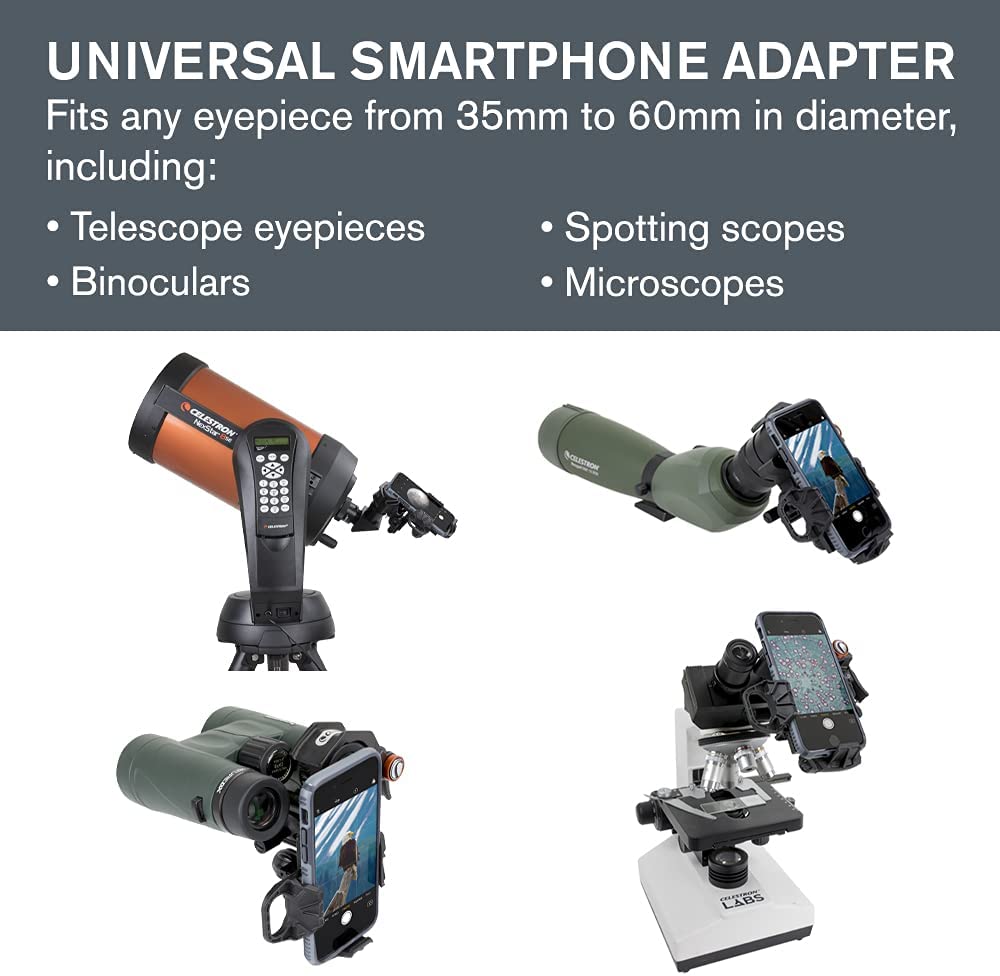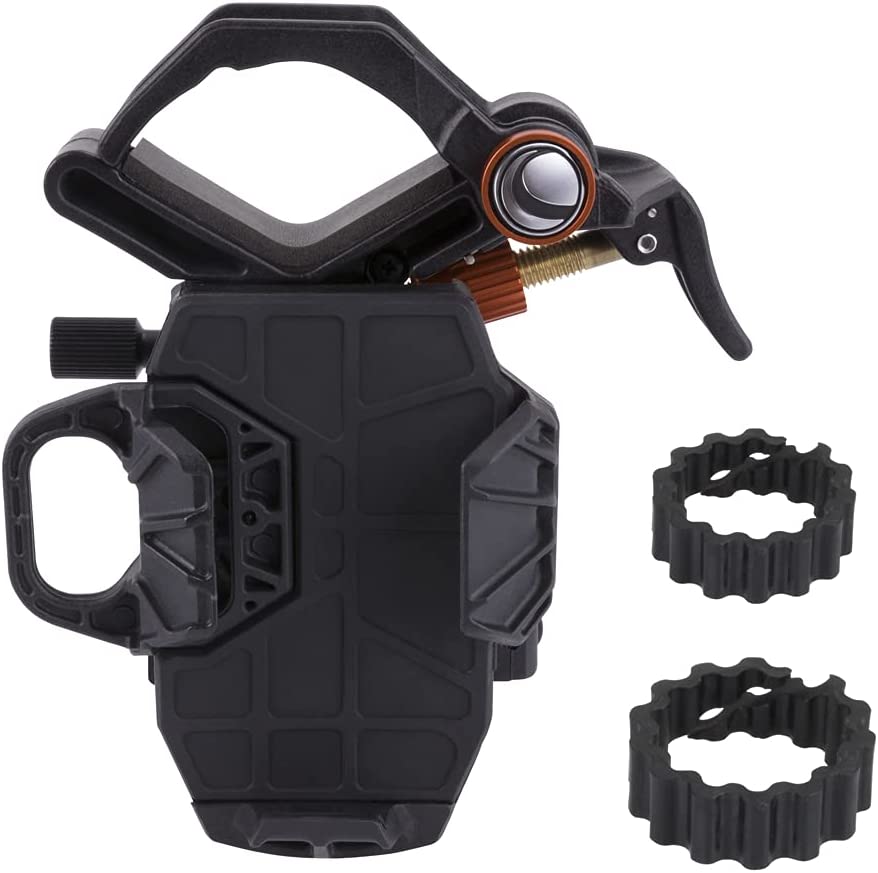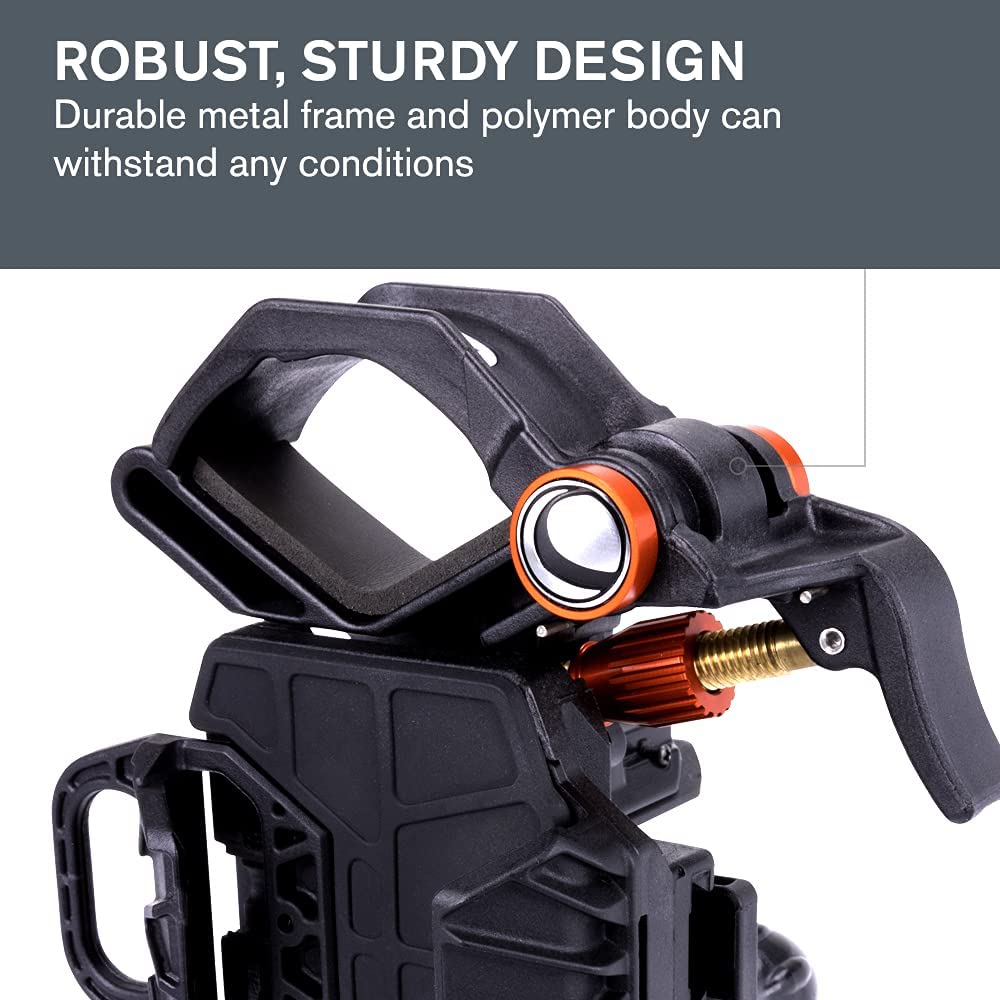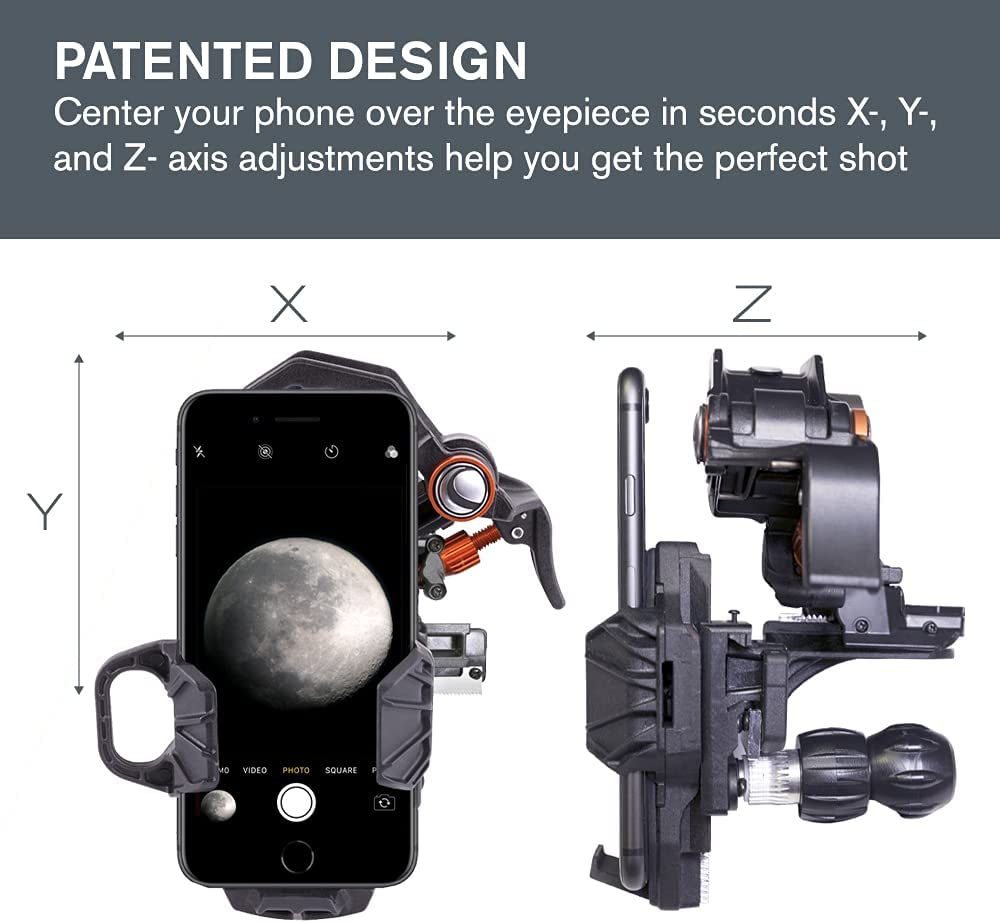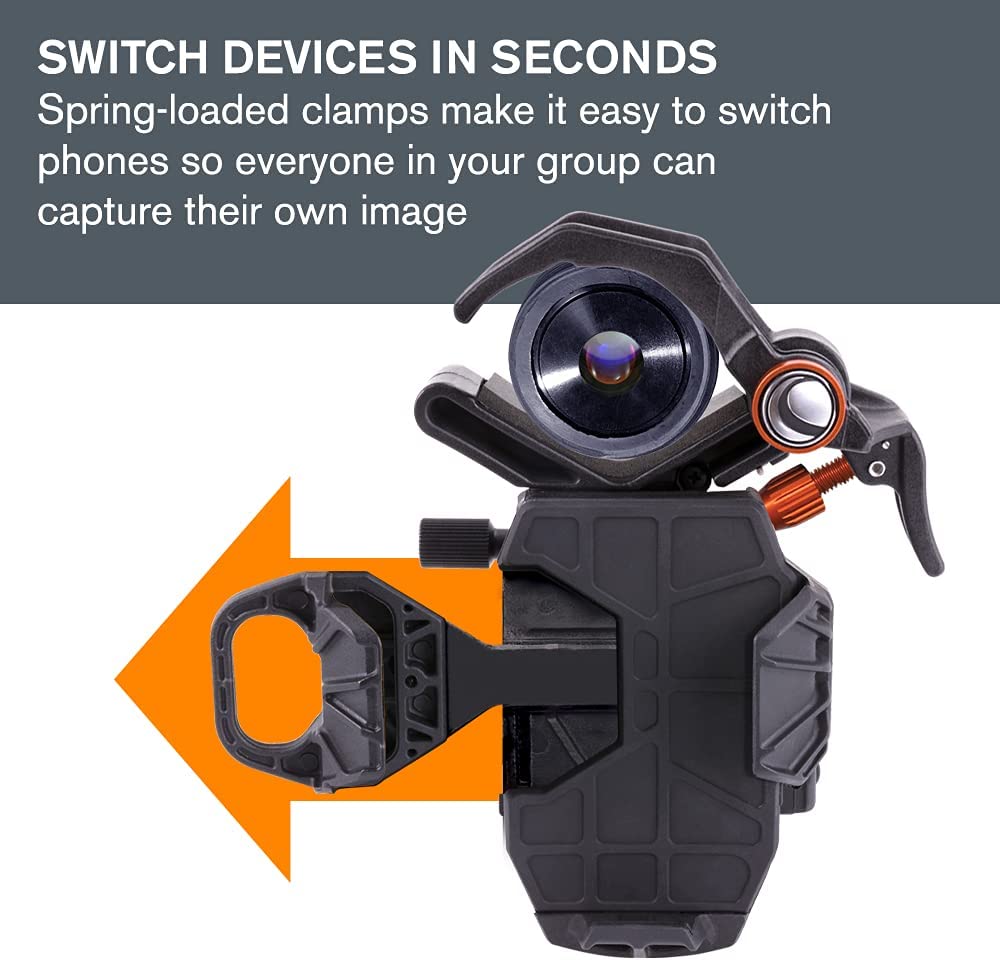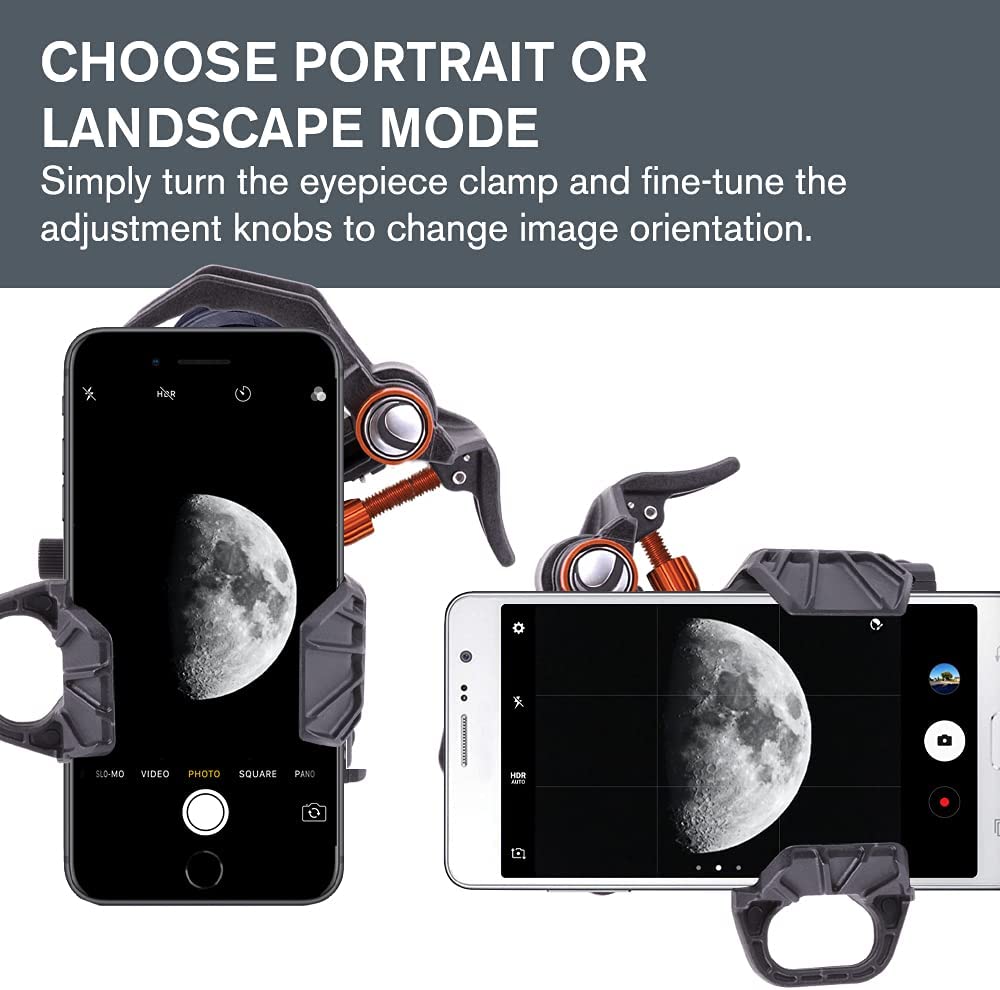Importance of Quality Binoculars for Birdwatching
Birdwatching is a captivating and rewarding hobby that allows enthusiasts to connect with nature, learn about various bird species, and enjoy the great outdoors. A critical piece of equipment for birdwatching enthusiasts is a quality pair of binoculars. The right binoculars can make all the difference between an enjoyable birdwatching experience and a frustrating one.
Quality binoculars not only provide a clearer, brighter image of the birds in their natural habitat, but they also allow birdwatchers to observe intricate details, such as plumage colors, patterns, and subtle markings, which are essential for accurate identification. Moreover, a good pair of binoculars enhances the birdwatching experience by providing a comfortable, ergonomic design that reduces strain during long periods of use.
Investing in a high-quality pair of binoculars designed specifically for birdwatching will significantly improve your ability to spot and identify a wide variety of bird species, even those that are elusive or camouflaged. In addition, quality binoculars will be durable and weather-resistant, ensuring that they can withstand the outdoor elements and accompany you on countless birdwatching adventures.
In this article, we will explore the top 10 must-have binoculars for birdwatching enthusiasts, each with their unique features and benefits, to help you unveil the secrets of the skies and elevate your birdwatching experience to new heights.
Brief Overview of the 10 Must-Have Binoculars
In our quest to identify the top 10 must-have binoculars for birdwatching enthusiasts, we have considered various factors, such as image quality, magnification, field of view, and durability, among others. Our list includes binoculars from reputable brands and at different price points, ensuring that there is an option for every budget and preference. Here is a brief overview of the 10 must-have binoculars we will be discussing in this article:
- The Lightweight Champion: A compact and lightweight binocular offering excellent image quality without sacrificing portability.
- The High-Performance All-Rounder: A versatile pair of binoculars that delivers outstanding image clarity and brightness across a range of birdwatching scenarios.
- The Budget-Friendly Option: A value-for-money binocular that provides impressive performance without breaking the bank.
- The Long-Distance Specialist: A high-magnification binocular designed for observing birds at greater distances with impressive detail.
- The Close-Focus Prodigy: A binocular with an exceptional close focus distance, perfect for observing birds up close and personal.
- The Rugged Adventurer: A durable, waterproof, and fog-proof binocular built to withstand the harshest weather conditions.
- The Wide-Angle Wonder: A binocular with an extra-wide field of view, enabling birdwatchers to easily track fast-moving or flying birds.
- The Low-Light Virtuoso: A binocular specifically designed to perform well in low-light conditions, such as dawn or dusk birdwatching sessions.
- The Ergonomic Marvel: A pair of binoculars with a comfortable, user-friendly design that minimizes strain during extended use.
- The User-Friendly Beginner’s Choice: A binocular designed with ease of use in mind, perfect for birdwatching beginners who want a reliable and straightforward pair of binoculars.
As we delve deeper into the details of each binocular, you will gain a better understanding of their unique features and how they can enhance your birdwatching experience. With this knowledge, you will be better equipped to make an informed decision when choosing the perfect pair of binoculars to accompany you on your birdwatching adventures.
Factors to Consider When Choosing Birdwatching Binoculars
Selecting the right pair of binoculars for birdwatching can be a daunting task, given the wide range of options available in the market. To make an informed decision, it is essential to understand the critical factors that influence a binocular’s performance and how they relate to your birdwatching needs. Here, we provide a background explanation and recommendations for the following key factors:
A. Magnification and Objective Lens Diameter
Magnification refers to the number of times an object appears closer through the binoculars, while the objective lens diameter is the size of the front lenses, measured in millimeters. A common specification for birdwatching binoculars is 8×42 or 10×42, where the first number represents the magnification and the second number is the objective lens diameter. A larger objective lens diameter allows more light to enter the binoculars, resulting in a brighter image. However, it can also increase the overall size and weight of the binoculars. We recommend 8x or 10x magnification for most birdwatching activities, as they provide a good balance between image size, brightness, and stability.
B. Field of View
The field of view is the width of the area visible through the binoculars at a specific distance, typically measured in degrees or feet at 1000 yards. A wider field of view makes it easier to locate and follow birds, especially those in flight. However, a wider field of view often comes at the cost of lower magnification. For birdwatching, we recommend a field of view that strikes a balance between width and image detail, allowing you to easily spot and observe birds without losing sight of their finer features.
C. Close Focus Distance
Close focus distance is the minimum distance at which the binoculars can focus on an object. This factor is particularly important for observing birds that are nearby, such as those perched on a feeder or branch. A shorter close focus distance enables you to enjoy an up-close and personal view of birds without startling them. We recommend looking for binoculars with a close focus distance of 6 feet or less for an optimal birdwatching experience.
D. Image Quality and Brightness
Image quality and brightness are influenced by factors such as lens coatings, prism type, and glass quality. Multi-coated lenses, BaK-4 prisms, and extra-low dispersion (ED) glass all contribute to a sharper, more vibrant, and brighter image. These features are particularly important for accurately identifying birds and observing their intricate details. We recommend investing in binoculars that offer a combination of these features for the best image quality and brightness.
E. Weight and Size
Since birdwatching often involves long periods of holding and using binoculars, it is essential to consider their weight and size. Lightweight and compact binoculars reduce arm strain and are more convenient to carry during long walks or hikes. However, smaller binoculars may have a reduced field of view or lower light-gathering capabilities. We recommend choosing binoculars that strike a balance between weight, size, and performance to ensure a comfortable birdwatching experience.
F. Durability and Weather Resistance
Outdoor activities like birdwatching expose your binoculars to various weather conditions, including rain, fog, and humidity. Therefore, it is crucial to select binoculars that are built to withstand these elements. Look for features such as waterproof construction, fog-proof design, and rubber-armored bodies for added durability and protection. Investing in a weather-resistant and durable pair of binoculars will ensure that they remain reliable and functional in various environments, providing a consistently enjoyable birdwatching experience.
Top 10 Must-Have Binoculars for Birdwatching Enthusiasts
#1. The Lightweight Champion: Nikon Prostaff P7 8X30
A compact and lightweight binocular offering excellent image quality without sacrificing portability. Discover the perfect blend of portability and performance with the Nikon Prostaff P7 8×30 binoculars, designed to deliver exceptional image quality without weighing you down on your birdwatching excursions.
Key Features:
- Compact and lightweight design: The Nikon Prostaff P7 8×30 weighs just 17.1 ounces (485 grams) and has a compact form factor, making it perfect for birdwatching on the go.
- 8x magnification and 30mm objective lens: This combination provides a good balance between image size, brightness, and stability.
- Multilayer-coated lenses: The lenses are coated with multiple layers of anti-reflective compounds, which improve light transmission and ensure a bright, clear image.
- Waterproof and fog-proof: The Prostaff P7 8×30 is nitrogen-filled and O-ring sealed, making it waterproof and fog-proof for reliable performance in various weather conditions.
- Turn-and-slide rubber eyecups: These eyecups offer a comfortable viewing experience and are easily adjustable for users with or without eyeglasses.
Pros:
- Lightweight and portable: The compact size and low weight make it easy to carry around during long birdwatching sessions or hikes.
- Excellent image quality: The multilayer-coated lenses and high-quality optics ensure sharp, clear images with accurate color reproduction.
- Durable construction: The waterproof and fog-proof design ensures that the binoculars remain reliable and functional in various environments.
- Easy to use: The turn-and-slide rubber eyecups and simple focusing mechanism make the Prostaff P7 8×30 user-friendly for birdwatchers of all skill levels.
- Affordable: The Nikon Prostaff P7 8×30 offers excellent performance and features at a competitive price point.
Cons:
- Smaller objective lens: The 30mm objective lens diameter may result in slightly dimmer images compared to binoculars with a larger objective lens, particularly in low-light conditions.
#2. The High-Performance All-Rounder: Swarovski Optik EL 8.5×42
A versatile pair of binoculars that delivers outstanding image clarity and brightness across a range of birdwatching scenarios. The Swarovski Optik EL 8.5×42 boasts an impressive field of view, excellent color fidelity, and high-contrast images, making it ideal for any birdwatching activity.
Key Features:
- 8.5x magnification and 42mm objective lens: This combination offers excellent image detail and brightness, suitable for a wide range of birdwatching scenarios.
- Swarovision technology: Swarovski’s proprietary technology ensures edge-to-edge sharpness, high-contrast images, and accurate color reproduction.
- Field flattener lenses: These lenses reduce distortion and provide a virtually flat image, making it easier to locate and follow birds.
- Large field of view: The EL 8.5×42 boasts a field of view of 399 feet at 1000 yards, allowing for easy tracking of fast-moving or flying birds.
- Rugged construction: The magnesium housing and water-repellent coating make this binocular durable and suitable for use in various weather conditions.
Pros:
- Exceptional image quality: Swarovision technology and field flattener lenses ensure sharp, high-contrast images with accurate colors.
- Wide field of view: The large field of view makes it easier to locate and follow birds in various birdwatching scenarios.
- Comfortable and ergonomic design: The EL 8.5×42 features a well-balanced design and twist-in eyecups for a comfortable viewing experience.
- Durable and weather-resistant: The rugged construction ensures the binocular remains reliable and functional in various environments.
- Excellent low-light performance: The 42mm objective lens and high-quality optics provide bright images even in low-light conditions.
Cons:
- Expensive: The Swarovski Optik EL 8.5×42 is a premium binocular with a higher price tag, which may not be suitable for all budgets.
- Heavier compared to compact models: The EL 8.5×42 weighs 29.5 ounces (836 grams), which is heavier than some lightweight options, making it less convenient for extended use or long hikes.
- Learning curve: The advanced features and settings may take some time for inexperienced birdwatchers to get accustomed to.
#3. The Budget-Friendly Option: Celestron Nature DX 8×42
A value-for-money binocular that provides impressive performance without breaking the bank. The Celestron Nature DX 8×42 offers excellent image quality, durability, and ease of use at an affordable price, making it a top choice for budget-conscious birdwatchers.
Key Features:
- 8x magnification and 42mm objective lens: This combination provides a good balance between image size, brightness, and stability at an affordable price.
- BaK-4 prisms and fully multi-coated optics: These features ensure bright, clear images with good color fidelity and contrast.
- Wide field of view: The Nature DX 8×42 offers a field of view of 388 feet at 1000 yards, making it easier to locate and follow birds.
- Waterproof and fog-proof: The binoculars are nitrogen-filled and O-ring sealed, ensuring reliable performance in various weather conditions.
- Close focus distance: With a close focus distance of 6.5 feet, the Nature DX 8×42 is suitable for observing birds up close.
Pros:
- Affordable: The Celestron Nature DX 8×42 offers an impressive combination of features and performance at a budget-friendly price point.
- Good image quality: The fully multi-coated optics and BaK-4 prisms provide clear, bright images with accurate colors and contrast.
- Durable construction: The waterproof and fog-proof design ensures that the binoculars remain reliable and functional in various environments.
- Wide field of view: The large field of view makes it easier to locate and follow birds in different birdwatching scenarios.
- Versatile close focus distance: The 6.5-foot close focus distance allows for detailed observation of nearby birds without disturbing them.
Cons:
- Heavier than some compact models: The Nature DX 8×42 weighs 22.2 ounces (629 grams), which may not be as lightweight as some other options in the market.
- Less premium feel: The build quality and materials may not feel as premium as those found in more expensive binocular models.
#4. The Long-Distance Specialist: Vortex Optics Viper HD 12×50
A high-magnification binocular designed for observing birds at greater distances with impressive detail. The Vortex Optics Viper HD 12×50 provides powerful magnification and excellent image quality, allowing birdwatchers to study distant birds without losing sight of their finer features.
Key Features:
- 12x magnification and 50mm objective lens: This combination offers powerful magnification and excellent brightness, making it ideal for observing birds at greater distances.
- High-density (HD) extra-low dispersion (ED) glass: This feature reduces chromatic aberration and improves image resolution, providing sharp, clear images even at high magnification levels.
- Fully multi-coated lenses: These coatings increase light transmission and reduce glare, resulting in bright and clear images with accurate colors.
- Waterproof and fog-proof: The Viper HD 12×50 is O-ring sealed and argon-purged, ensuring reliable performance in various weather conditions.
- Adjustable eyecups and locking diopter: These features allow for a comfortable and customized viewing experience, accommodating users with or without eyeglasses.
Pros:
- Powerful magnification: The 12x magnification is ideal for observing distant birds, providing impressive detail and clarity.
- Excellent image quality: The HD ED glass and fully multi-coated lenses ensure sharp, bright images with minimal distortion and accurate colors.
- Durable and weather-resistant: The waterproof and fog-proof construction ensures reliable performance in various environments.
- Comfortable and customizable: The adjustable eyecups and locking diopter provide a comfortable viewing experience tailored to individual preferences.
- Vortex VIP Warranty: Vortex offers a lifetime, transferable, no-fault warranty, ensuring peace of mind and long-term support for your binocular investment.
Cons:
- Heavier than some models: The Viper HD 12×50 weighs 28.8 ounces (816 grams), which may not be as lightweight as some other options and could be tiring during extended use.
- Smaller field of view: The 12x magnification results in a field of view of 288 feet at 1000 yards, which may be more challenging for tracking fast-moving or flying birds compared to binoculars with a wider field of view.
- Image stability: The higher magnification can make it more difficult to hold the binoculars steady, possibly requiring the use of a tripod for prolonged observation sessions.
#5. The Close-Focus Prodigy: Zeiss Victory SF 8×42
A binocular with an exceptional close focus distance, perfect for observing birds up close and personal. The Zeiss Victory SF 8×42 boasts a close focus distance of just 5 feet, allowing birdwatchers to enjoy detailed views of nearby birds without disturbing them.
Key Features:
- 8x magnification and 42mm objective lens: This combination provides a good balance between image size, brightness, and stability.
- Exceptional close focus distance: The Victory SF 8×42 boasts an impressive close focus distance of just 4.9 feet, allowing for detailed observation of nearby birds without disturbing them.
- Ultra-FL lens system: This advanced lens system delivers outstanding image quality with minimal chromatic aberration and excellent color fidelity.
- Wide field of view: The Victory SF 8×42 offers a field of view of 444 feet at 1000 yards, making it easy to locate and follow birds.
- Ergonomic and lightweight design: The binoculars are designed for comfortable and extended use, weighing only 27.8 ounces (788 grams).
Pros:
- Unparalleled close focus distance: The 4.9-foot close focus distance allows birdwatchers to observe nearby birds with remarkable detail.
- Superb image quality: The Ultra-FL lens system ensures sharp, high-contrast images with minimal distortion and accurate colors.
- Wide field of view: The large field of view makes it easy to locate and follow birds in various birdwatching scenarios.
- Comfortable and lightweight: The ergonomic design and relatively low weight make the Victory SF 8×42 comfortable to use for extended periods.
- Durable and weather-resistant: The binoculars feature a robust construction, ensuring reliable performance in various environments.
Cons:
- Expensive: The Zeiss Victory SF 8×42 is a premium binocular with a higher price tag, which may not be suitable for all budgets.
- Learning curve: The advanced features and settings may take some time for inexperienced birdwatchers to get accustomed to.
#6. The Rugged Adventurer: Leica Trinovid HD 10×42
A durable, waterproof, and fog-proof binocular built to withstand the harshest weather conditions. The Leica Trinovid HD 10×42 features a rugged, rubber-armored body and nitrogen-filled construction, ensuring it remains reliable and functional in various environments.
Key Features:
- 10x magnification and 42mm objective lens: This combination offers powerful magnification and excellent brightness, suitable for a wide range of birdwatching scenarios.
- High-definition (HD) optics: The Trinovid HD 10×42 features HD lenses that provide excellent image clarity, sharpness, and color fidelity.
- Rugged construction: The binoculars feature a magnesium-alloy body and a rubber-armored exterior, ensuring durability and resistance to the elements.
- Waterproof and fog-proof: The Trinovid HD 10×42 is nitrogen-filled and O-ring sealed, making it suitable for use in various weather conditions.
- 4-stage twist-up eyecups: These eyecups offer comfortable and customized viewing experiences for users with or without eyeglasses.
Pros:
- Powerful magnification: The 10x magnification provides impressive detail and clarity, making it suitable for observing birds in various scenarios.
- Excellent image quality: The HD optics ensure sharp, high-contrast images with accurate colors and minimal distortion.
- Durable and weather-resistant: The rugged construction and weatherproof features ensure reliable performance in various environments.
- Comfortable and customizable: The 4-stage twist-up eyecups provide a comfortable viewing experience tailored to individual preferences.
- Good field of view: The Trinovid HD 10×42 offers a field of view of 339 feet at 1000 yards, making it relatively easy to locate and follow birds.
Cons:
- Heavier than some models: The Leica Trinovid HD 10×42 weighs 25.8 ounces (730 grams), which may not be as lightweight as some other options and could be tiring during extended use.
- Expensive: The Trinovid HD 10×42 is a premium binocular with a higher price tag, which may not be suitable for all budgets.
#7. The Wide-Angle Wonder: Canon Image Stabilization III 10×42
A binocular with an extra-wide field of view, enabling birdwatchers to easily track fast-moving or flying birds. The Canon Image Stabilization III 10×42 features image stabilization technology and a wide field of view, making it ideal for tracking birds in flight or scanning large areas quickly.
Key Features:
- 10x magnification and 42mm objective lens: This combination offers powerful magnification and excellent brightness, suitable for a wide range of birdwatching scenarios.
- Image Stabilization (IS) technology: Canon’s proprietary IS technology compensates for hand movements, ensuring a steady, shake-free view even at high magnifications.
- Wide field of view: The Image Stabilization III 10×42 boasts a field of view of 341 feet at 1000 yards, making it easy to locate and follow fast-moving or flying birds.
- Waterproof and fog-proof: The binoculars are O-ring sealed and nitrogen-filled, ensuring reliable performance in various weather conditions.
- Long eye relief: With a 16mm eye relief, these binoculars provide comfortable viewing experiences for users with or without eyeglasses.
Pros:
- Image Stabilization: The IS technology ensures a steady, shake-free view, making it easier to observe birds at high magnifications without the need for a tripod.
- Wide field of view: The large field of view makes it easy to locate and follow birds in various birdwatching scenarios.
- Durable and weather-resistant: The waterproof and fog-proof construction ensures reliable performance in various environments.
- Comfortable viewing experience: The long eye relief and adjustable eyecups provide a comfortable viewing experience tailored to individual preferences.
- Excellent image quality: The Canon optics ensure sharp, high-contrast images with accurate colors and minimal distortion.
Cons:
- Heavier than some models: The Canon Image Stabilization III 10×42 weighs 39.2 ounces (1110 grams), making it heavier than some other options and potentially tiring during extended use.
- Expensive: The Image Stabilization III 10×42 is a premium binocular with a higher price tag, which may not be suitable for all budgets.
- Battery dependence: The Image Stabilization feature requires two AA batteries, which can add to the weight and may require frequent replacement during extended use.
#8. The Low-Light Virtuoso: Bushnell Trophy Xtreme 8×56 Binoculars
A binocular specifically designed to perform well in low-light conditions, such as dawn or dusk birdwatching sessions. Experience unparalleled low-light birdwatching with the Bushnell Trophy Xtreme 8×56 Binoculars, engineered to deliver exceptional image clarity and brightness even during dawn and dusk observations.
Key Features:
- 10x magnification and 50mm objective lens: This combination offers powerful magnification and excellent light-gathering capabilities, making it ideal for low-light conditions.
- Fully multi-coated optics and BaK-4 prisms: These features ensure bright, clear images with good color fidelity and contrast, even in low-light situations.
- Wide field of view: The Trophy Xtreme offers a field of view of 350 feet at 1000 yards, making it easy to locate and follow birds.
- Waterproof and fog-proof: The binoculars are O-ring sealed and nitrogen-purged, ensuring reliable performance in various weather conditions.
- Durable construction: The rubber-armored exterior provides a comfortable grip and protects the binoculars from impacts and the elements.
Pros:
- Excellent low-light performance: The large 50mm objective lens provides exceptional light-gathering capabilities, making the Trophy Xtreme ideal for birdwatching during dawn or dusk.
- Good image quality: The fully multi-coated optics and BaK-4 prisms provide clear, bright images with accurate colors and contrast.
- Wide field of view: The large field of view makes it easy to locate and follow birds in various birdwatching scenarios.
- Durable and weather-resistant: The waterproof, fog-proof, and rugged construction ensures reliable performance in various environments.
- Affordable: The Bushnell Trophy Xtreme offers a good combination of features and performance at a relatively budget-friendly price point.
Cons:
- Heavier than some models: The Trophy Xtreme weighs 38 ounces (1080 grams), making it heavier than some other options and potentially tiring during extended use.
- Bulkier than compact options: The large 50mm objective lens results in a bulkier and less portable design compared to some compact binocular models.
#9. The Ergonomic Marvel: Vortex Optics Razor UHD 10×42
A pair of binoculars with a comfortable, user-friendly design that minimizes strain during extended use. Elevate your birdwatching experience with the Vortex Optics Razor UHD 10×42, boasting an ergonomic design that ensures comfort and ease of use, without compromising on stunning image quality and precision.
Key Features:
- 10x magnification and 42mm objective lens: This combination offers powerful magnification and excellent brightness, suitable for a wide range of birdwatching scenarios.
- Ultra High Definition (UHD) optical system: The Razor UHD 10×42 features extra-low dispersion glass and high-quality lens coatings, ensuring exceptional image quality with minimal chromatic aberration.
- Ergonomic design: The binoculars feature an open bridge design and contoured grip, providing comfortable and secure handling during extended use.
- Waterproof and fog-proof: The Razor UHD 10×42 is O-ring sealed and argon-purged, ensuring reliable performance in various weather conditions.
- Lightweight construction: With a weight of just 32.4 ounces (919 grams), the Razor UHD 10×42 is designed for easy carrying and reduced user fatigue.
Pros:
- Exceptional image quality: The UHD optical system ensures sharp, high-contrast images with minimal distortion and accurate colors.
- Ergonomic and comfortable: The open bridge design and contoured grip make the Razor UHD 10×42 comfortable to use for extended periods.
- Durable and weather-resistant: The waterproof and fog-proof construction ensures reliable performance in various environments.
- Lightweight and portable: The relatively low weight and compact design make the Razor UHD 10×42 easy to carry during long hikes and birdwatching sessions.
- Lifetime warranty: Vortex Optics offers a lifetime warranty on the Razor UHD 10×42, providing peace of mind and protection for your investment.
Cons:
- Expensive: The Vortex Optics Razor UHD 10×42 is a premium binocular with a higher price tag, which may not be suitable for all budgets.
- Eyecup adjustment: Some users may find the eyecup adjustment to be less smooth or user-friendly compared to other premium binoculars.
#10. The User-Friendly Beginner’s Choice: Bushnell H2O Waterproof/Fogproof 8×42
A binocular designed with ease of use in mind, perfect for birdwatching beginners who want a reliable and straightforward pair of binoculars. The Bushnell H2O Waterproof/Fogproof 8×42 offers a comfortable grip, simple focusing mechanism, and durable construction, making it an ideal choice for those new to birdwatching.
Key Features:
- 8x magnification and 42mm objective lens: This combination offers a good balance between magnification and brightness, suitable for a wide range of birdwatching scenarios.
- Fully multi-coated optics and BaK-4 prisms: These features ensure bright, clear images with good color fidelity and contrast.
- Waterproof and fog-proof: The H2O 8×42 is O-ring sealed and nitrogen-purged, ensuring reliable performance in various weather conditions.
- Durable construction: The non-slip rubber armor provides a comfortable grip and protects the binoculars from impacts and the elements.
- Twist-up eyecups: These eyecups offer comfortable and customized viewing experiences for users with or without eyeglasses.
Pros:
- User-friendly: The 8x magnification and easy-to-use features make the Bushnell H2O 8×42 ideal for beginners.
- Good image quality: The fully multi-coated optics and BaK-4 prisms provide clear, bright images with accurate colors and contrast.
- Durable and weather-resistant: The waterproof, fog-proof, and rugged construction ensures reliable performance in various environments.
- Comfortable viewing experience: The twist-up eyecups provide a comfortable viewing experience tailored to individual preferences.
- Affordable: The Bushnell H2O 8×42 offers a good combination of features and performance at a budget-friendly price point.
Cons:
- Limited field of view: With a field of view of 305 feet at 1000 yards, the H2O 8×42 has a more limited field of view compared to some other options, which may make it more challenging to locate and follow fast-moving birds.
- Heavier than some compact models: The H2O 8×42 weighs 25 ounces (709 grams), making it heavier than some compact options and potentially tiring during extended use.
Binocular Accessories for Birdwatching
Binocular Harnesses and Straps for Birdwatching
Harnesses and straps are essential accessories for birdwatching enthusiasts, as they help distribute the weight of the binoculars evenly across the upper body, reducing strain and fatigue during extended use. They also keep the binoculars secure and easily accessible, allowing you to quickly focus on birds when they appear. Here are some recommended binocular harnesses and straps for birdwatching:
#1. Vortex Optics GlassPak Binocular Harness
- Key Features: Adjustable harness with a detachable binocular case, mesh side pockets for small accessories, rear cell phone pocket, and tethers to secure binoculars.
- Benefits: Comfortable, durable, versatile, and compatible with various binocular sizes.
#2. OP/TECH USA Bino Harness
- Key Features: Self-adjusting harness made of neoprene, quick-disconnect system for easy binocular attachment and removal, and a wide, stretchy design for comfort.
- Benefits: Lightweight, comfortable, easy to use, and compatible with various binocular sizes.
#3. Rick Young Outdoors Ultra-Light Binocular Harness
- Key Features: Ultra-lightweight elastic harness with a one-size-fits-all design, adjustable length, and quick-disconnect system for easy binocular attachment and removal.
- Benefits: Extremely lightweight, comfortable, easy to use, and compatible with various binocular sizes.
#4. Bushnell Deluxe Binocular Harness
- Key Features: Adjustable harness with a wide perforated back panel for breathability, quick-release clips for easy binocular attachment and removal, and compatibility with various binocular sizes.
- Benefits: Comfortable, durable, easy to use, and compatible with various binocular sizes.
Lens cleaning kits
Proper care and maintenance of your binoculars’ lenses are crucial for maintaining optimal performance and image quality. Lens cleaning kits help remove dust, dirt, smudges, and fingerprints from your binoculars without causing damage to the delicate optical coatings. Here are some recommended lens cleaning kits for birdwatching:
#1. Nikon LensPen Cleaning System
- Key Features: Compact pen-style design, retractable soft brush for removing dust, and a chamois tip with a non-liquid cleaning compound for removing smudges and fingerprints.
- Benefits: Portable, easy to use, and efficient for removing various types of lens contaminants.
#2. Zeiss Lens Cleaning Kit
- Key Features: Includes a microfiber cleaning cloth, lens cleaning solution, dust blower, and a soft-bristle brush, all contained in a compact storage pouch.
- Benefits: Comprehensive cleaning kit, suitable for various types of lens contaminants, and compact for easy portability.
#3. Carson Optical C6 Lens Cleaner with Nano-Particle Cleaning Formula
- Key Features: Compact pen-style design, dry cleaning compound, and a soft retractable brush for dust removal.
- Benefits: Portable, easy to use, and efficient for removing various types of lens contaminants without the need for liquid cleaners.
#4. Altura Photo Professional Cleaning Kit
- Key Features: Includes a lens cleaning pen, air blower, cleaning solution, lens brush, and microfiber cleaning cloth.
- Benefits: Comprehensive cleaning kit, suitable for various types of lens contaminants, and affordable.
Protective Cases and Covers
Protective cases and covers are essential accessories for birdwatching enthusiasts, as they help safeguard your binoculars from impacts, scratches, and the elements. A good case or cover will protect your investment and ensure your binoculars’ longevity. Here are some recommended protective cases and covers for birdwatching:
#1. Vortex Optics Guide Binopack
- Key Features: Designed to fit most binoculars, durable construction, padded compartment, zippered closure, multiple accessory pockets, and adjustable, detachable harness system.
- Benefits: Versatile fit for various binoculars, offers reliable protection, convenient access, multiple storage compartments for accessories, and comfortable carrying options.
#2. Eyeskey Universal 42mm Roof Prism Binoculars Case
- Key Features: Designed for most 42mm roof prism binoculars, durable construction, soft interior lining, zippered closure, and adjustable, detachable shoulder strap.
- Benefits: Universal fit for 42mm roof prism binoculars, offers reliable protection, easy access, and convenient carrying.
#3. Badlands Bino X Binocular Case
- Key Features: Water-resistant, padded case with a magnetic closure, built-in bino harness, and additional storage compartments for small accessories.
- Benefits: Durable, water-resistant, offers extra storage options, and compatible with various binocular sizes.
#4. Caseling Hard Case
- Key Features: Hard case, 3 layers of protection, water resistance, scratch resistant, shockproof & dust-proof
- Benefits: Lightweight and compact with specifically designed mesh pocket for small accessories
Smartphone Adapters for Digiscoping
Smartphone adapters for digiscoping allow you to capture stunning images and videos of birds through your binoculars by attaching your smartphone to the eyepiece. These adapters make it easy to share your birdwatching experiences with friends and family or document your sightings for future reference. Here are some recommended smartphone adapters for digiscoping in birdwatching:
#1. Gosky Universal Cell Phone Adapter Mount
- Key Features: Compatible with most smartphones and binoculars, adjustable clamping force, rubber-coated eyepiece clamp to prevent scratches, and easy-to-use locking mechanism.
- Benefits: Versatile compatibility, easy to use, and secure attachment to both binoculars and smartphones.
#2. Celestron NexYZ 3-Axis Universal Smartphone Adapter
- Key Features: Compatible with most smartphones and optics, including binoculars, 3-axis adjustment for precise alignment, and durable, sturdy construction.
- Benefits: Versatile compatibility, precise alignment capabilities, and a robust design for long-lasting use.
Tips for Successful Birdwatching
Proper Binocular Usage and Focusing
Using binoculars correctly and mastering the art of focusing are essential skills for a successful birdwatching experience. Here are some tips on proper binocular usage and focusing for birdwatching:
- Adjust the interpupillary distance: Hold the binoculars with both hands and look through the eyepieces. Move the barrels closer together or further apart until you see a single, perfectly round field of view. This adjustment aligns the binoculars with the distance between your eyes.
- Set the diopter: The diopter is usually located on the right eyepiece and allows you to adjust the focus to compensate for differences in vision between your eyes. To set the diopter, cover the right objective lens and focus the left eyepiece on a stationary object using the central focus wheel. Then, cover the left objective lens and adjust the diopter until the image in the right eyepiece is sharp. Your binoculars are now customized to your vision.
- Practice focusing quickly: When birdwatching, you often need to focus on birds that move quickly or appear suddenly. Practice focusing on different objects at various distances to become proficient in using the central focus wheel. The more you practice, the faster and more accurately you’ll be able to focus on birds in the field.
- Use a proper grip: Hold the binoculars with both hands, placing your index fingers on the focusing wheel and your thumbs underneath the barrels for support. This grip allows for quick focusing and helps stabilize the binoculars for a steadier view.
- Steady your view: To minimize shaking and ensure a clearer image, brace your elbows against your body or rest them on a stable surface. Alternatively, use a tripod or monopod to support your binoculars, especially when using high-magnification models.
- Locate the bird without binoculars first: Spot the bird with your naked eye, then raise the binoculars to your eyes while keeping your gaze on the bird. This technique helps you quickly locate the bird in the field of view, saving valuable time when observing fast-moving or elusive species.
By mastering proper binocular usage and focusing techniques, you’ll enhance your birdwatching experience, allowing you to observe and identify birds more efficiently and accurately.
Field Guide Recommendations for Birdwatching
A good field guide is an indispensable tool for birdwatchers, providing valuable information on bird identification, habitat, behavior, and distribution. Here are some highly recommended field guides for birdwatching enthusiasts:
#1. The Sibley Guide to Birds by David Allen Sibley
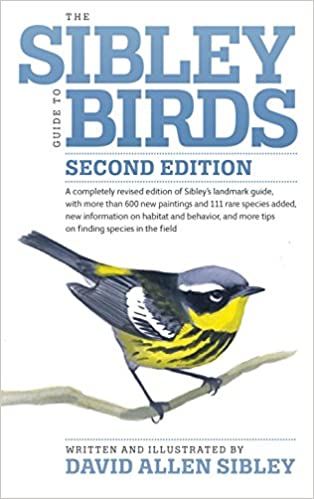
- This comprehensive guide features detailed illustrations, range maps, and descriptions of more than 800 North American bird species. It is widely regarded as one of the best bird guides available, thanks to its user-friendly layout and the author’s expertise as an ornithologist and illustrator.
#2. National Geographic Field Guide to the Birds of North America
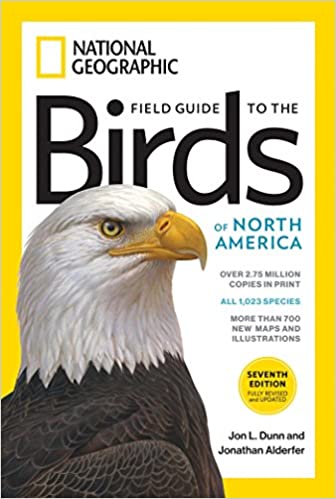
- This popular field guide is known for its beautiful illustrations, accurate range maps, and detailed species accounts. It covers over 1,000 bird species found in North America, making it an excellent resource for birdwatchers of all skill levels.
#3. Peterson Field Guide to Birds of North America by Roger Tory Peterson
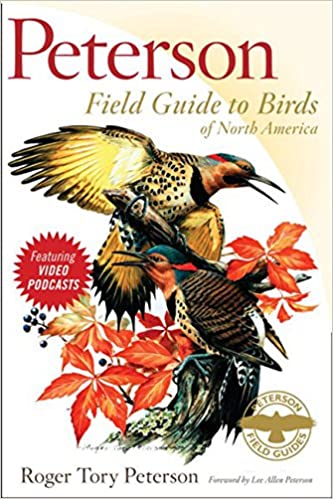
- This classic guide has been a favorite among birdwatchers for decades. It features the innovative Peterson Identification System, which highlights key field marks to help you quickly and accurately identify birds. The guide covers more than 800 bird species found in North America.
#4. The Stokes Field Guide to the Birds of North America by Donald and Lillian Stokes
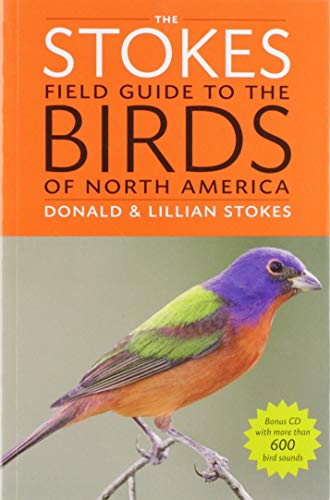
- This comprehensive guide features stunning photographs, detailed species accounts, and range maps for over 850 North American bird species. The Stokes Field Guide is an excellent choice for birdwatchers who prefer photographs over illustrations.
#5. Collins Bird Guide: The Most Complete Guide to the Birds of Britain and Europe by Lars Svensson, Killian Mullarney, and Dan Zetterström
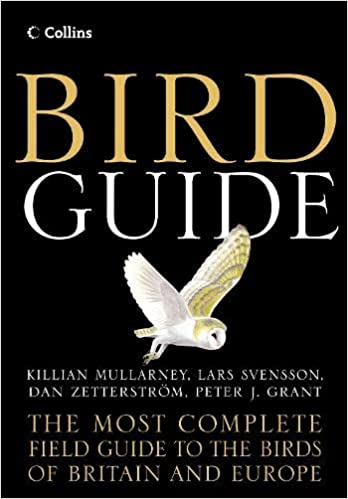
- For birdwatchers in Europe, the Collins Bird Guide is an essential resource. It covers over 900 bird species found in Europe, with detailed illustrations, distribution maps, and descriptions of each species’ appearance, voice, and habits.
#6. Field Guide to the Birds of Australia by Ken Simpson and Nicolas Day
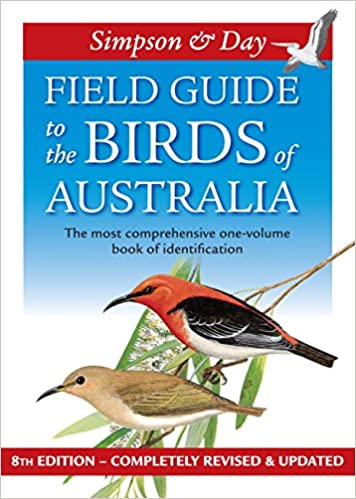
- This comprehensive guide is an essential resource for birdwatchers in Australia. It covers more than 750 bird species found in the country, featuring beautiful illustrations, informative species accounts, and distribution maps.
Birdwatching Apps and Resources
In addition to field guides, there are numerous birdwatching apps and online resources that can help you identify and learn more about birds, track your sightings, and connect with other birdwatchers. Here are some highly recommended birdwatching apps and resources:
- eBird is a global database of bird observations managed by the Cornell Lab of Ornithology. The platform allows you to submit your sightings, explore bird data from around the world, and find local hotspots for birdwatching. The eBird app also offers real-time tracking and recording of your observations.
- Developed by the Cornell Lab of Ornithology, Merlin Bird ID is an easy-to-use app that helps you identify birds through a series of questions about the bird’s appearance, size, and behavior. The app covers over 6,000 bird species worldwide and offers photos, sounds, and range maps for each species.
- This free app from the National Audubon Society offers detailed information on over 800 North American bird species, including photos, bird calls, and range maps. It also features a powerful search tool to help you identify birds based on appearance, location, and behavior.
- iNaturalist is a community-driven platform for recording and sharing biodiversity observations, including birds. The app allows you to upload photos of birds, receive identification help from experts, and contribute to citizen science projects.
- BirdNET is an app developed by the Cornell Lab of Ornithology and Chemnitz University of Technology, which uses artificial intelligence to identify bird songs and calls. Simply record a bird sound, and the app will analyze the recording and provide a likely identification.
- BirdsEye
- BirdsEye is a bird-finding app that helps you discover local birding hotspots and locate specific bird species. It uses data from eBird and features a comprehensive collection of bird images, audio recordings, and range maps.
- Xeno-canto is an online repository of bird songs and calls from around the world. It features a vast collection of audio recordings, which can be an invaluable resource for learning to identify birds by their vocalizations.
These birdwatching apps and resources can enhance your birdwatching experience by providing additional tools and information for identifying birds, tracking your sightings, and connecting with fellow bird enthusiasts. By combining traditional field guides with digital tools, you can expand your knowledge and improve your birdwatching skills.
Joining Local Birdwatching Clubs or Online Communities
Becoming a member of a local birdwatching club or joining online birdwatching communities can significantly enhance your birdwatching experience. These groups offer a wealth of knowledge, resources, and opportunities for social interaction with fellow bird enthusiasts. Here’s why joining local birdwatching clubs or online communities is a great idea:
- Learn from experienced birdwatchers: Interacting with seasoned birdwatchers can help you develop your bird identification skills, learn about local bird species and habitats, and discover the best birdwatching spots in your area. Club members and online community members are often eager to share their expertise and answer questions.
- Participate in group outings and events: Many birdwatching clubs organize regular outings to local hotspots, where you can enjoy birdwatching in the company of like-minded individuals. Some clubs also arrange special events, such as guest lectures, workshops, and bird-related presentations, which can further enrich your birdwatching experience.
- Contribute to citizen science and conservation efforts: Birdwatching clubs and online communities often participate in citizen science projects, such as bird counts, breeding bird surveys, and habitat restoration efforts. By joining these groups, you can contribute to the conservation of birds and their habitats, while also enhancing your birdwatching skills.
- Networking and friendship: Joining a birdwatching club or online community offers opportunities to connect with people who share your passion for birds. These connections can lead to lasting friendships, as well as valuable networking opportunities within the birdwatching community.
- Stay informed about the latest bird news and sightings: Birdwatching clubs and online communities often share updates on rare bird sightings, migration patterns, and other bird-related news. By being a part of these groups, you can stay informed about the latest developments in the birdwatching world.
To find local birdwatching clubs, check the websites of national birdwatching organizations, such as the National Audubon Society or the American Birding Association, which often have directories of affiliated clubs. You can also search for local nature centers, wildlife refuges, or parks that may host birdwatching clubs.
For online communities, explore social media platforms, such as Facebook or Reddit, where you can find dedicated birdwatching groups. Additionally, websites like eBird, iNaturalist, and the Cornell Lab of Ornithology offer online forums and discussion groups for birdwatchers.
Joining local birdwatching clubs or online communities can greatly enhance your birdwatching experience by providing opportunities for learning, networking, and contributing to bird conservation efforts. By connecting with fellow bird enthusiasts, you can grow your knowledge, improve your skills, and make birdwatching a more fulfilling and enjoyable hobby.
Conclusion
In this article, we’ve explored the top 10 must-have binoculars for birdwatching enthusiasts, each offering unique features and benefits to cater to different preferences and needs. Here’s a quick recap of our top picks:
- The Lightweight Champion: Nikon Prostaff P7 8×30
- The High-Performance All-Rounder: Swarovski Optik EL 8.5×42
- The Budget-Friendly Option: Celestron Nature DX 8×42
- The Long-Distance Specialist: Vortex Optics Viper HD 12×50
- The Close-Focus Prodigy: Zeiss Victory SF 8×42
- The Rugged Adventurer: Leica Trinovid HD 10×42
- The Wide-Angle Wonder: Canon Image Stabilization III 10×42
- The Low-Light Virtuoso: Bushnell Trophy Xtreme 8×56 Binocular
- The Ergonomic Marvel: Vortex Optics Razor UHD 10×42
- The User-Friendly Beginner’s Choice: Bushnell H2O Waterproof/Fogproof 8×42
Investing in quality binoculars can significantly enhance your birdwatching experience, enabling you to observe and appreciate the beauty of birds in greater detail. By considering factors such as magnification, field of view, close focus distance, image quality, and durability, you can find the perfect pair of binoculars to suit your birdwatching needs.
We also discussed essential binocular accessories, tips for successful birdwatching, and the benefits of joining local birdwatching clubs or online communities. By equipping yourself with the right tools, knowledge, and support, you can make the most of your birdwatching adventures and enjoy the wonders of the avian world to the fullest.

